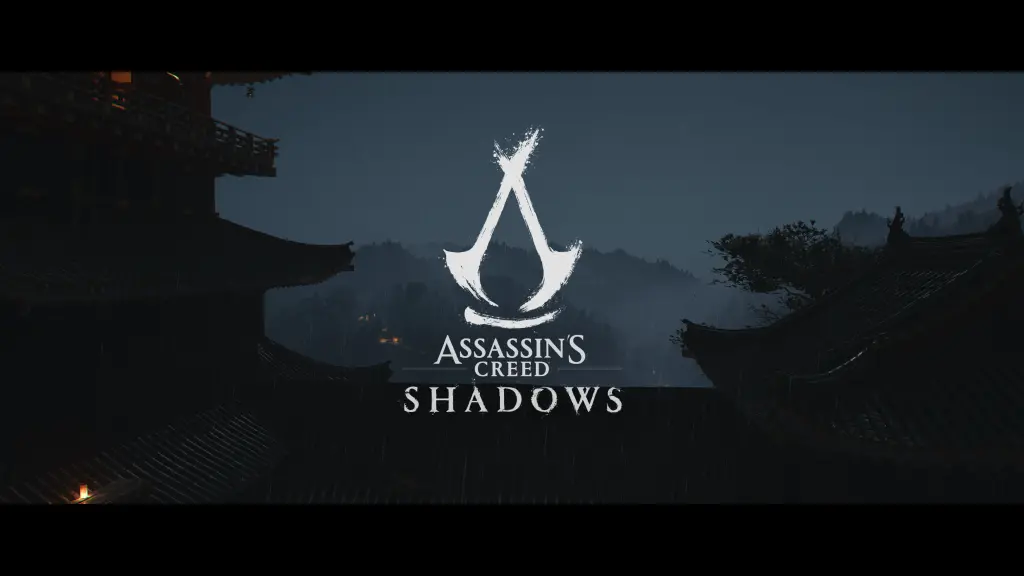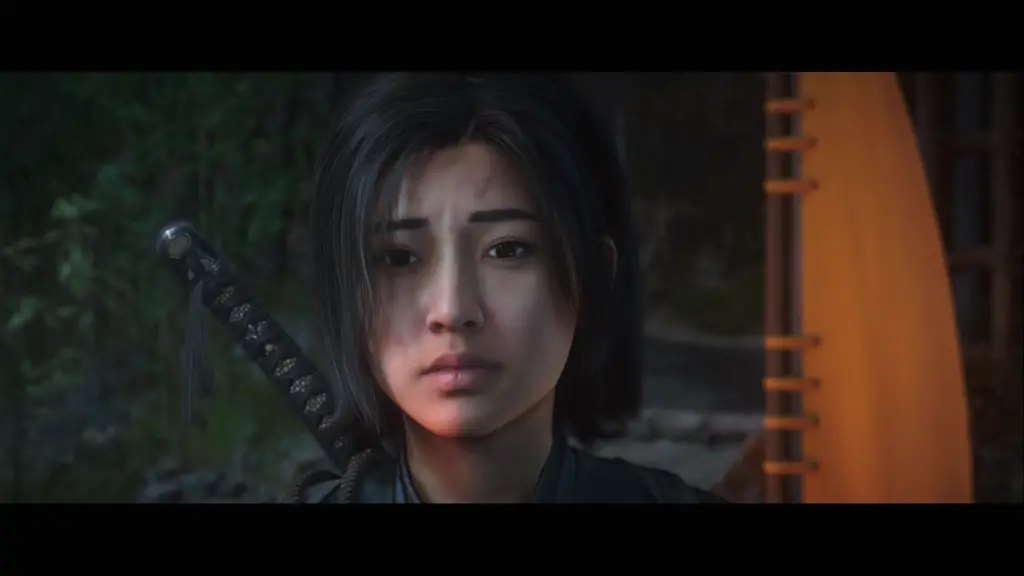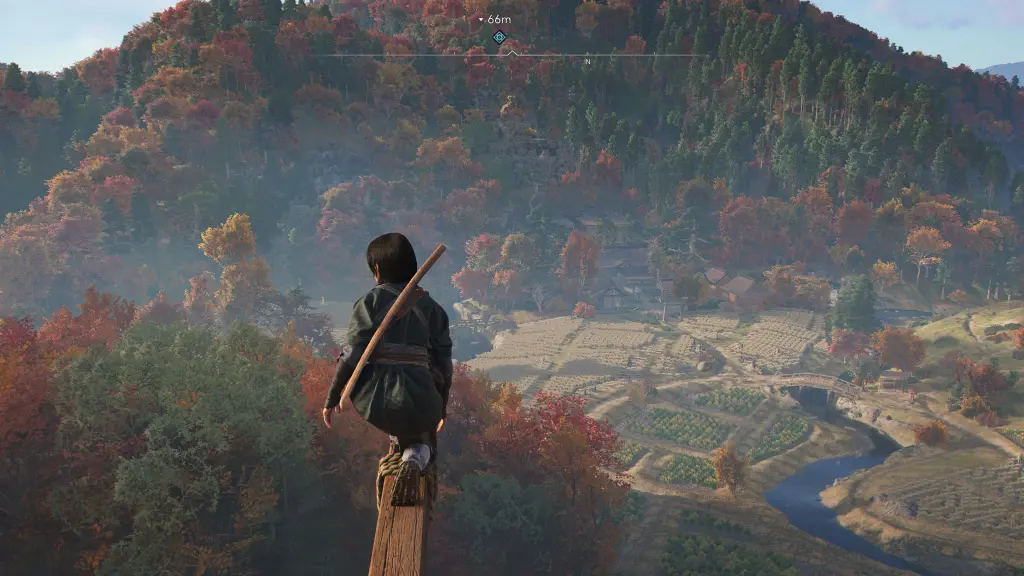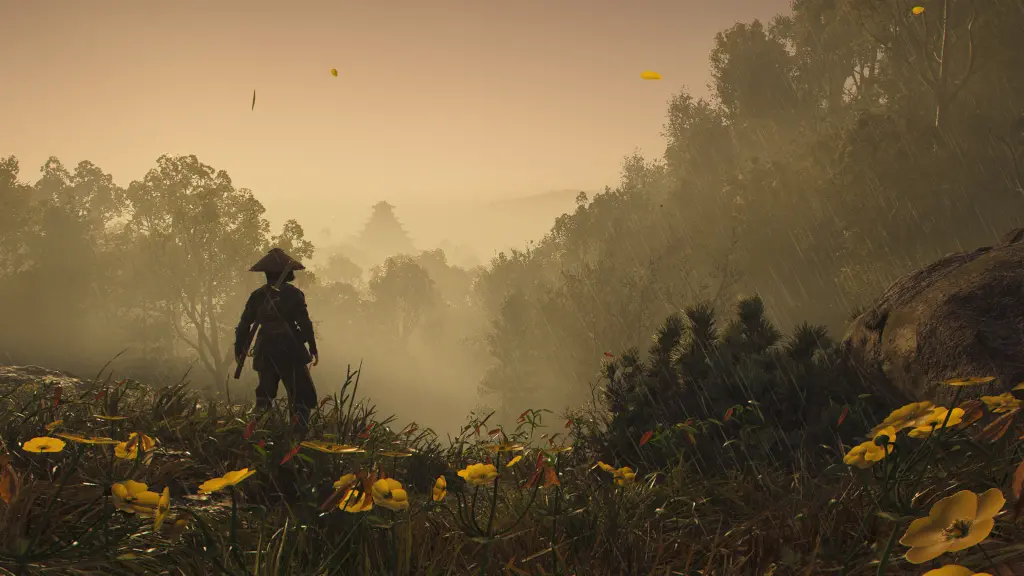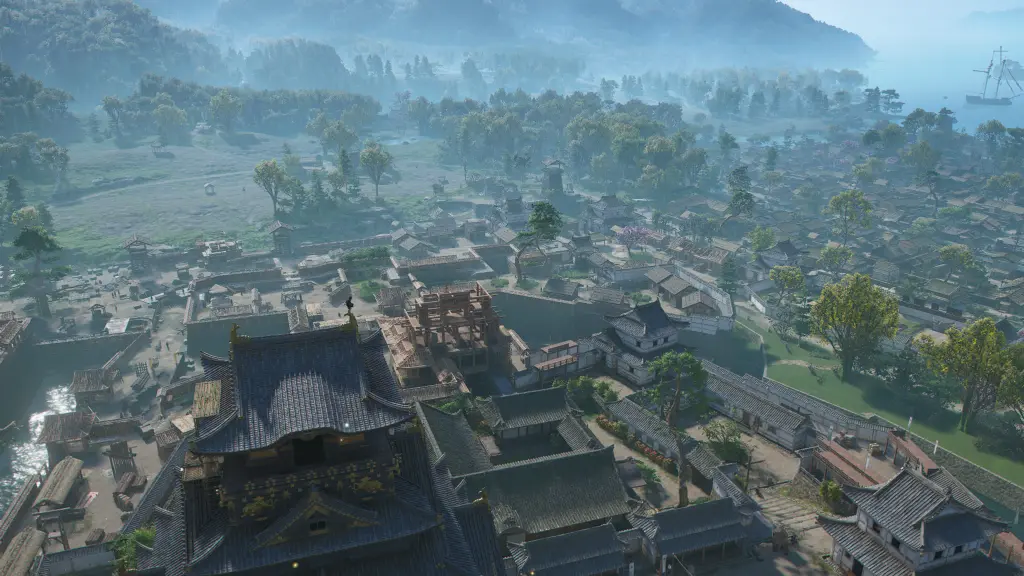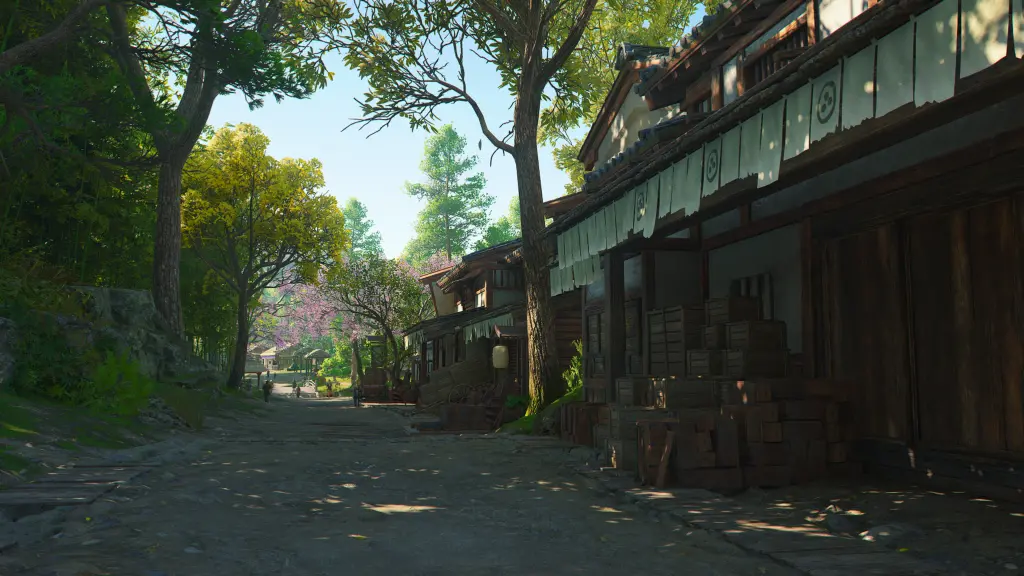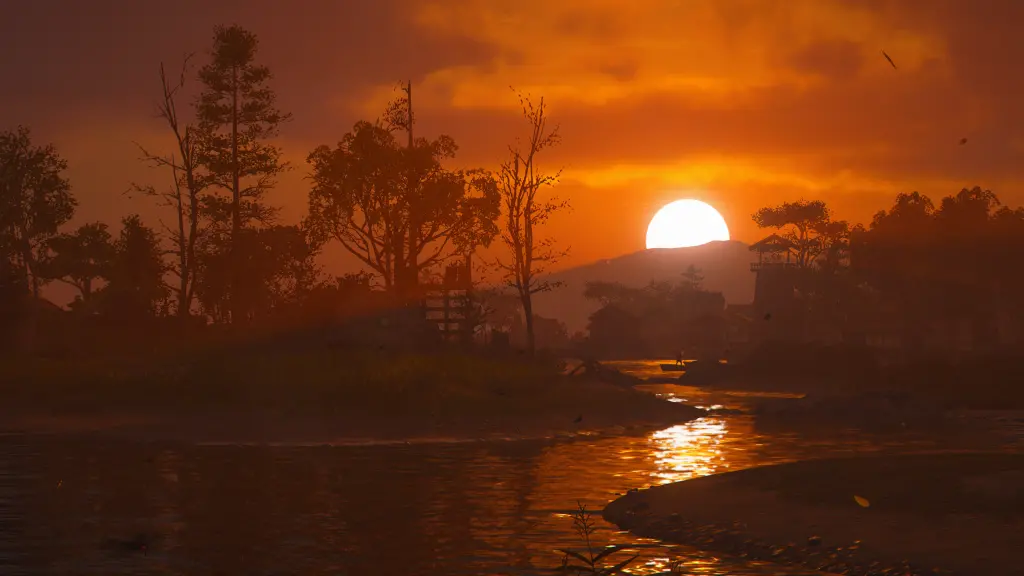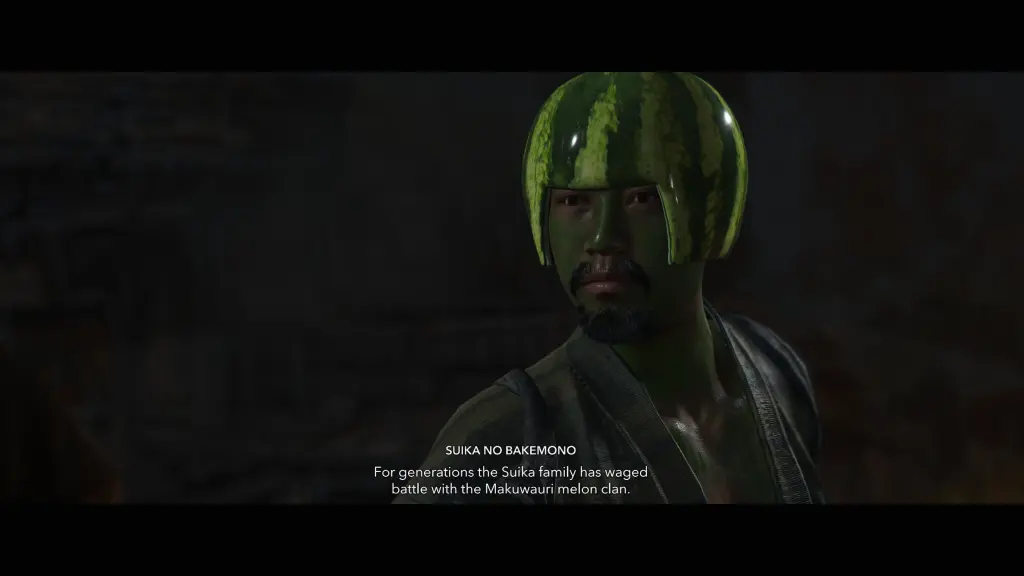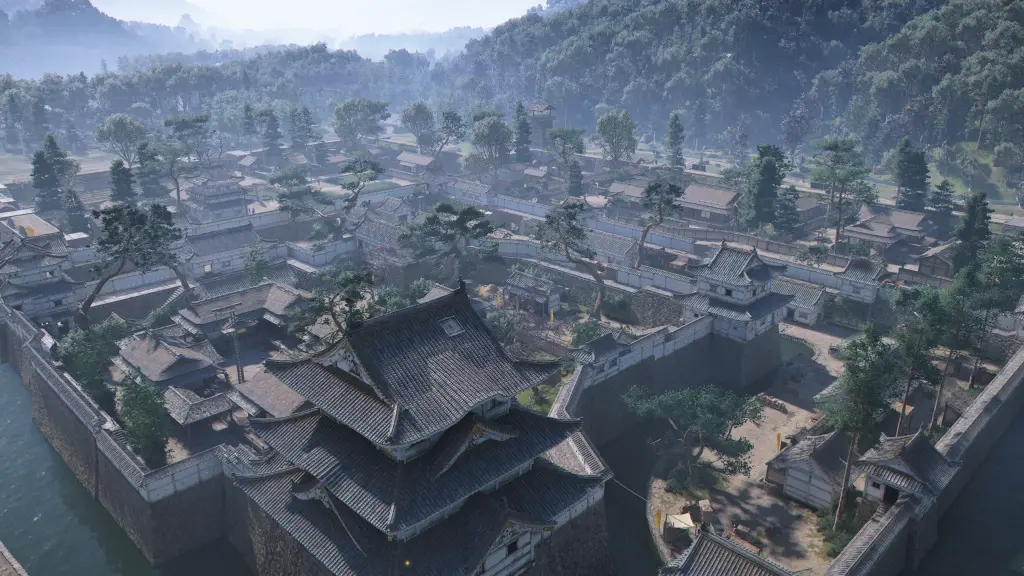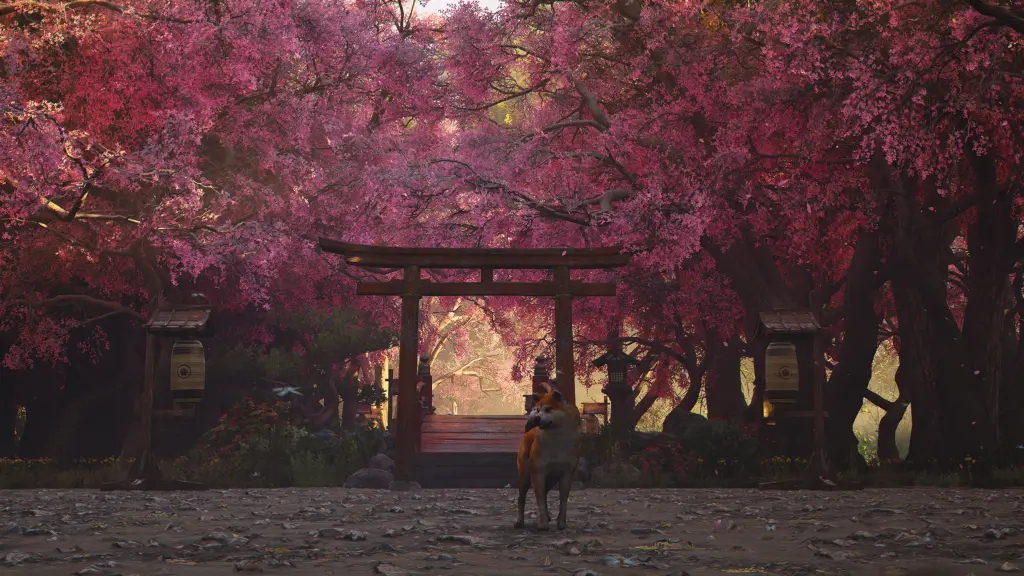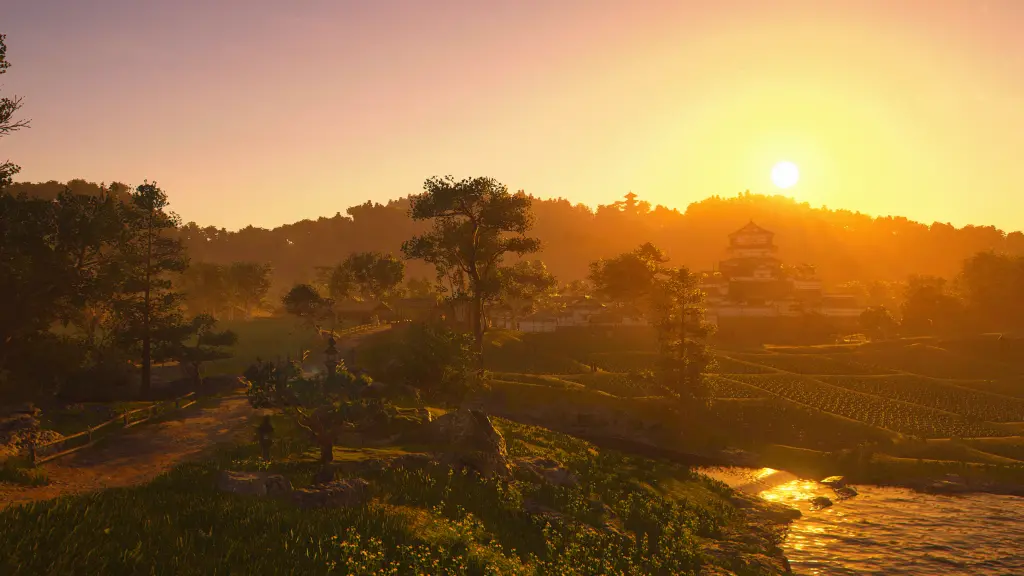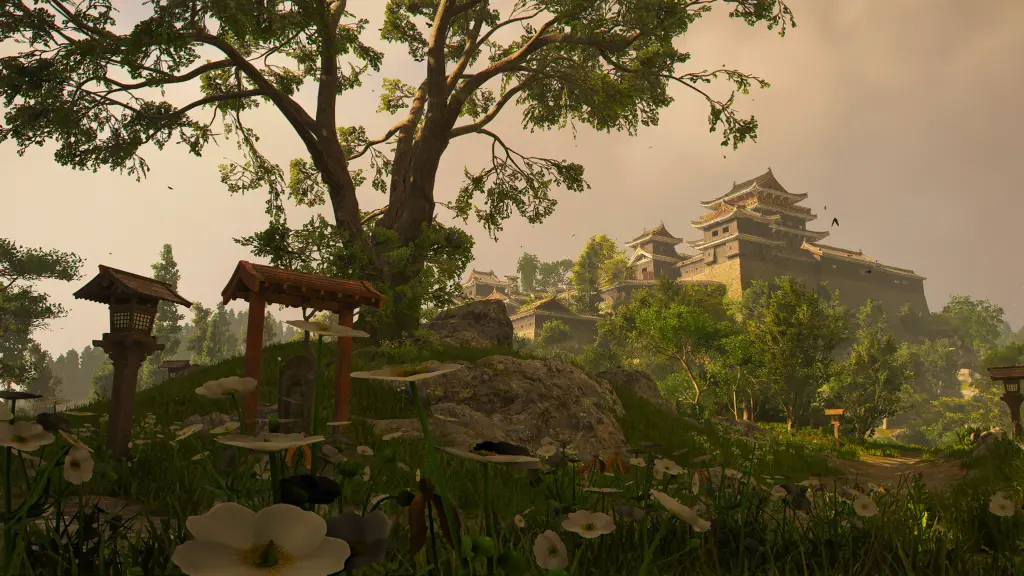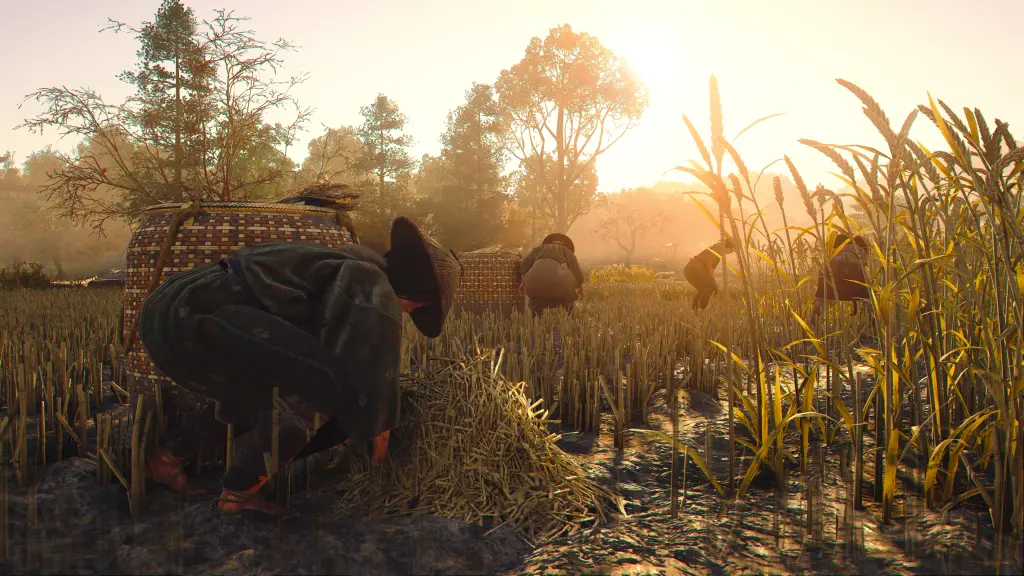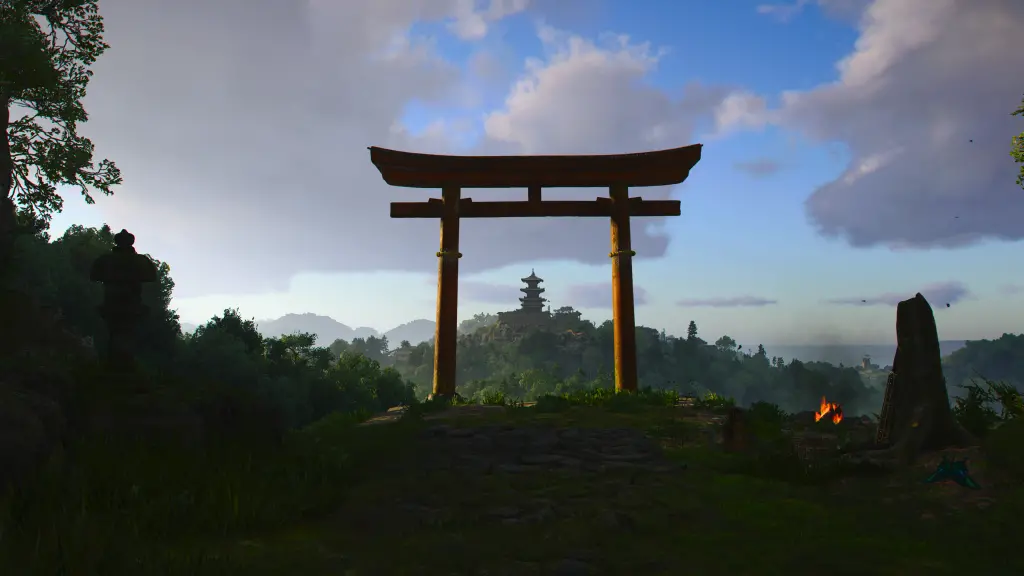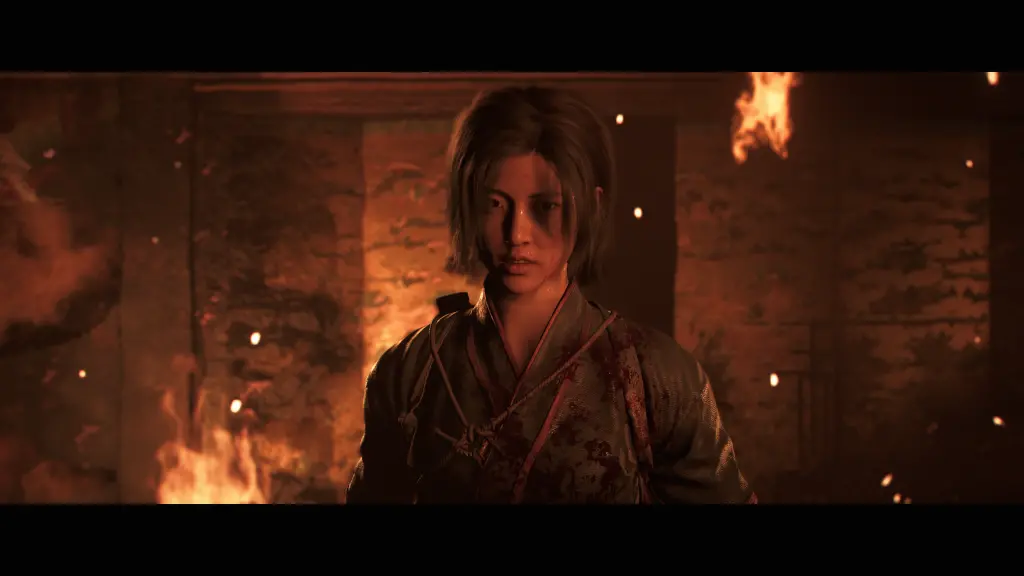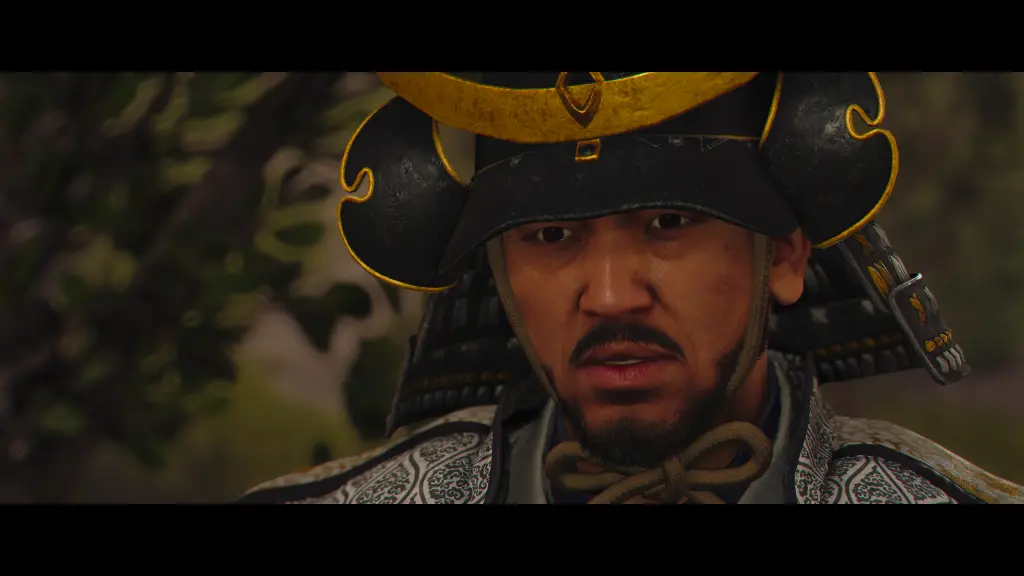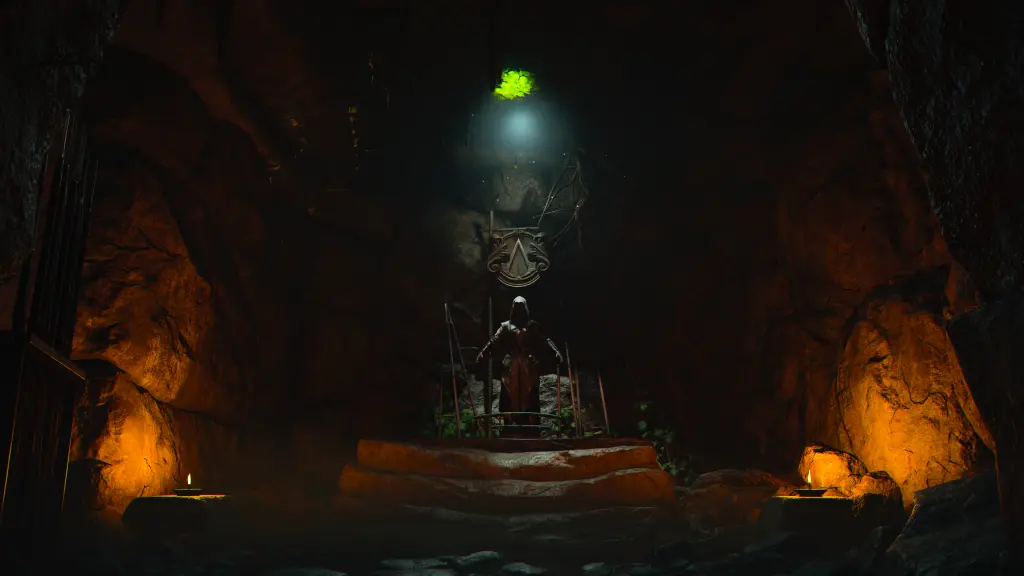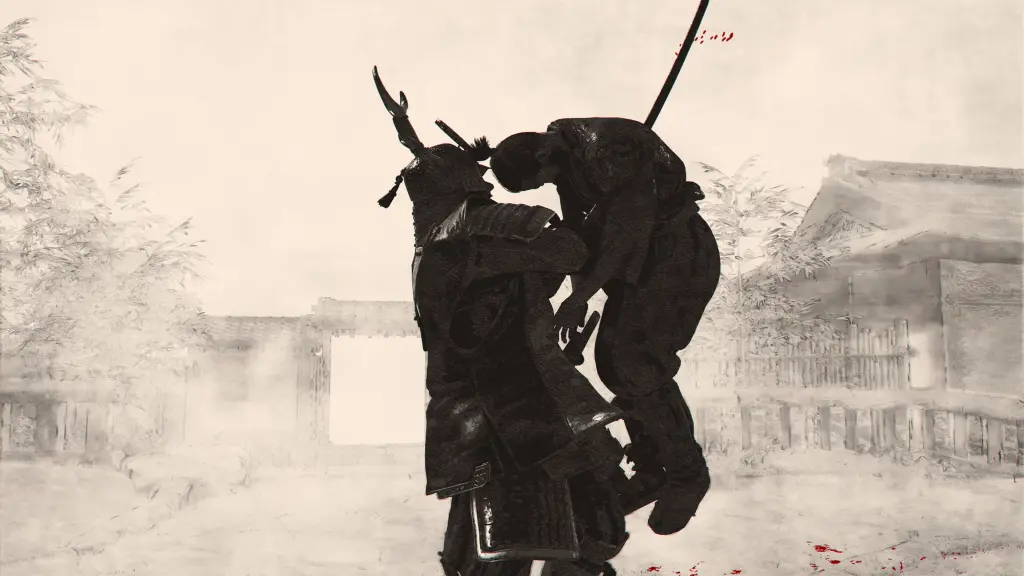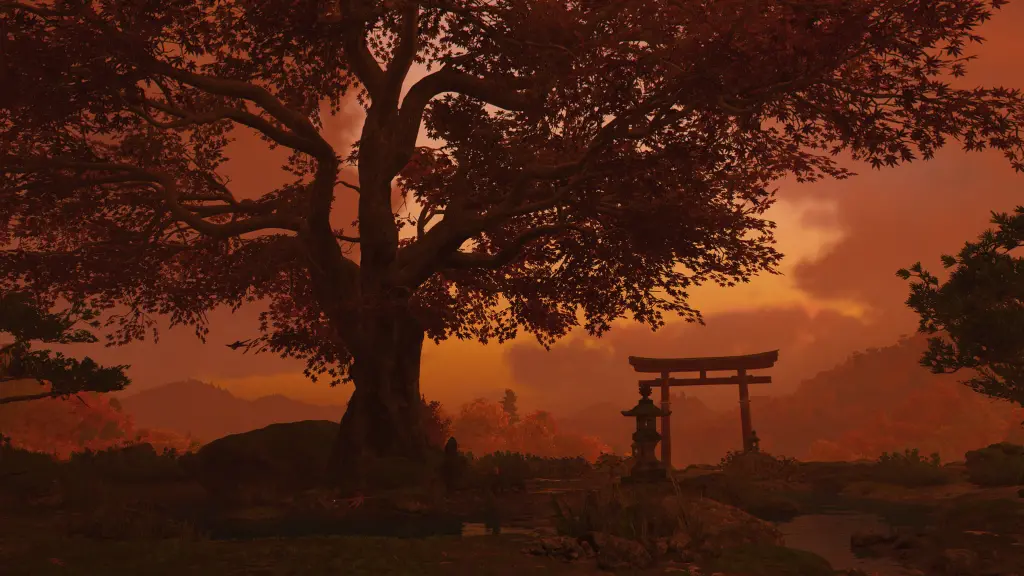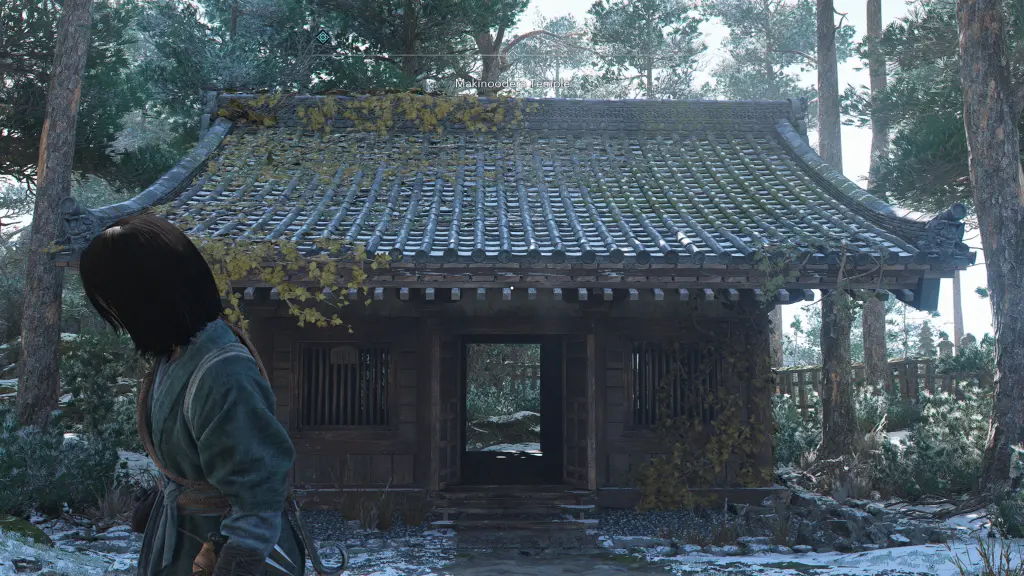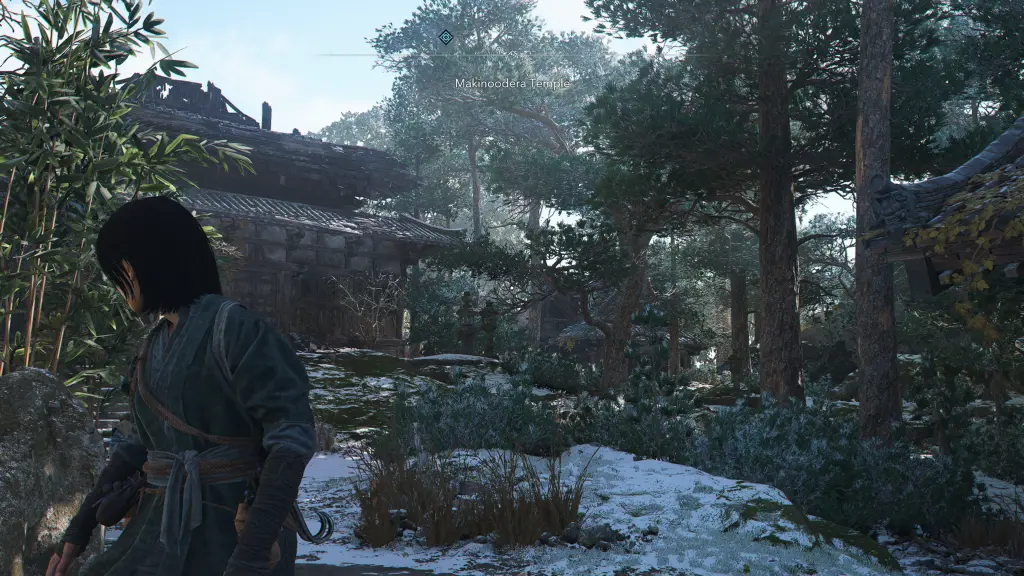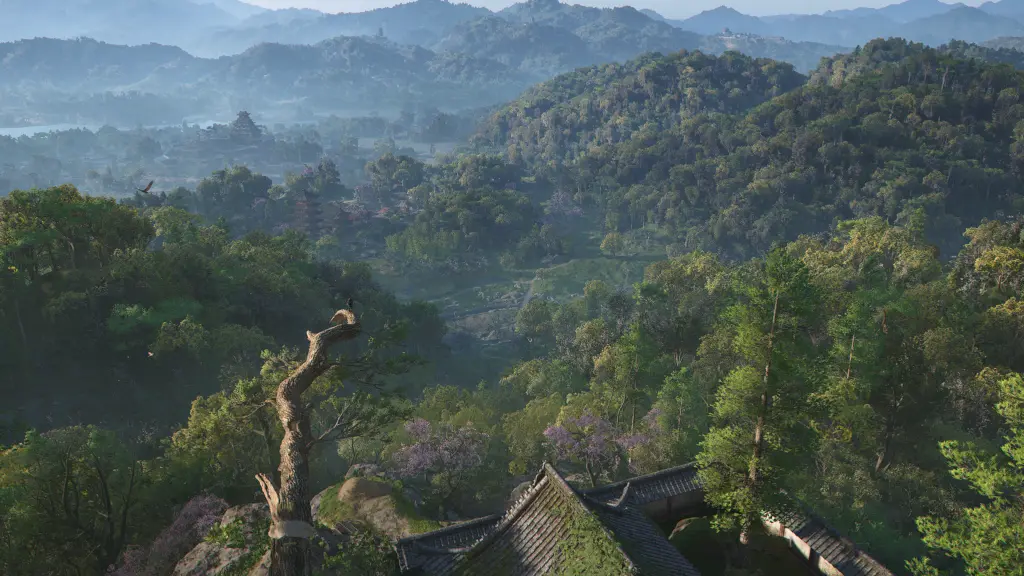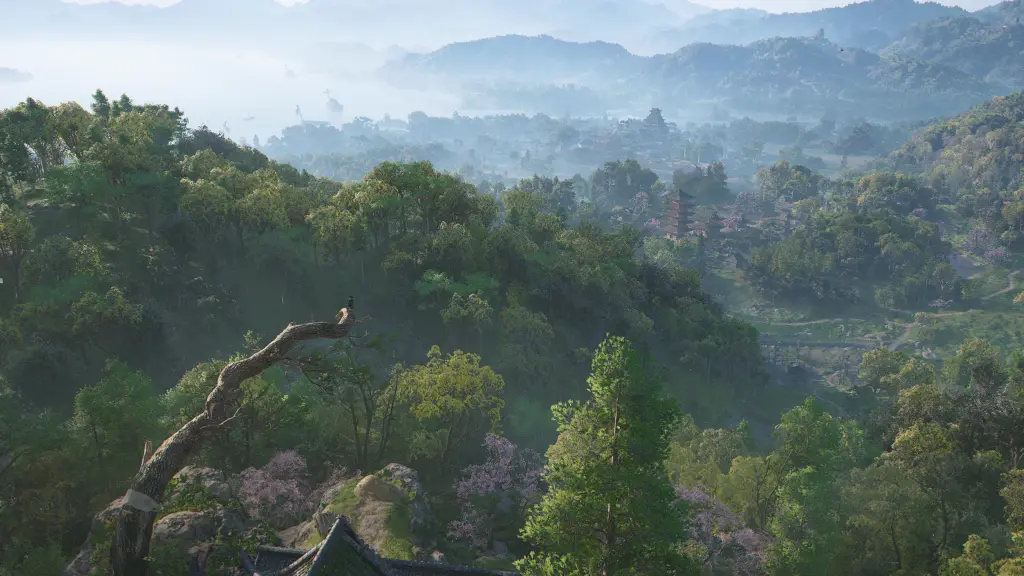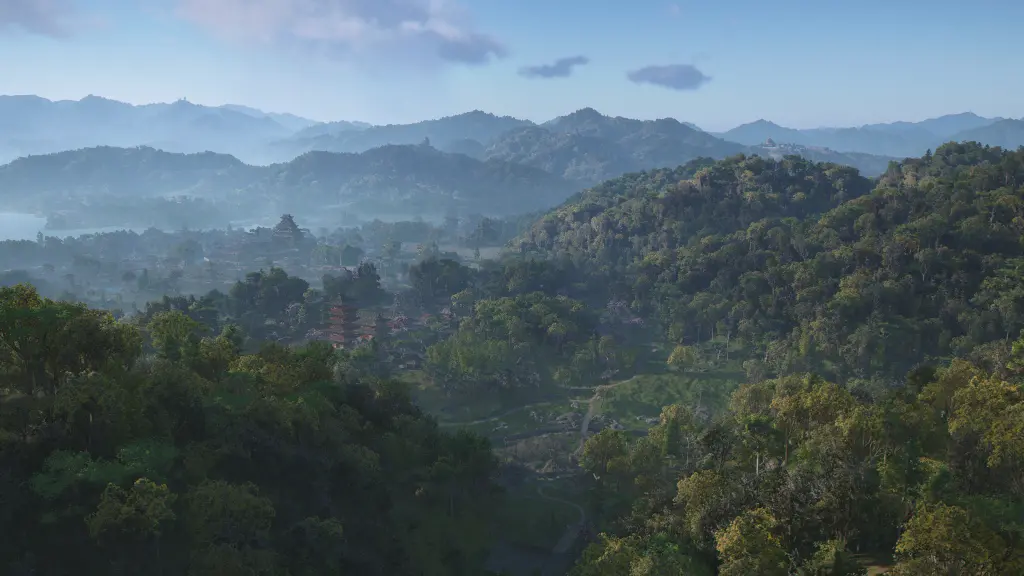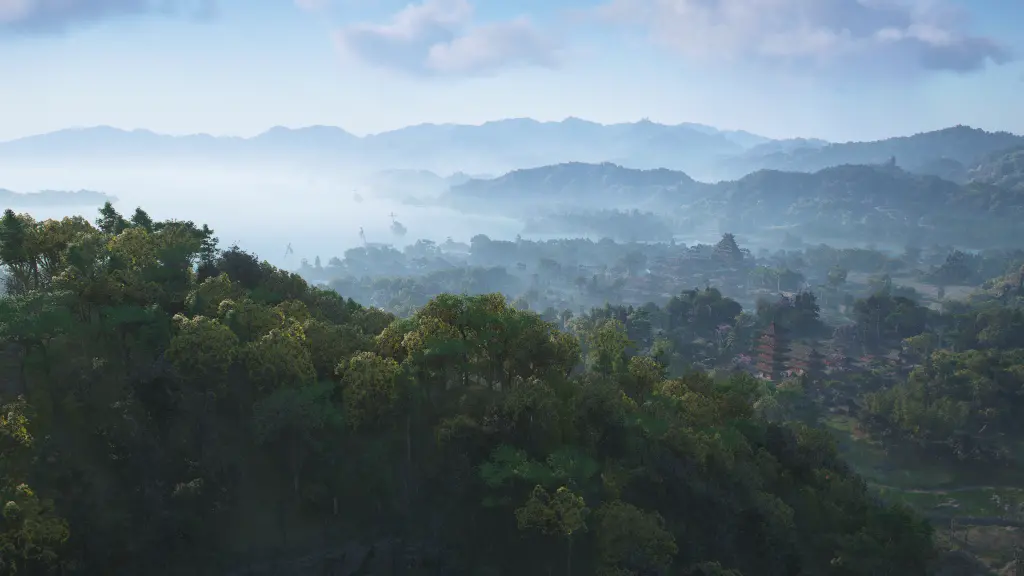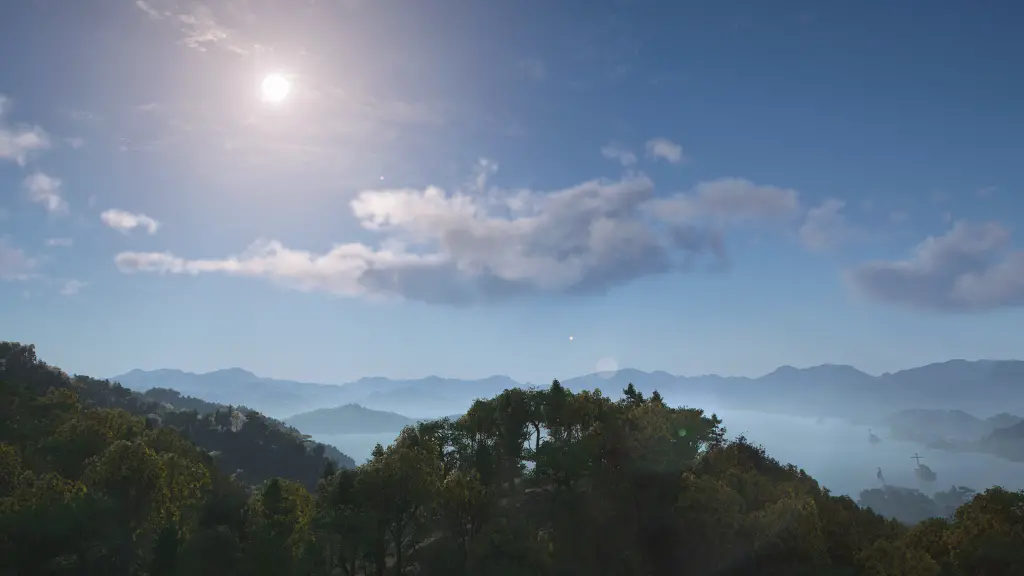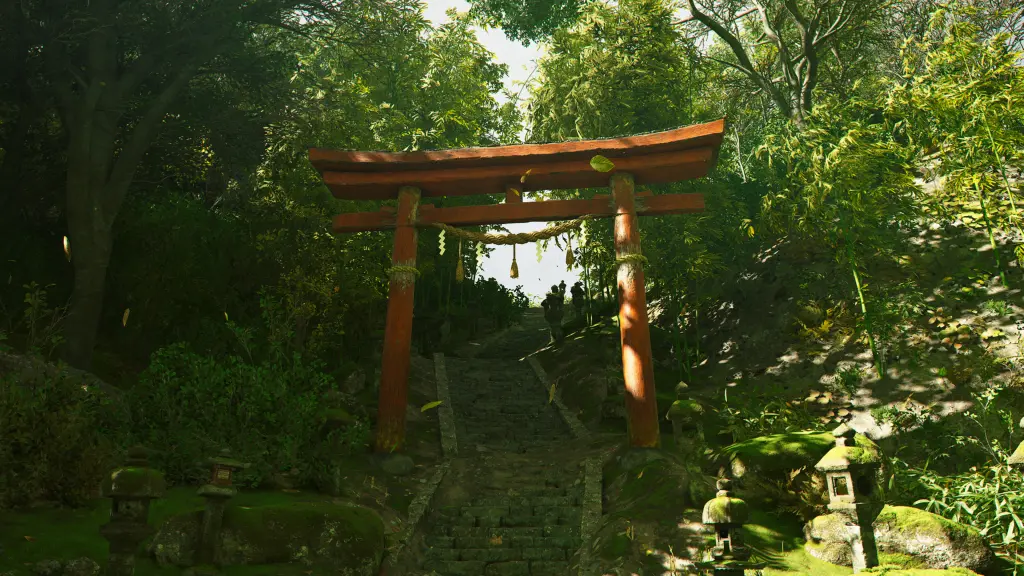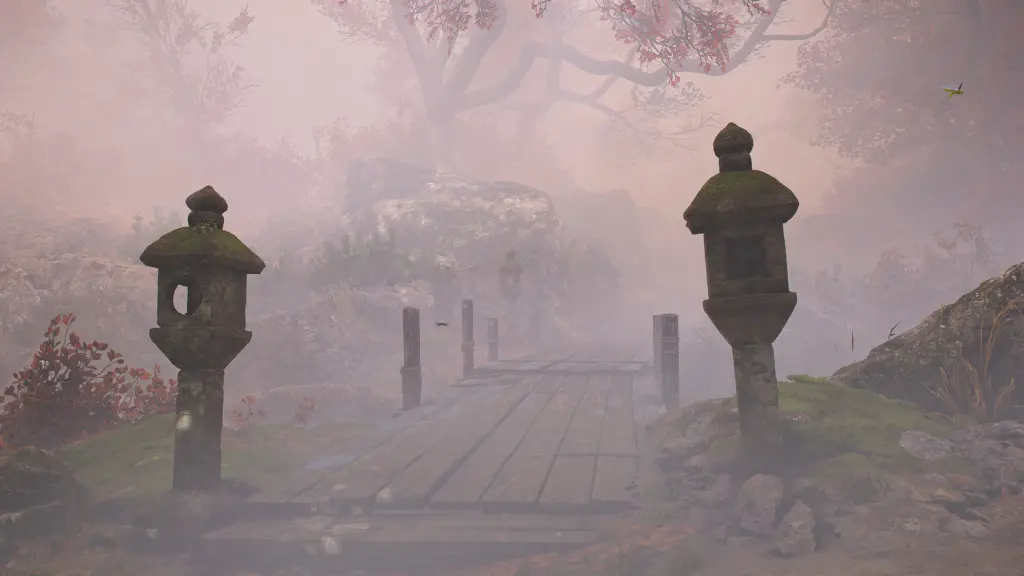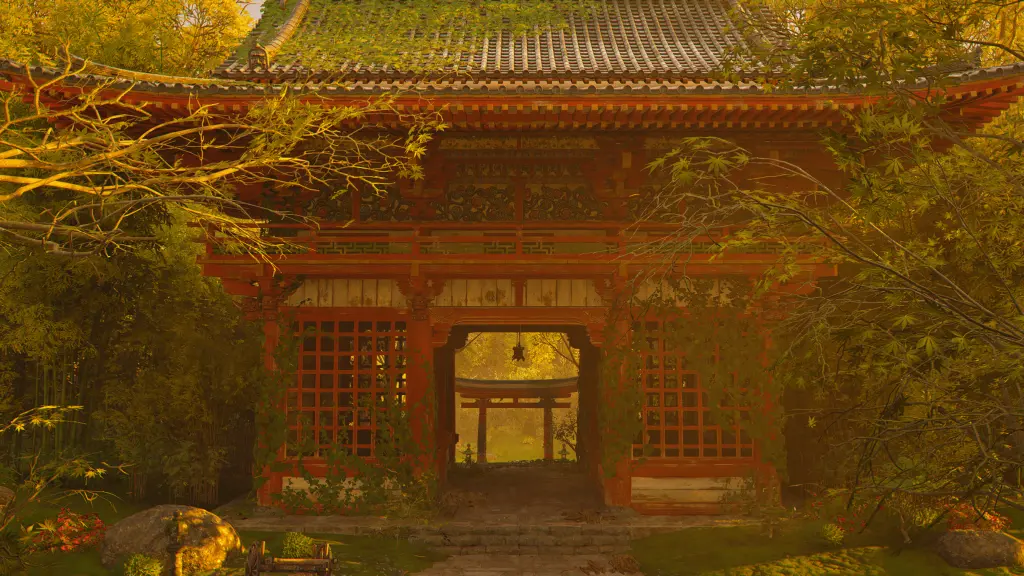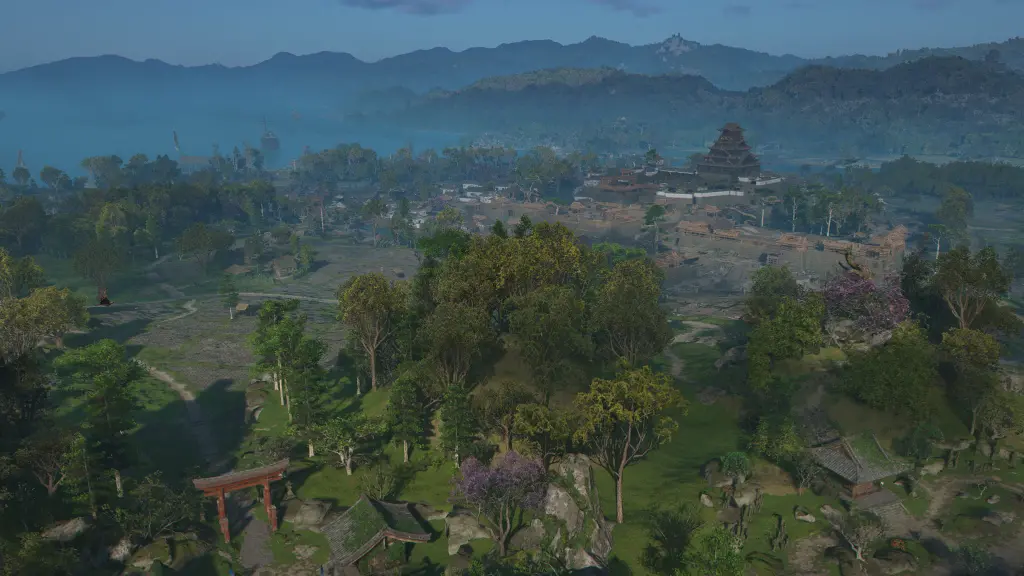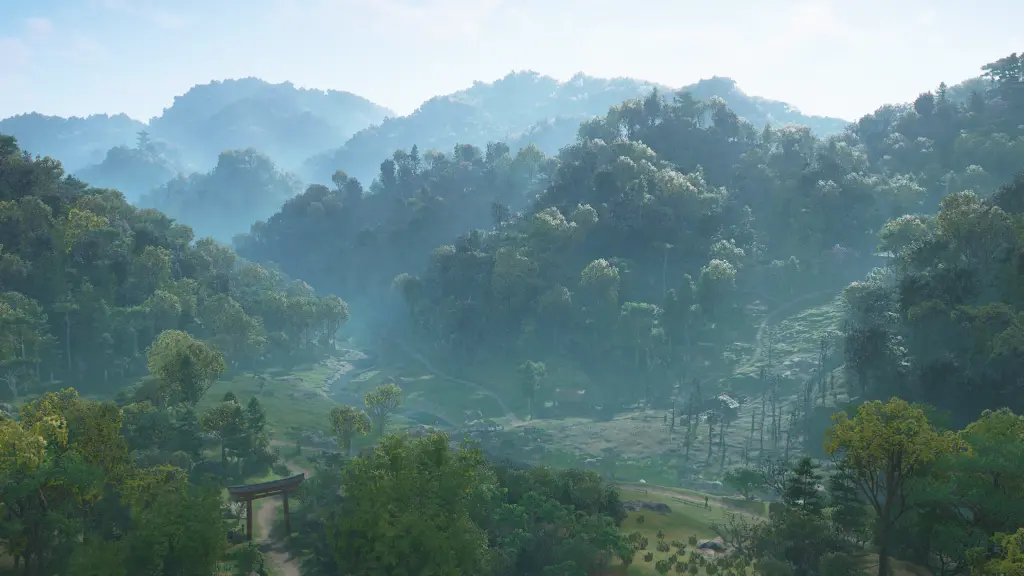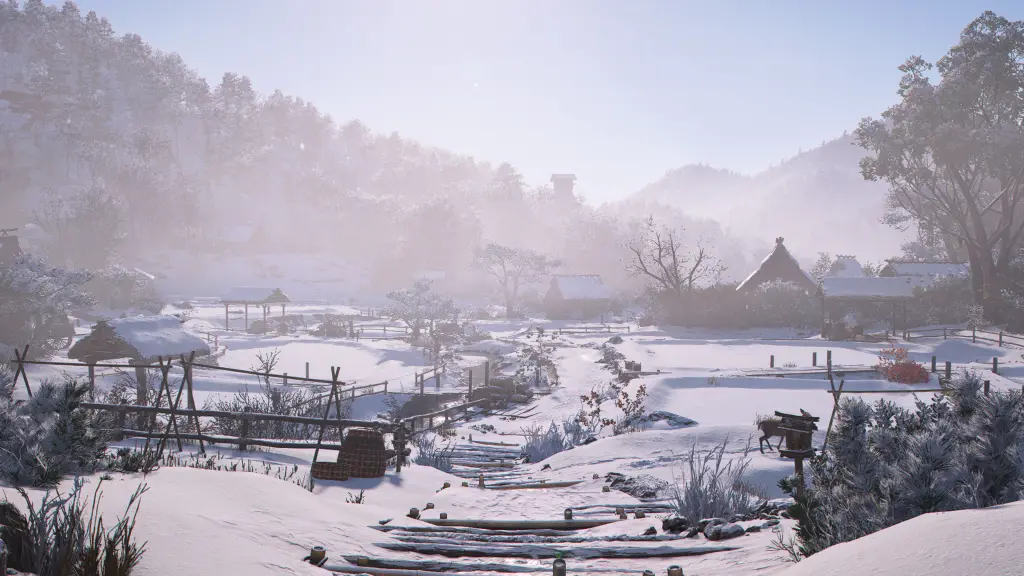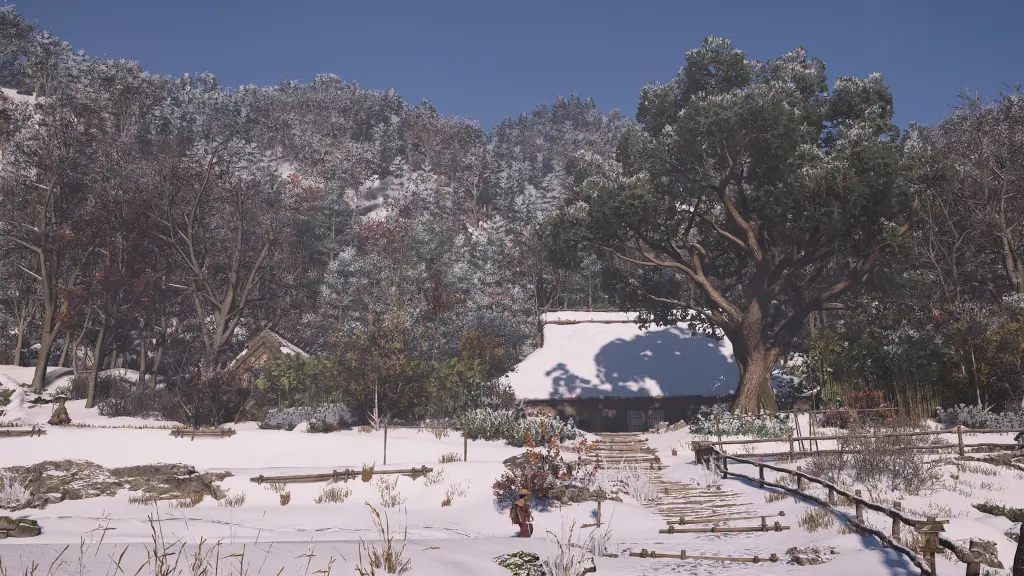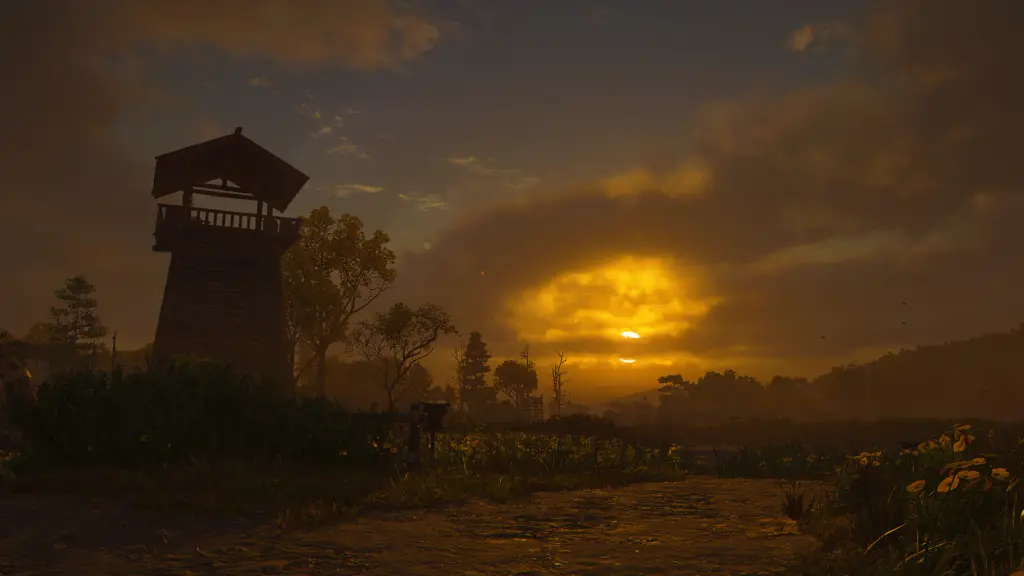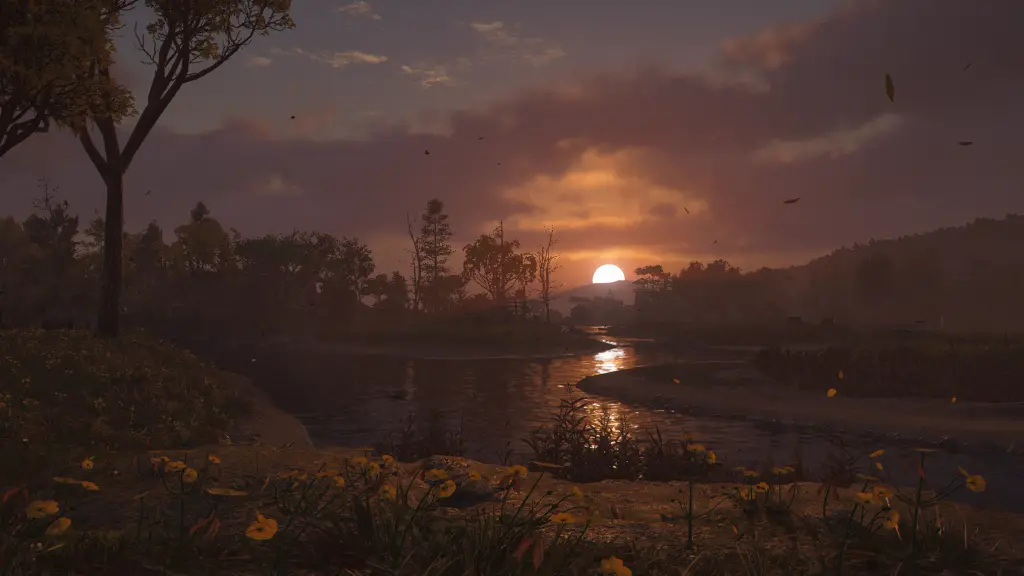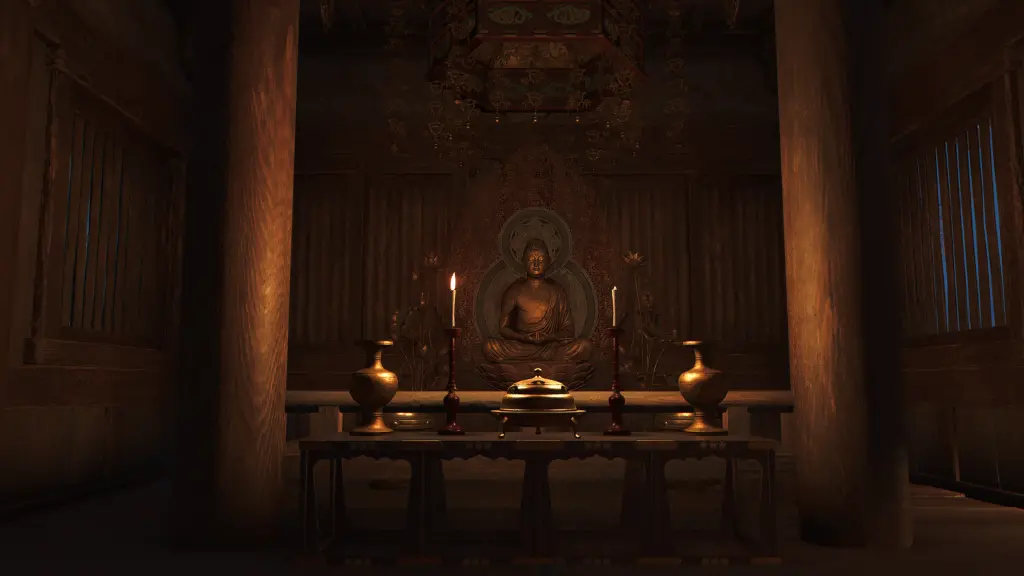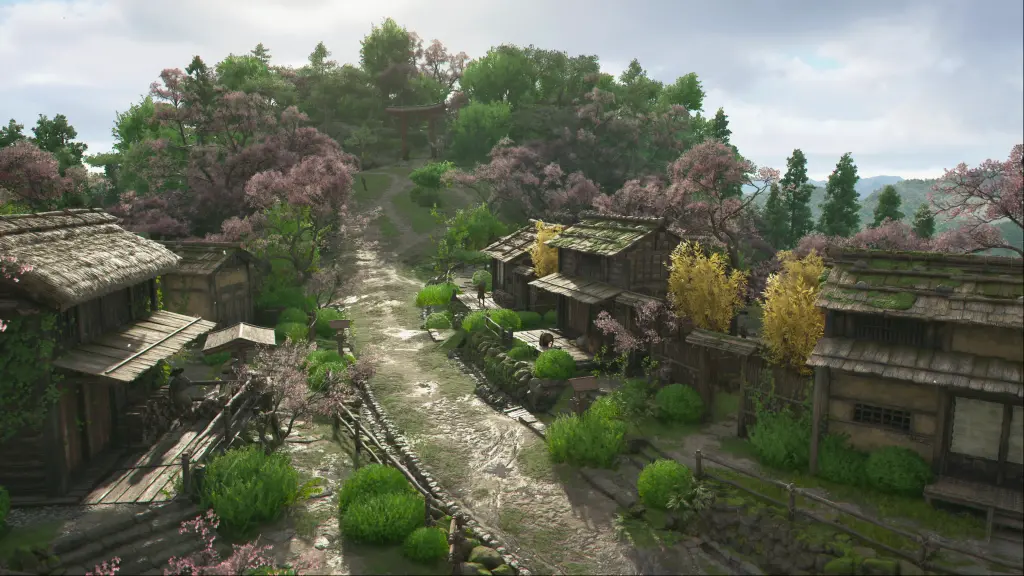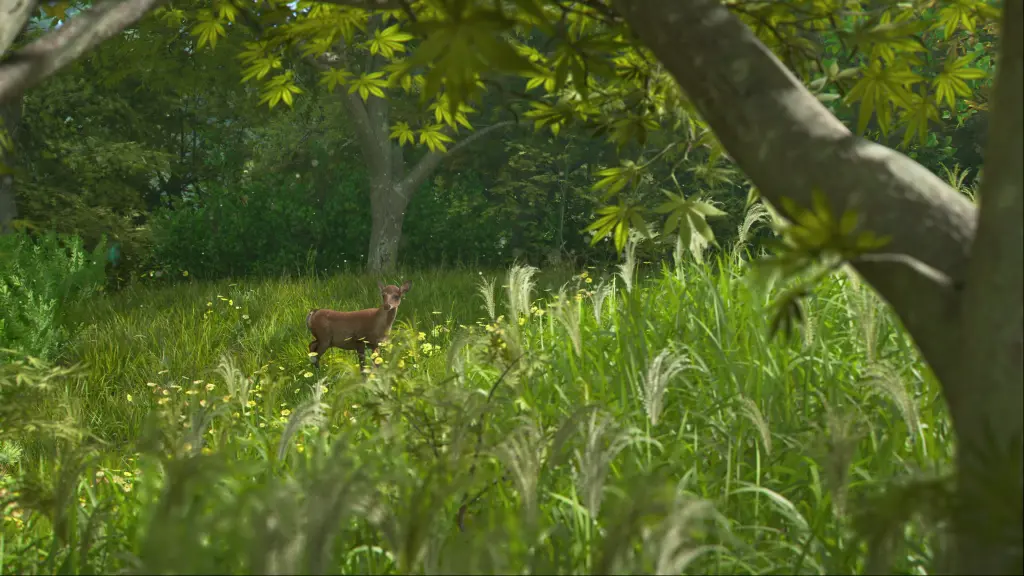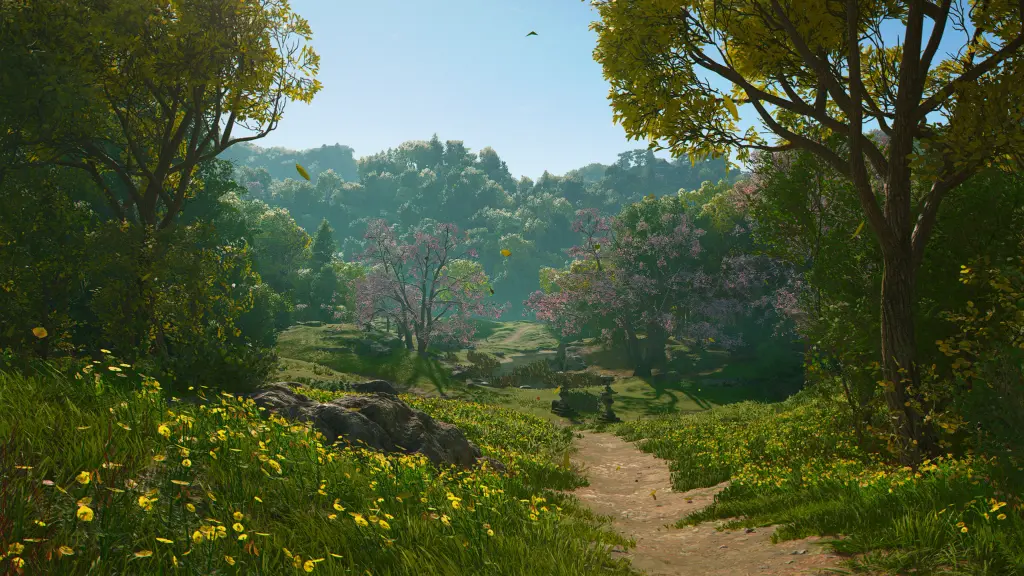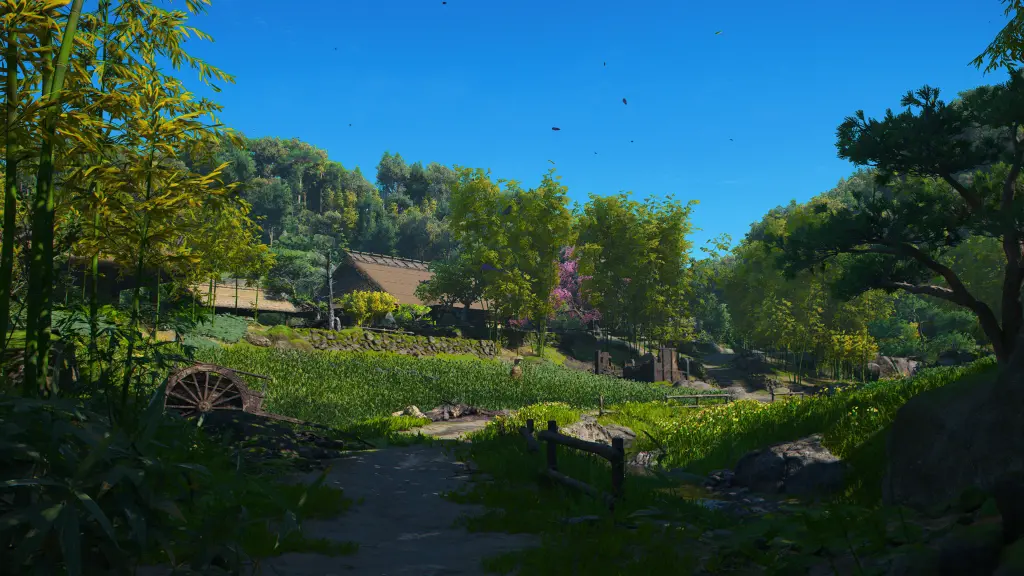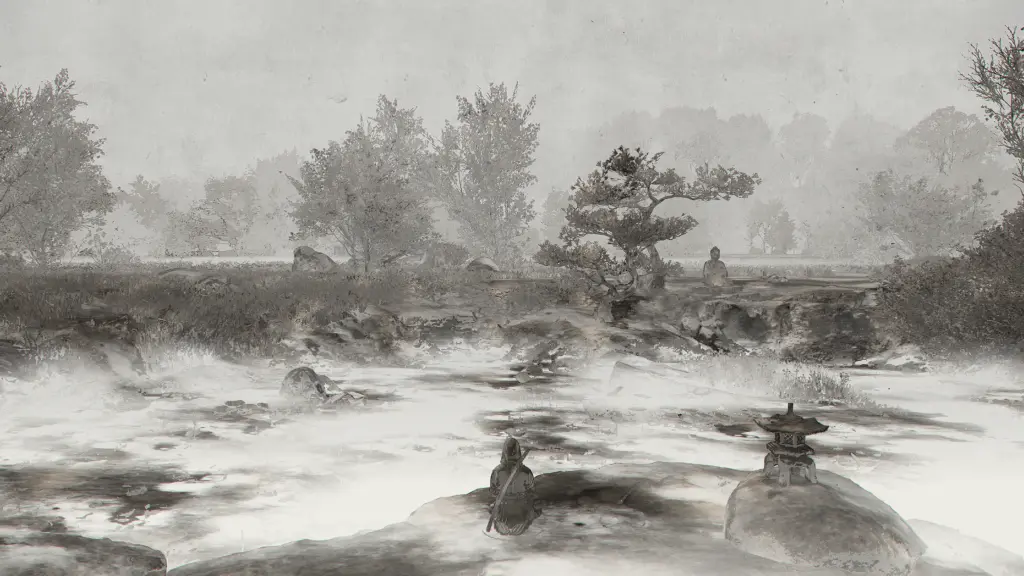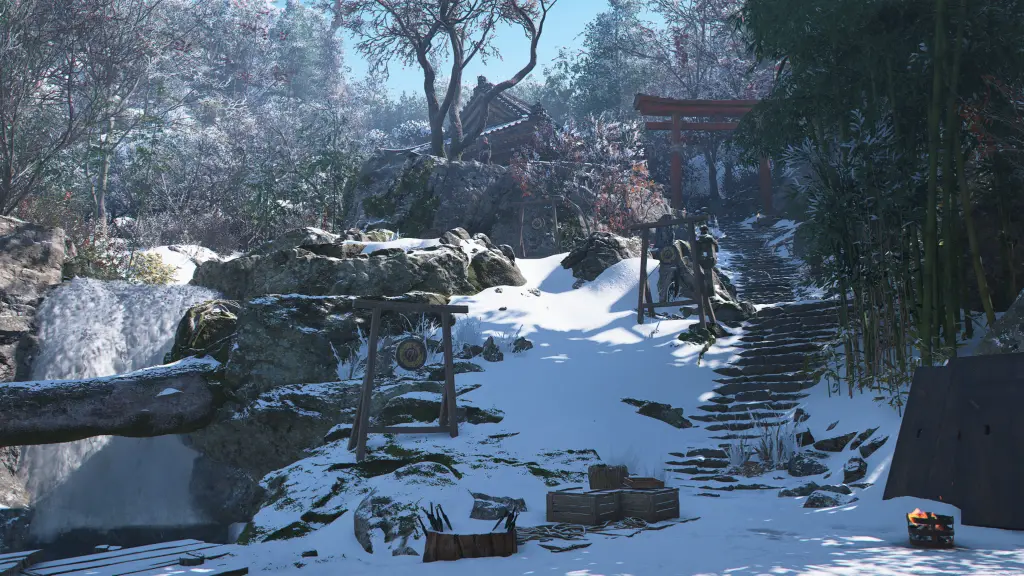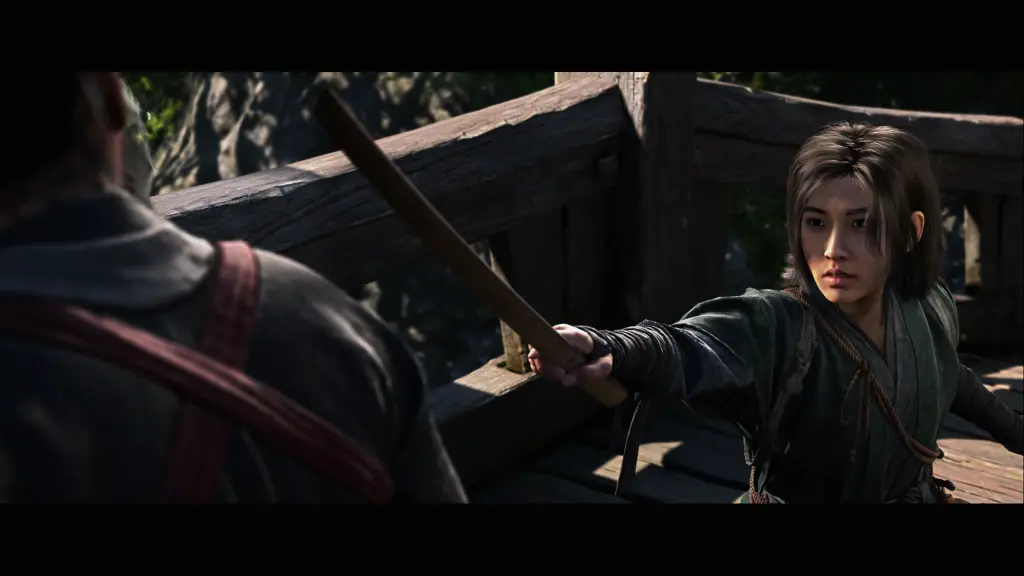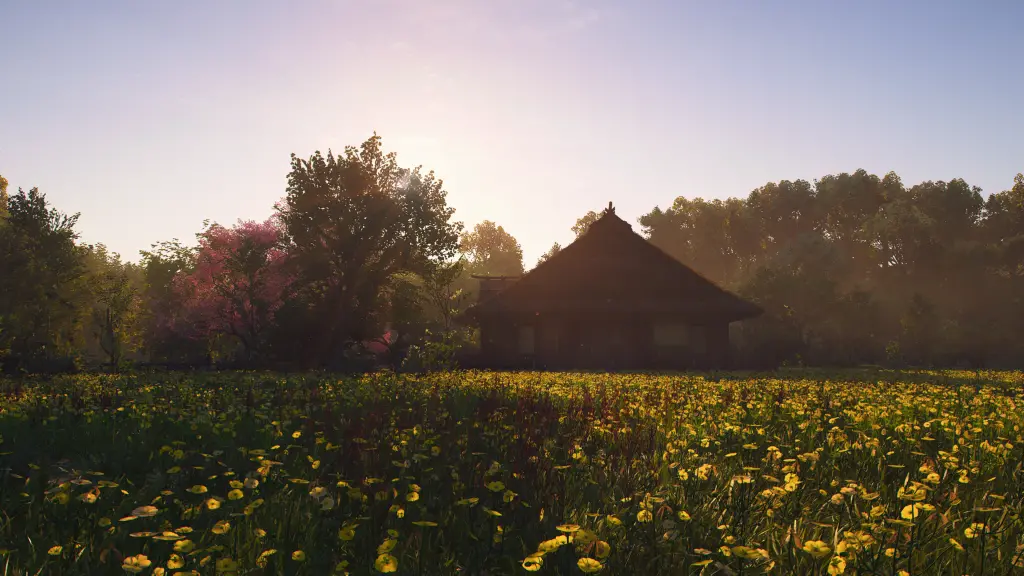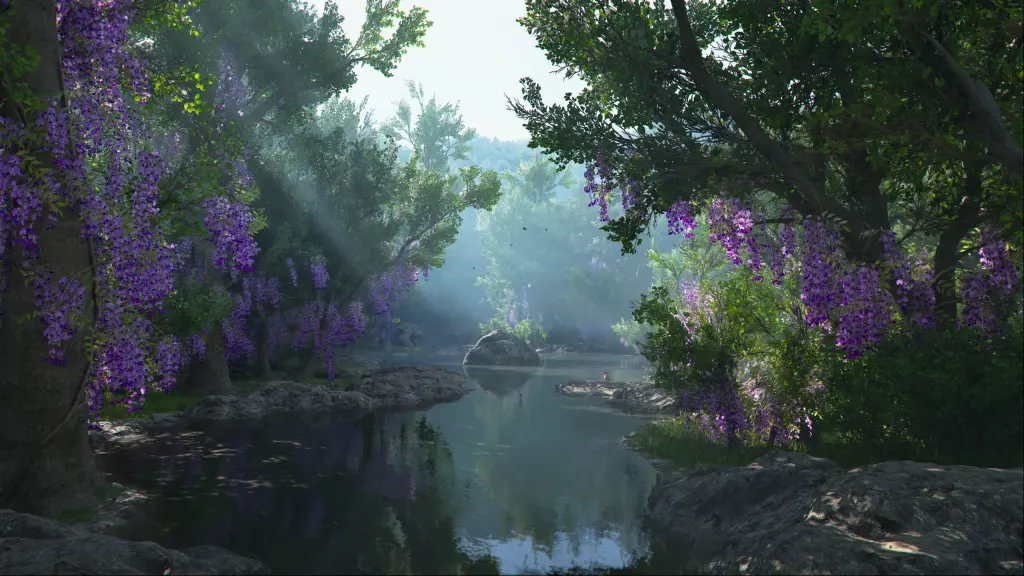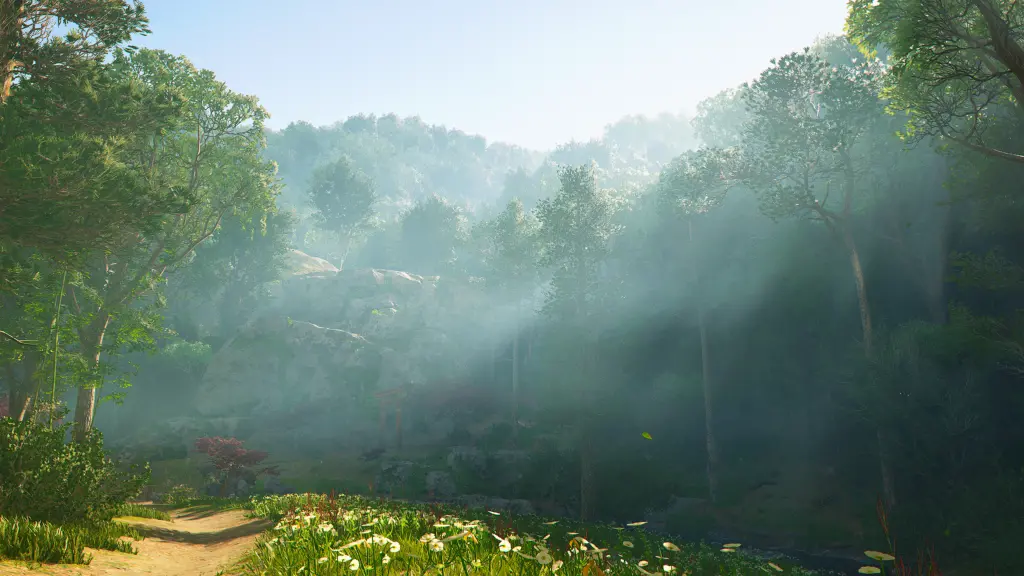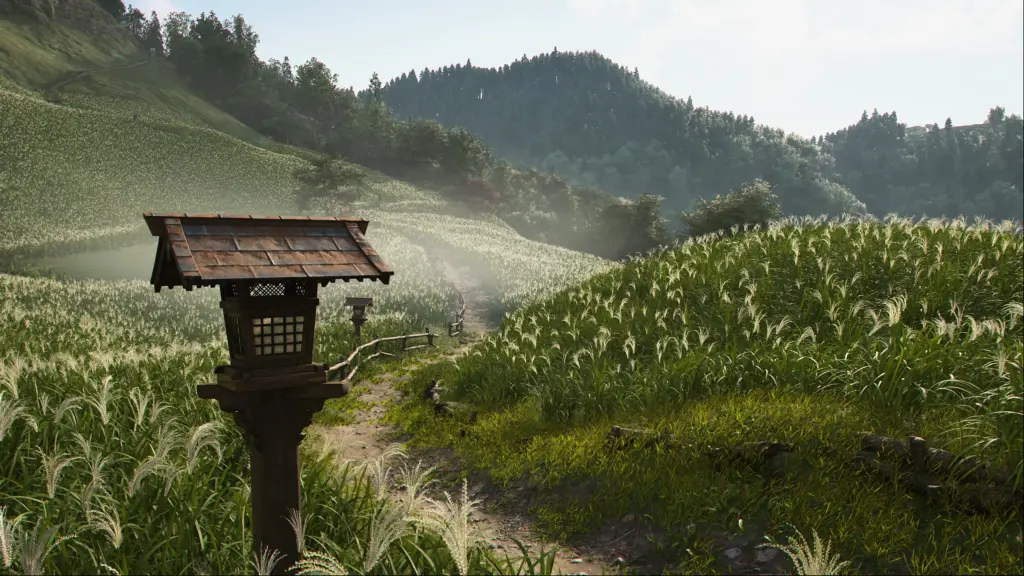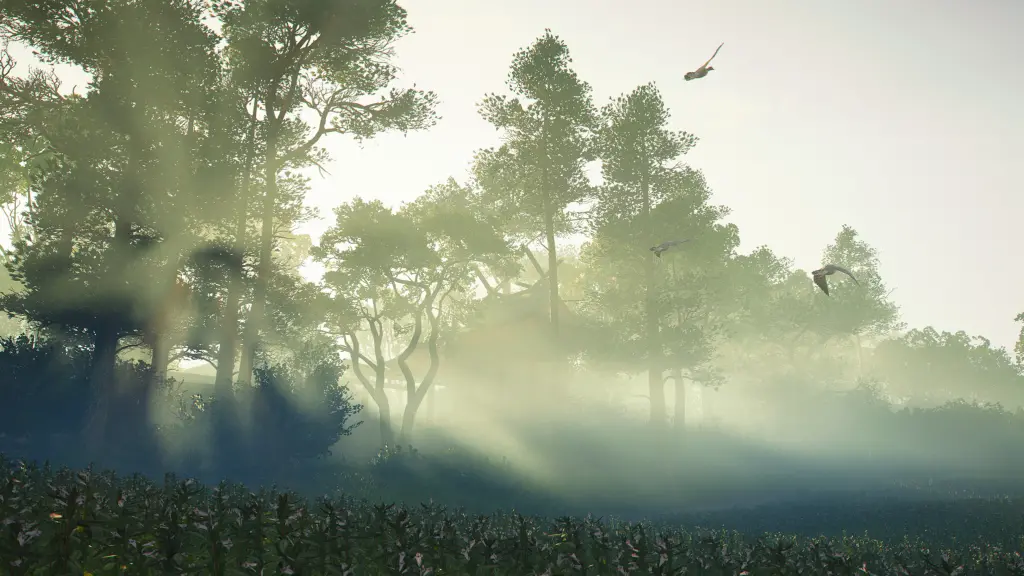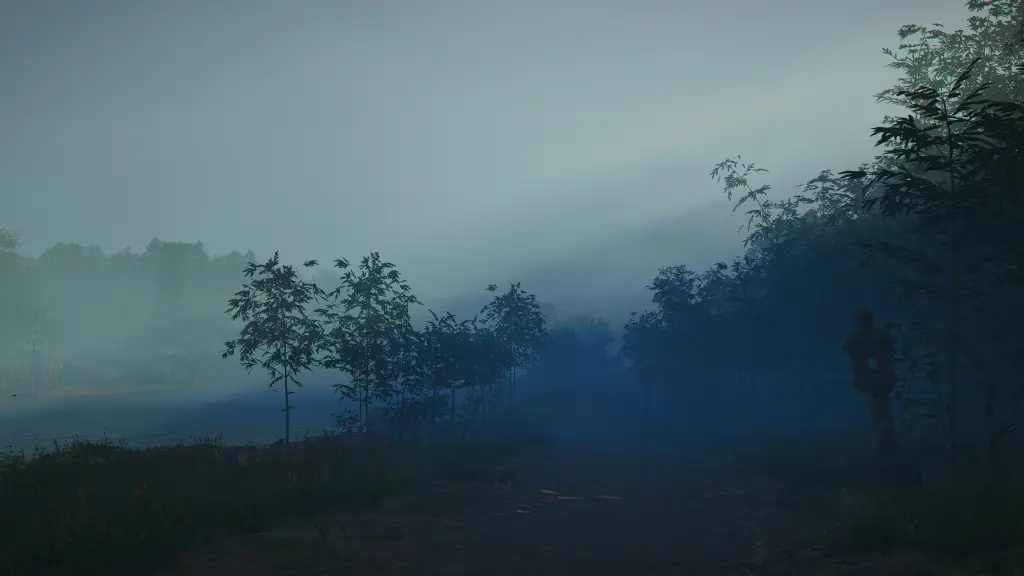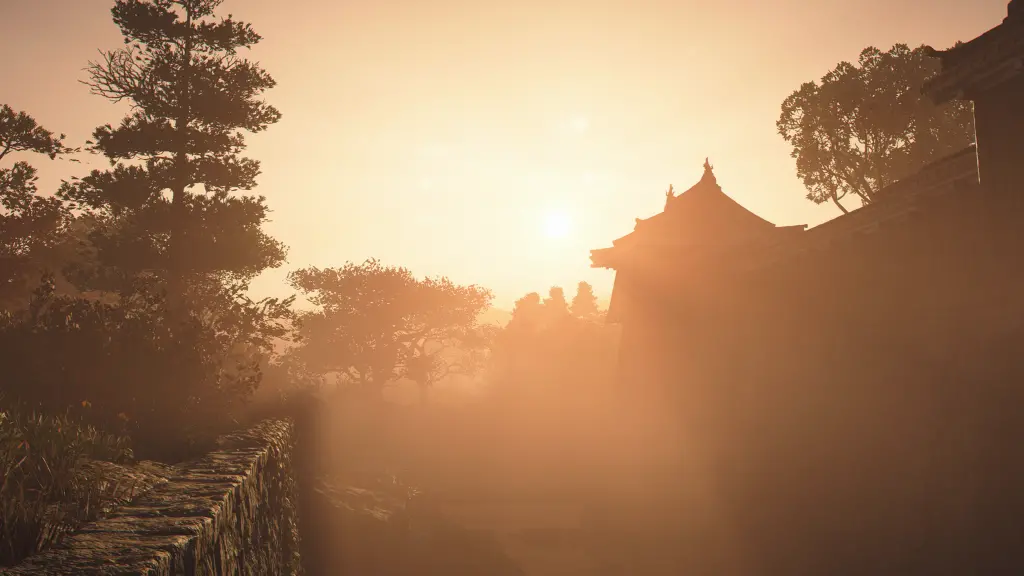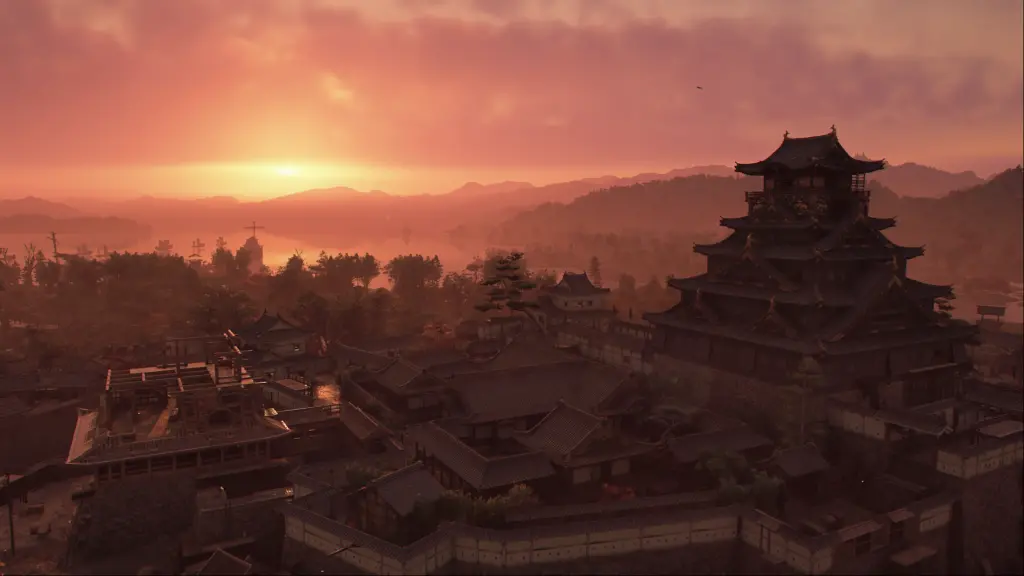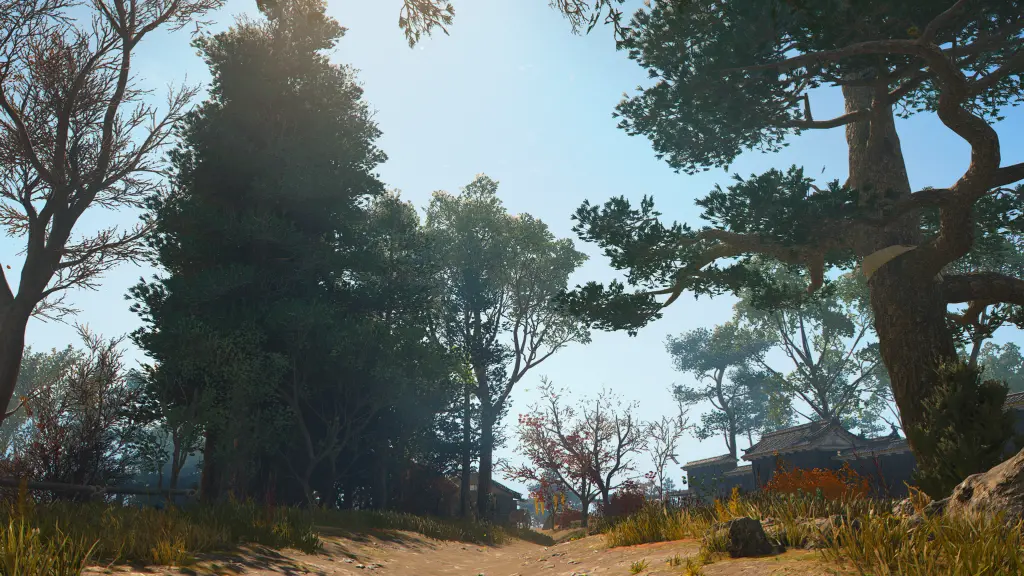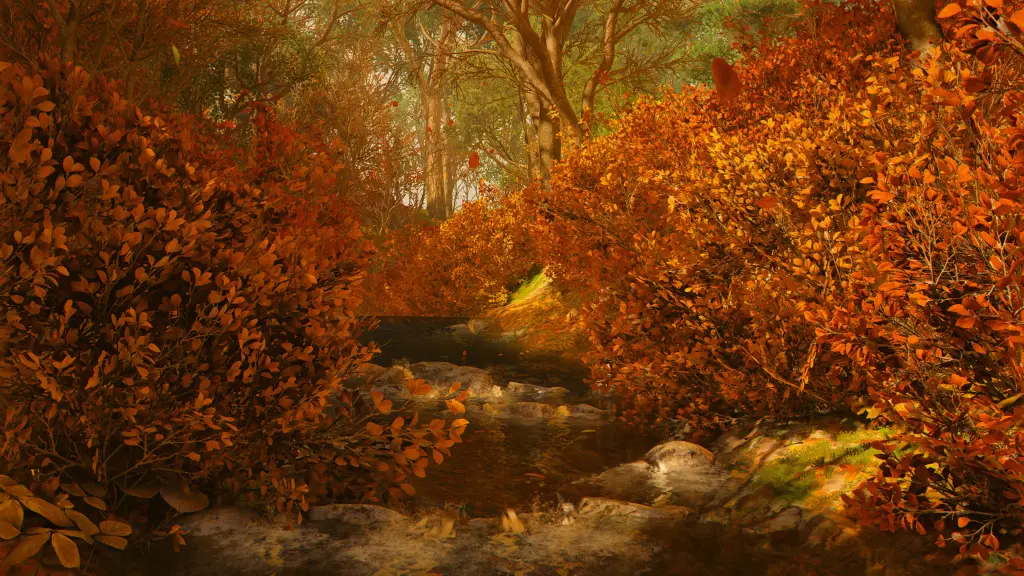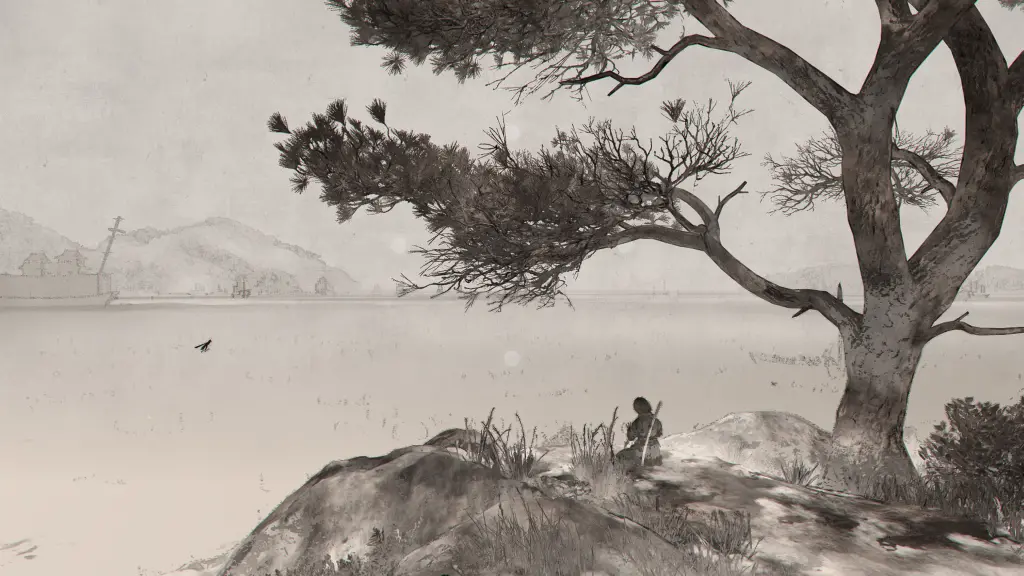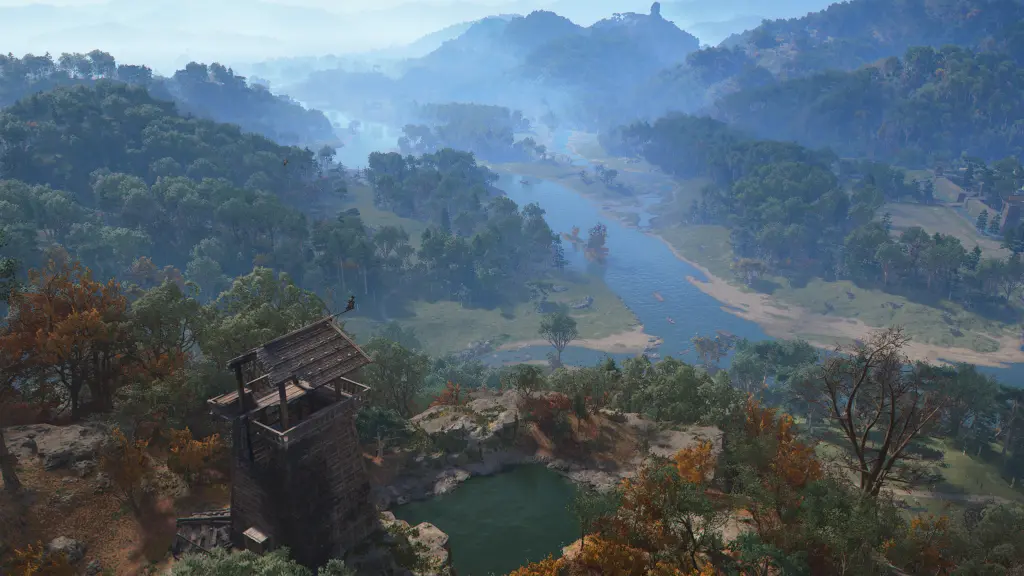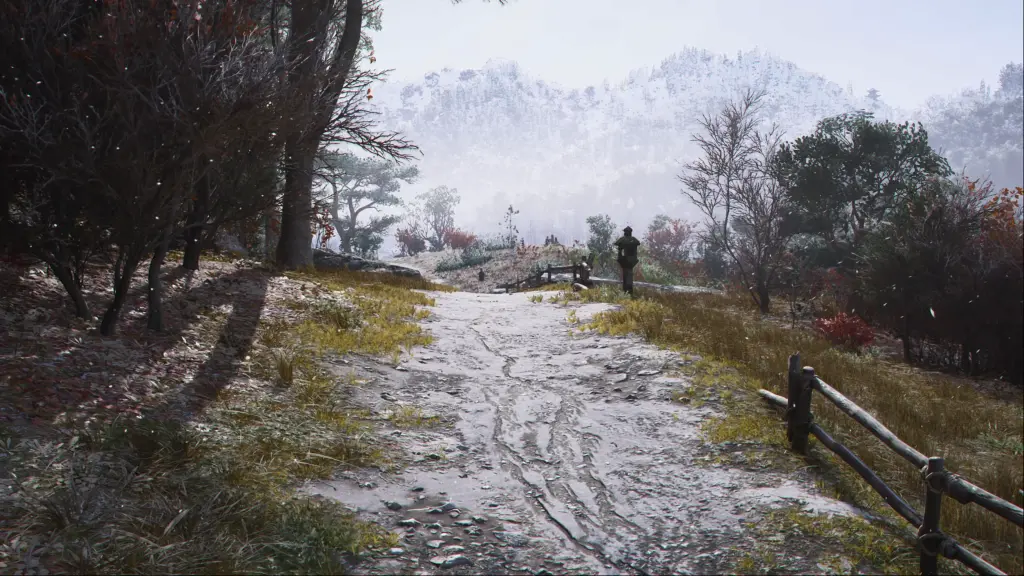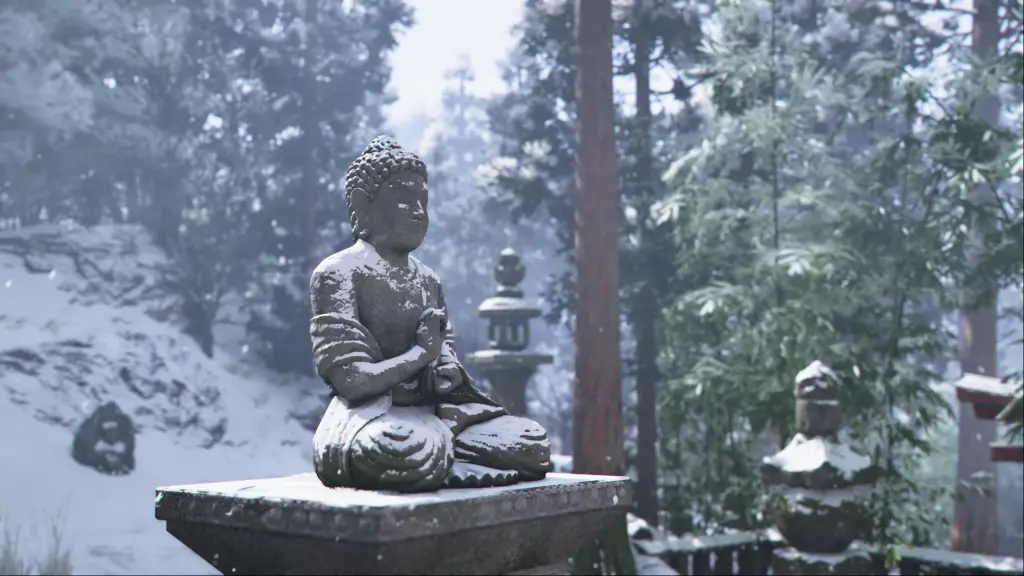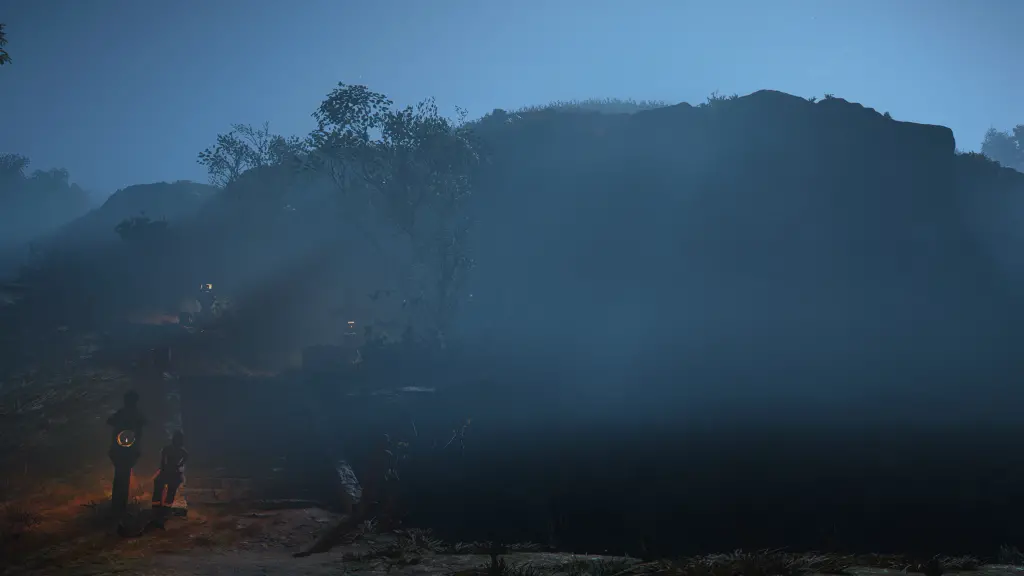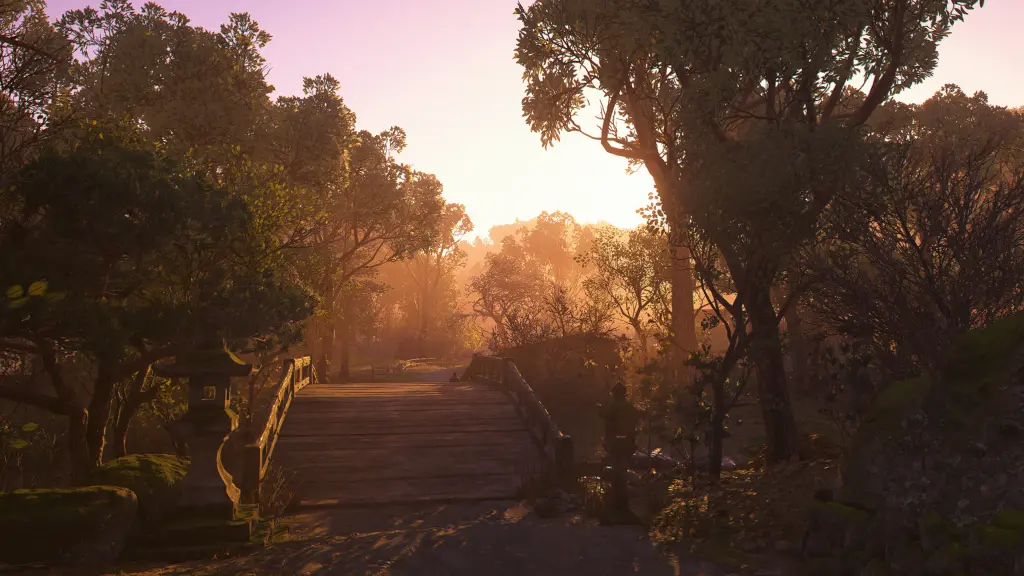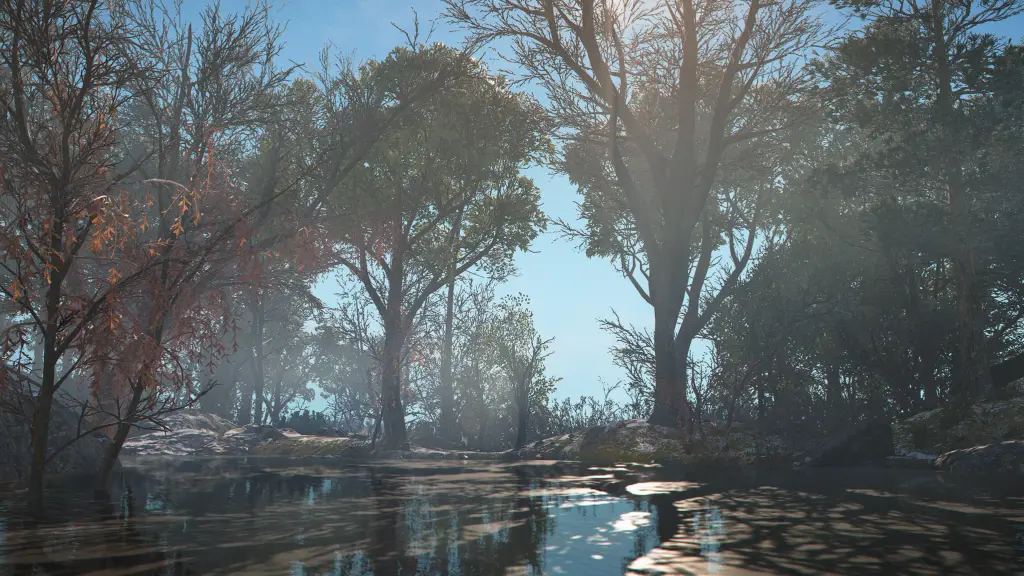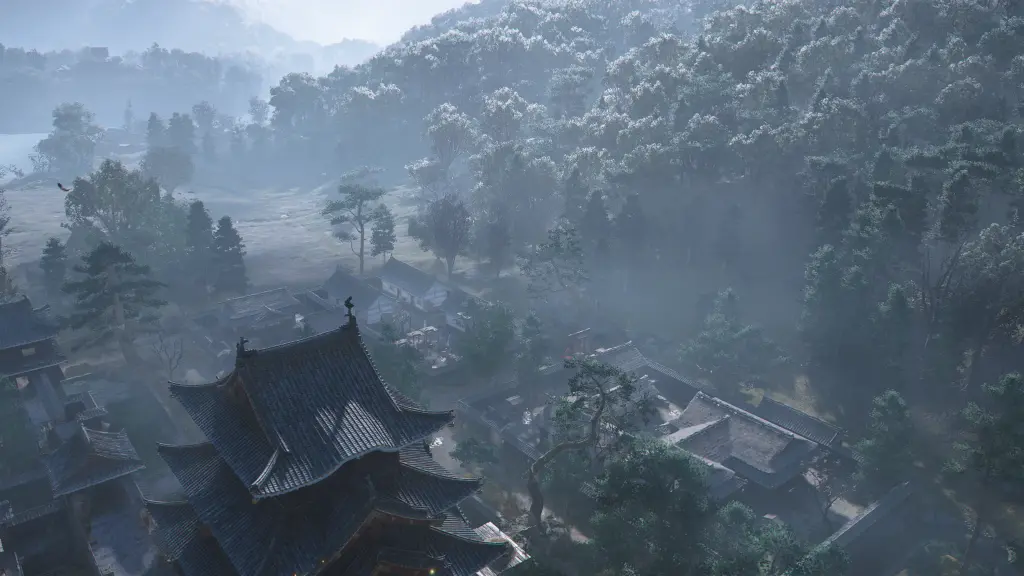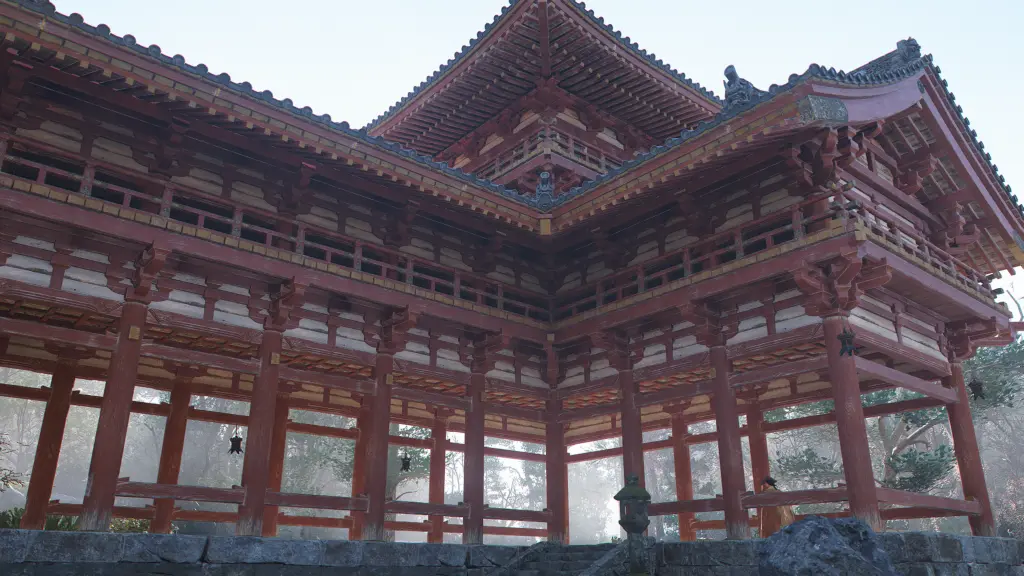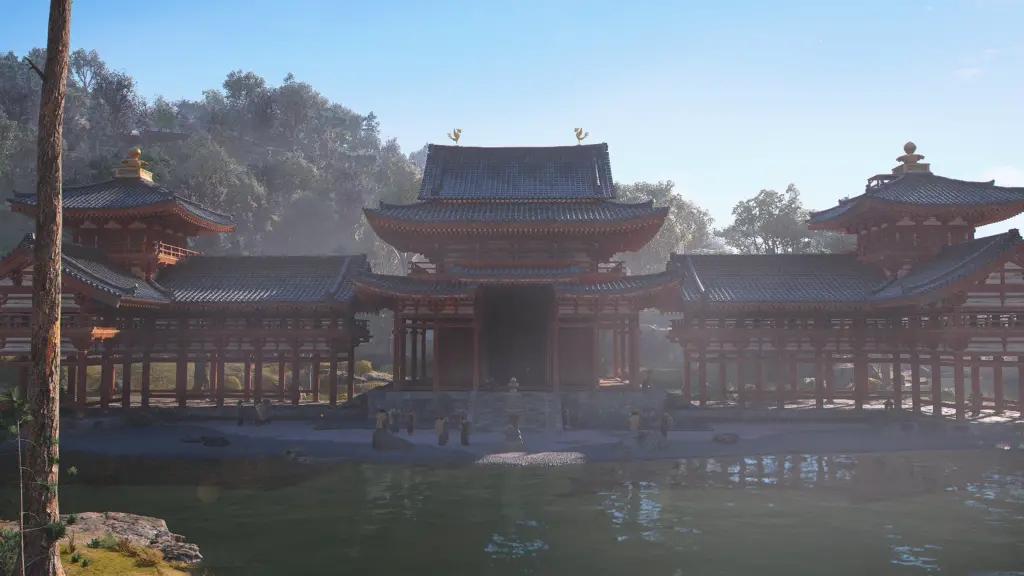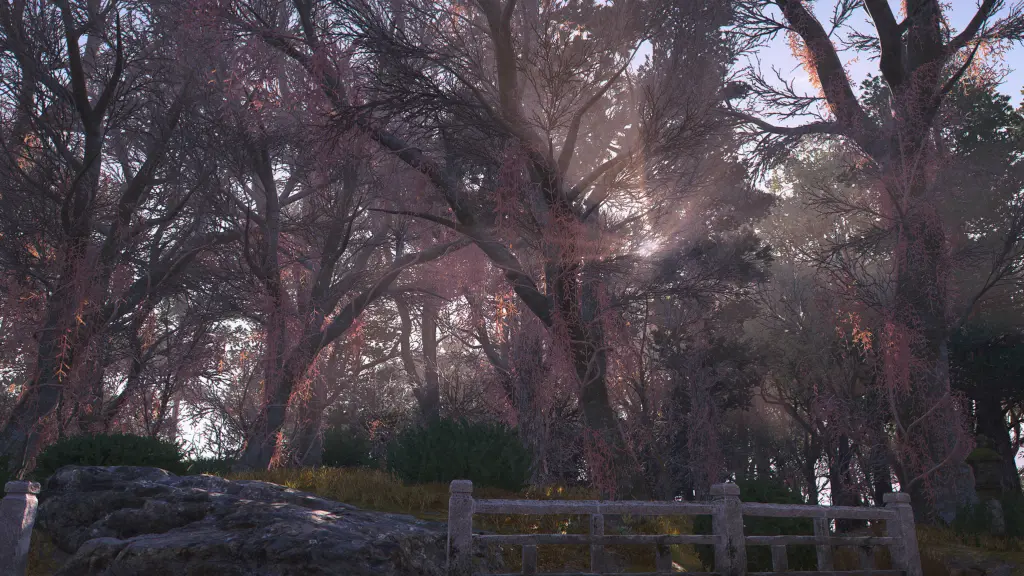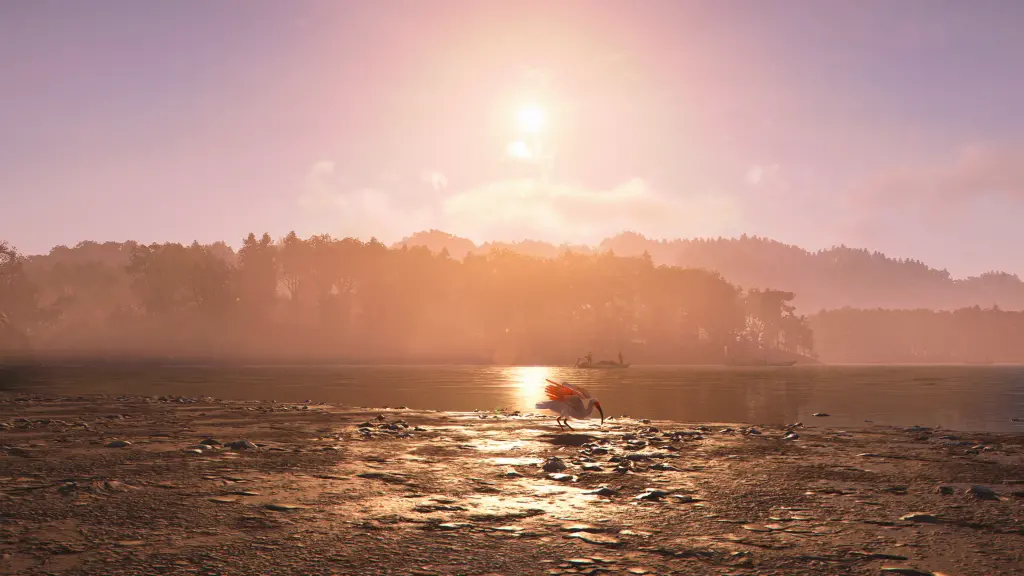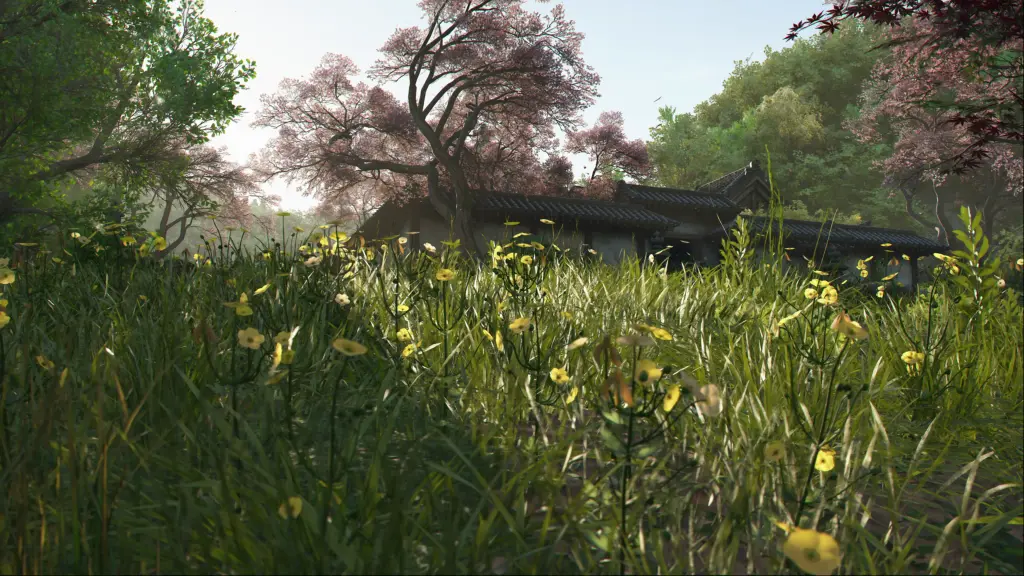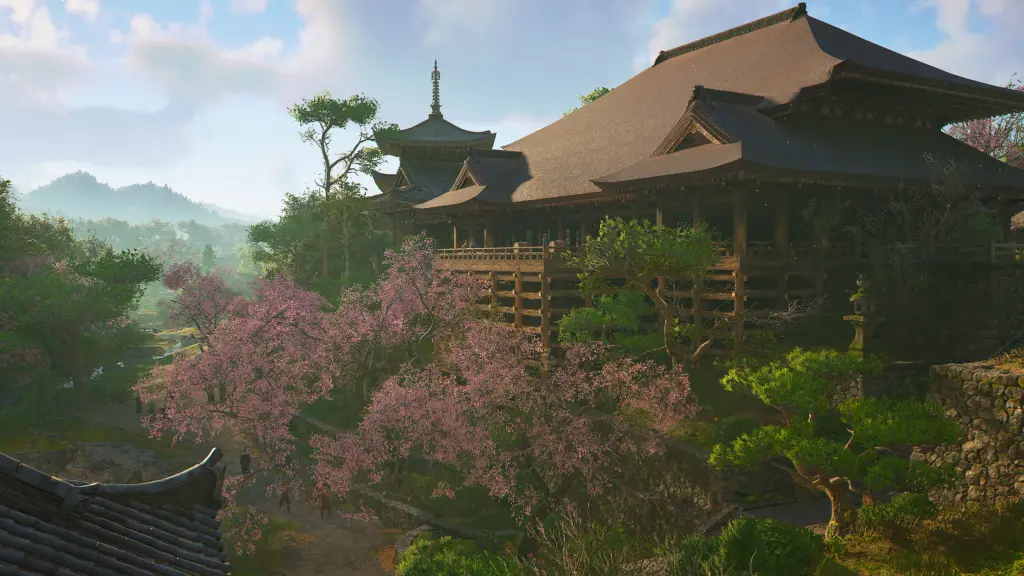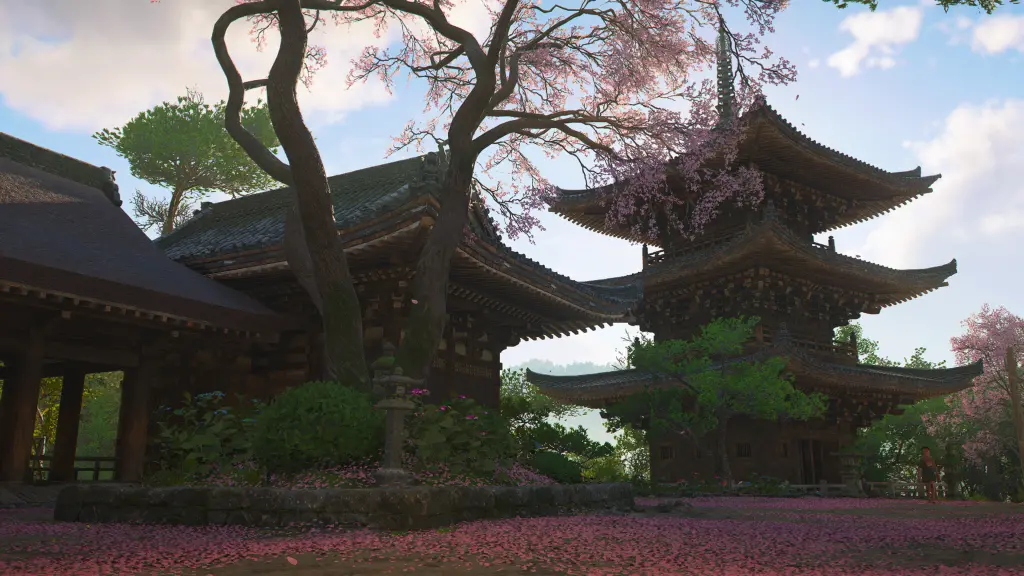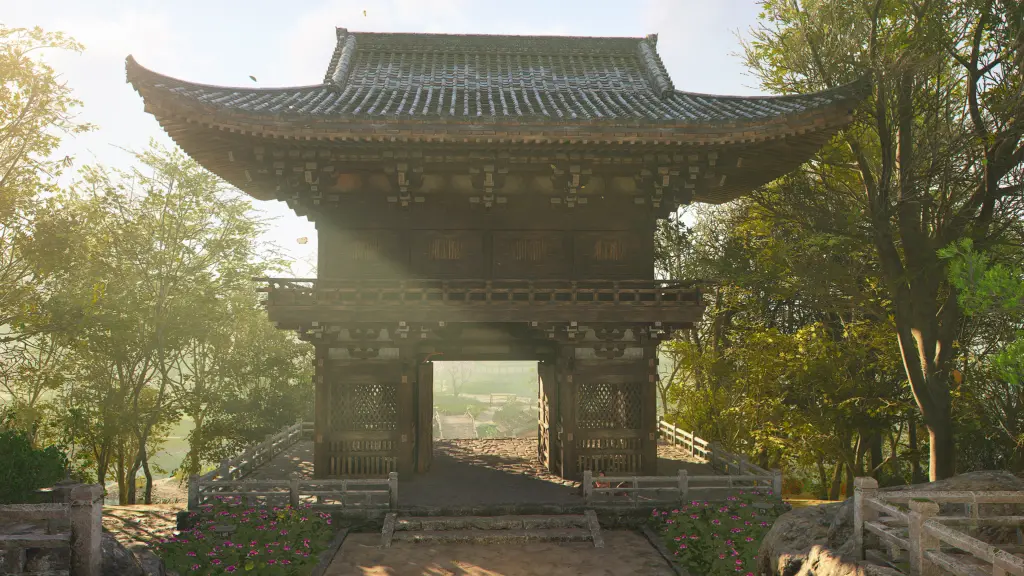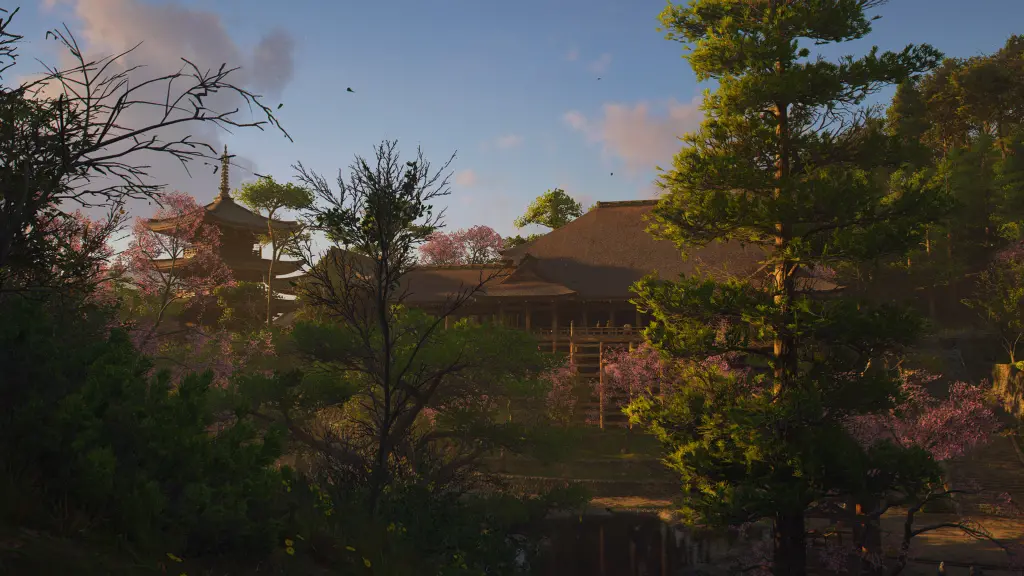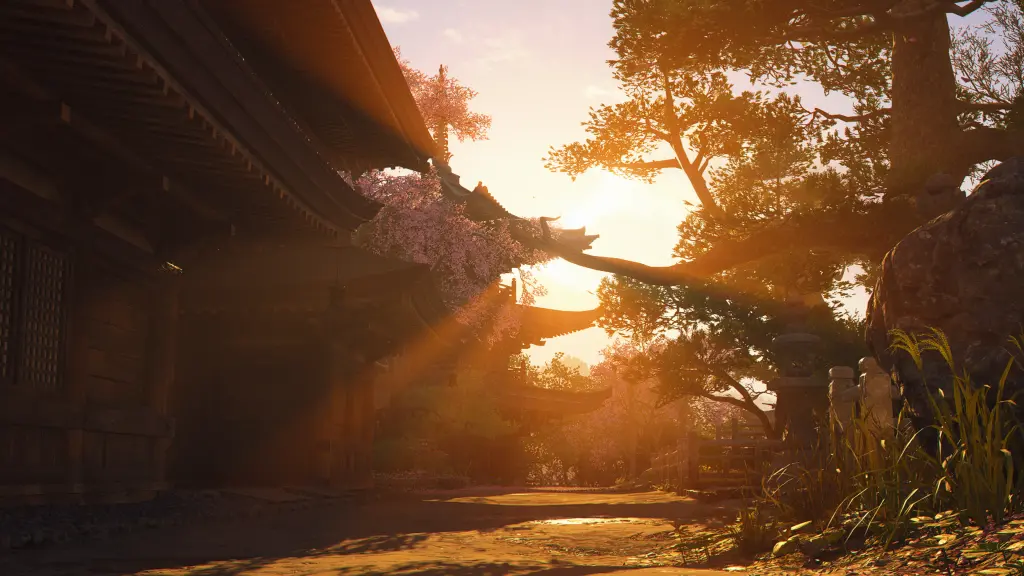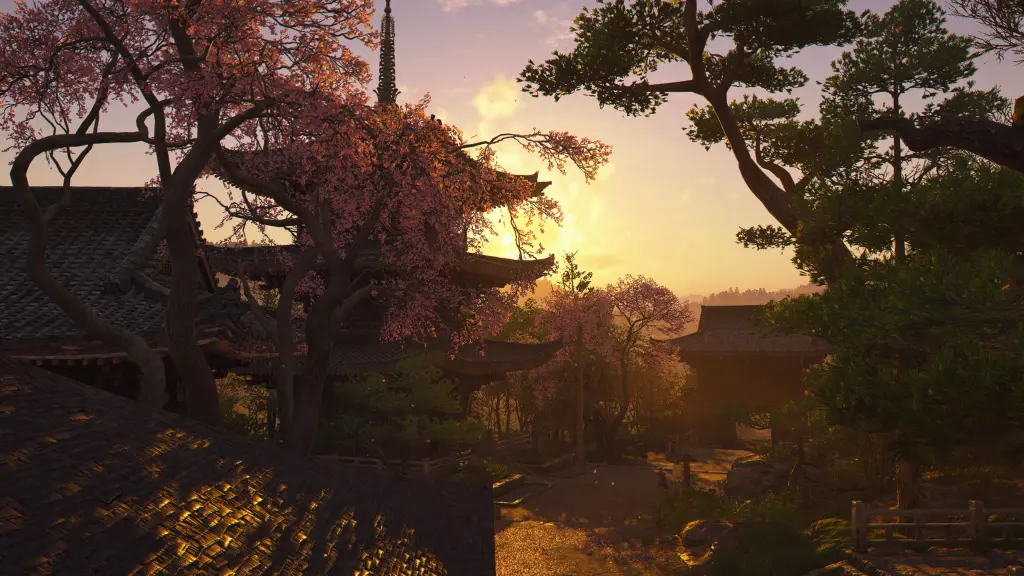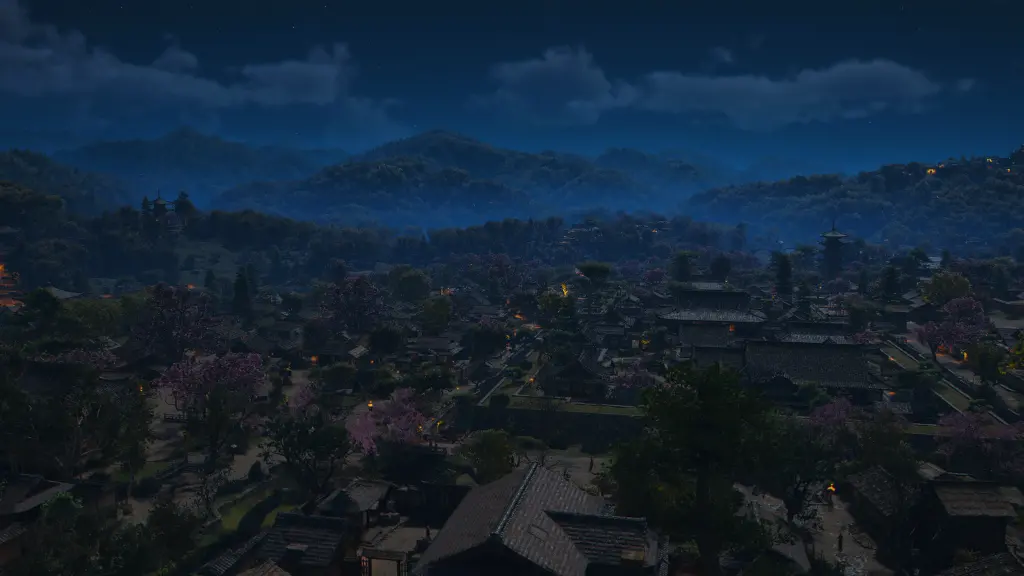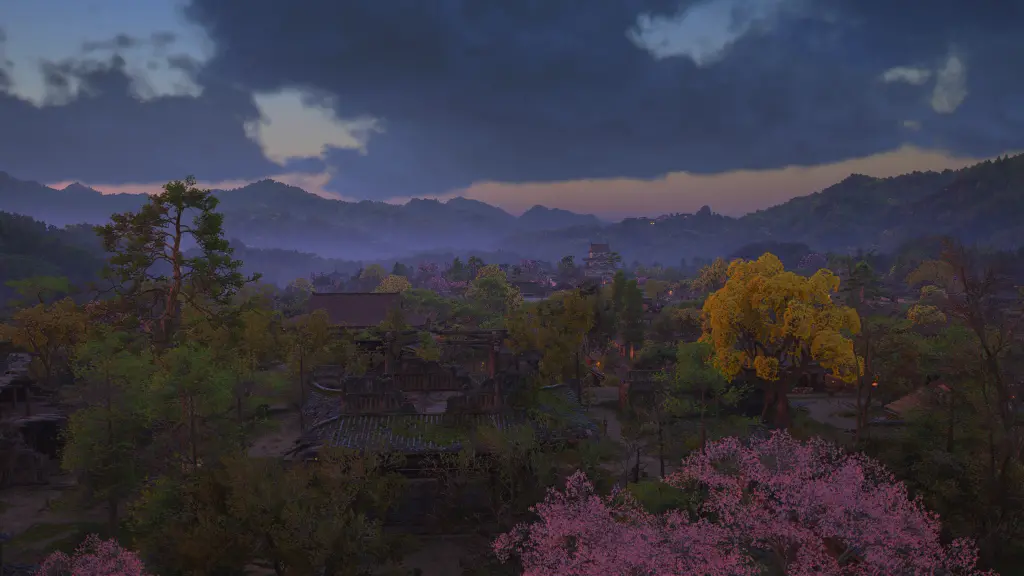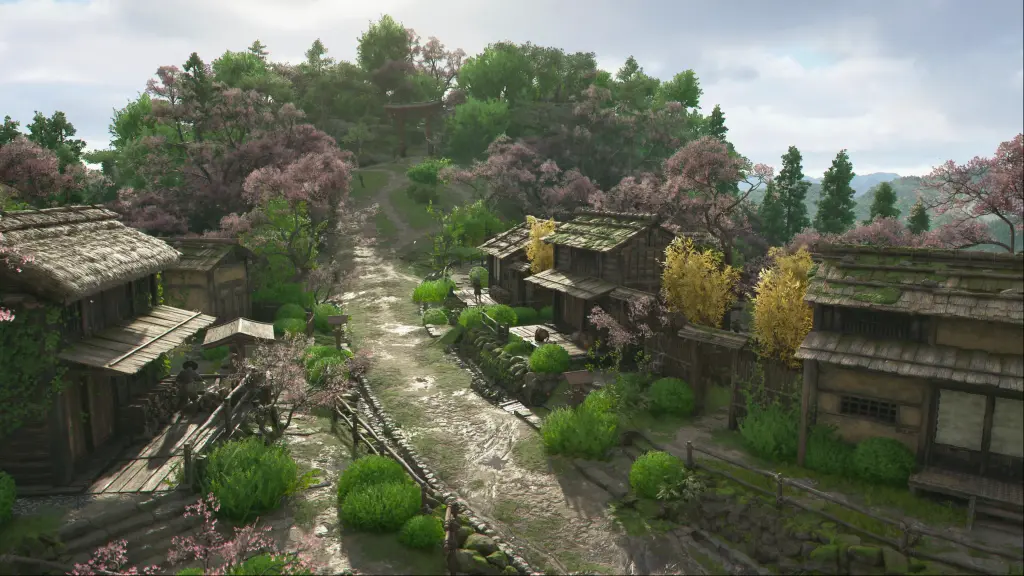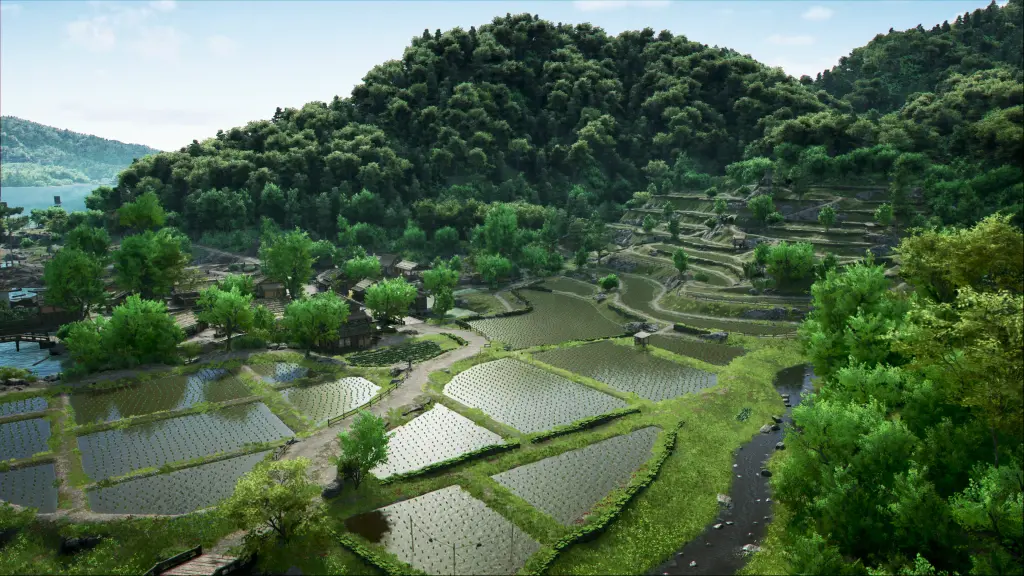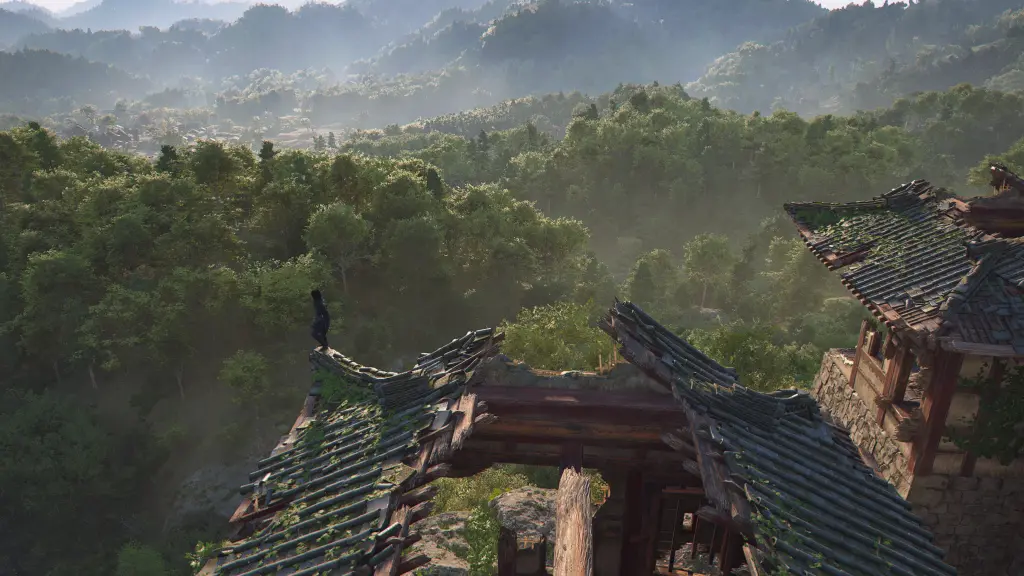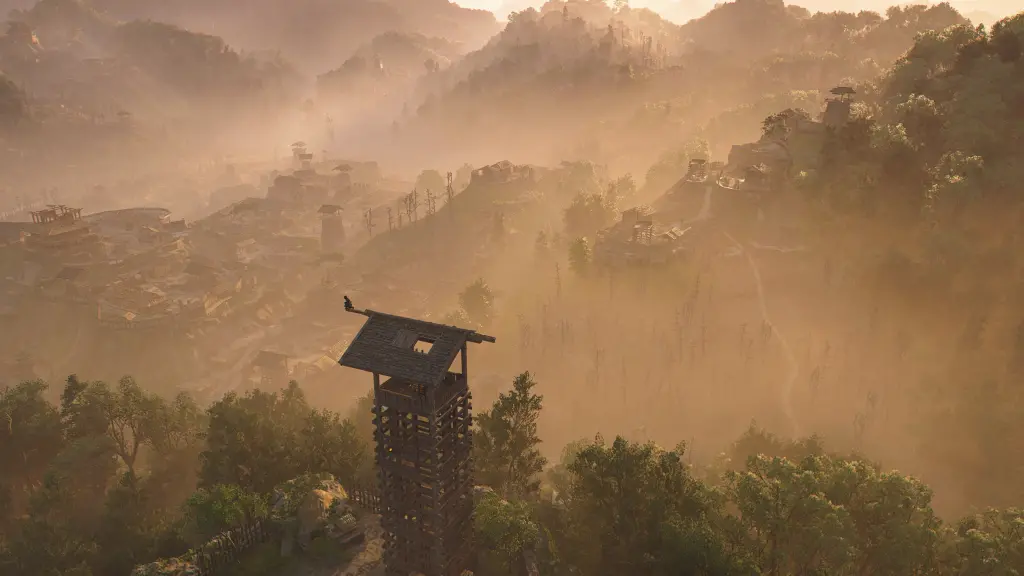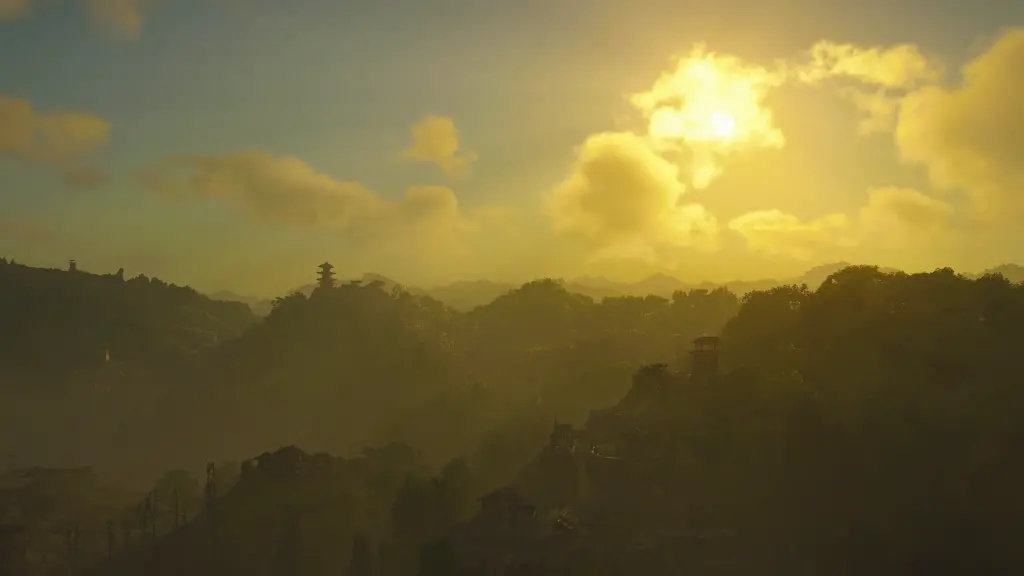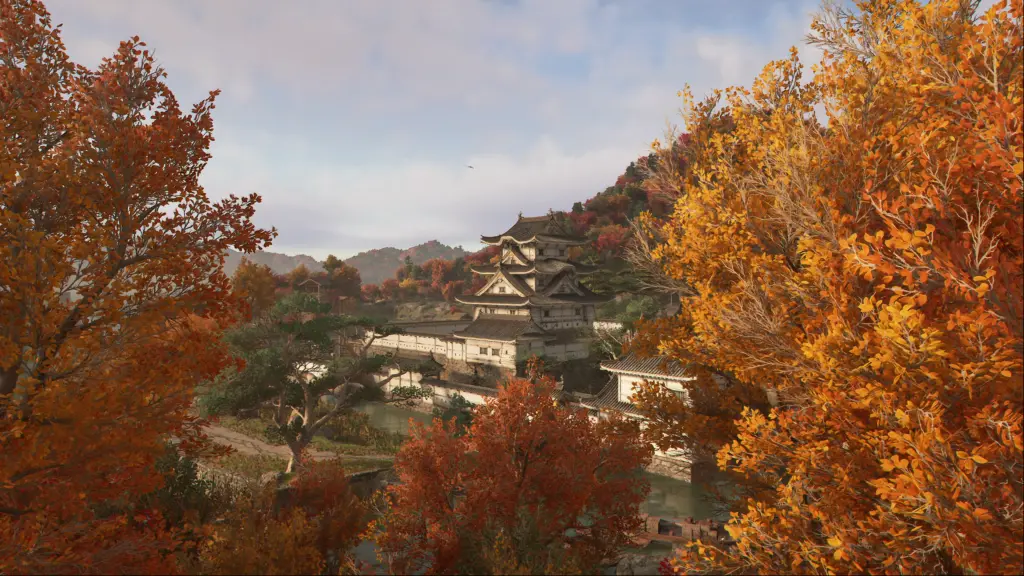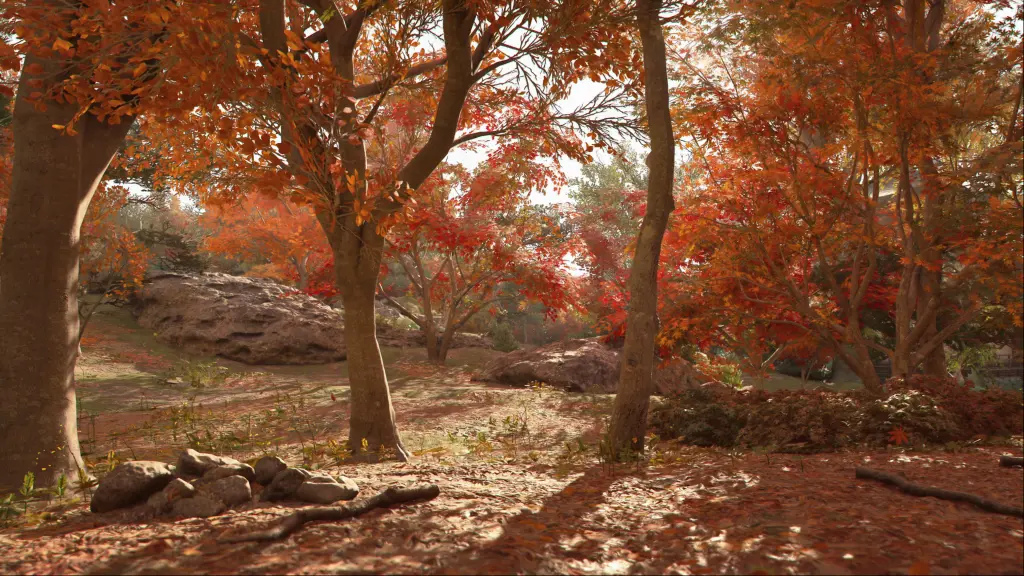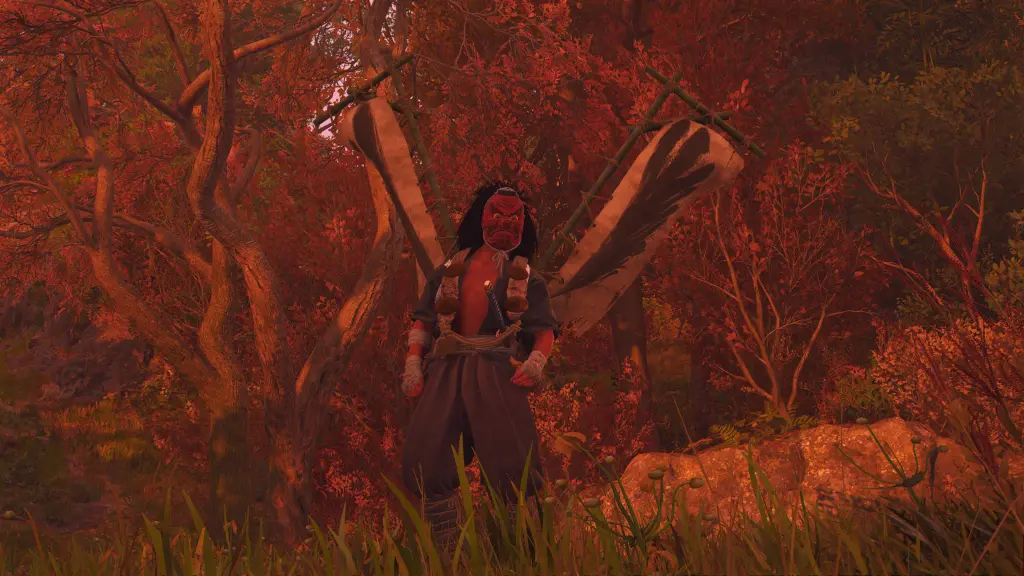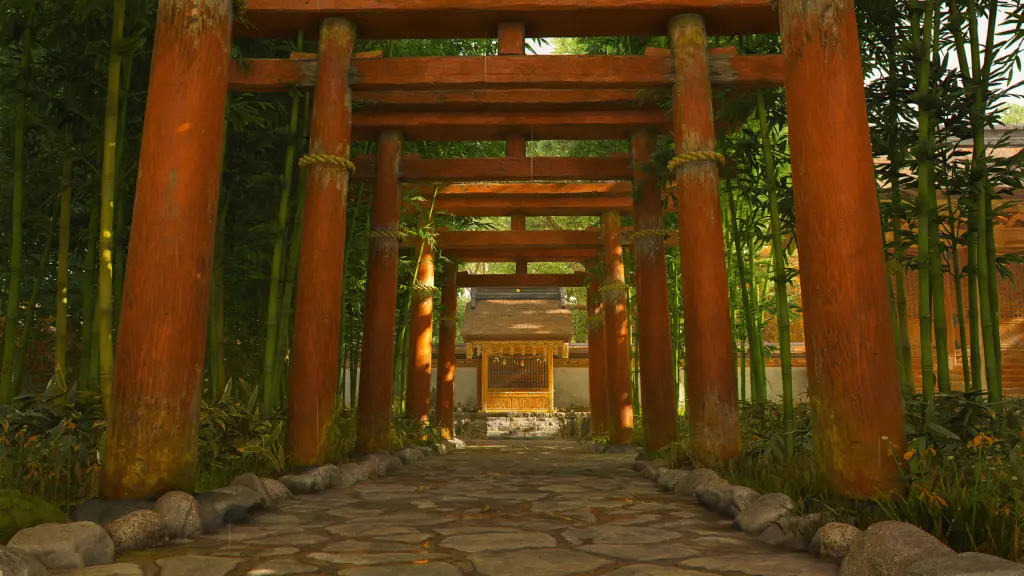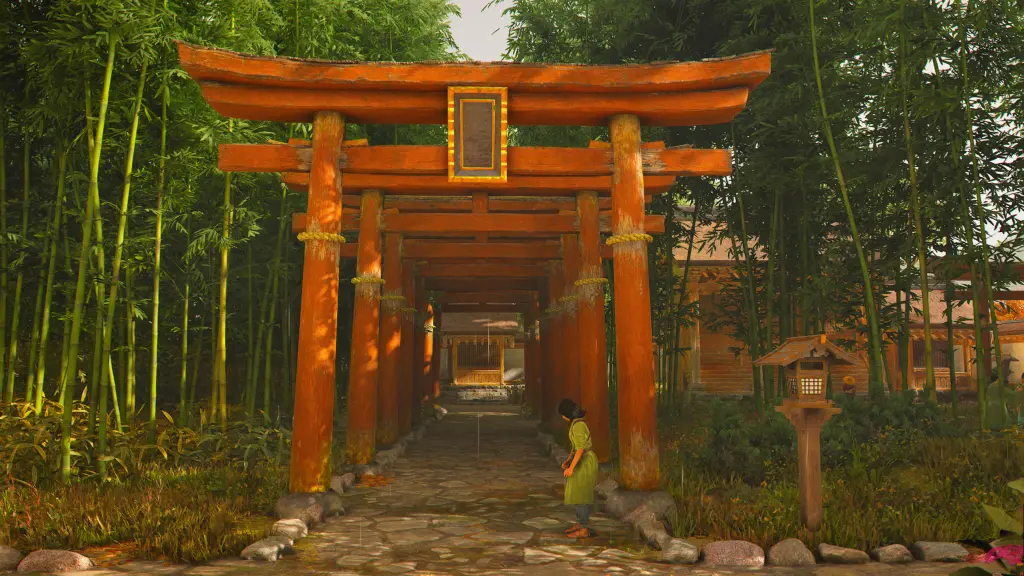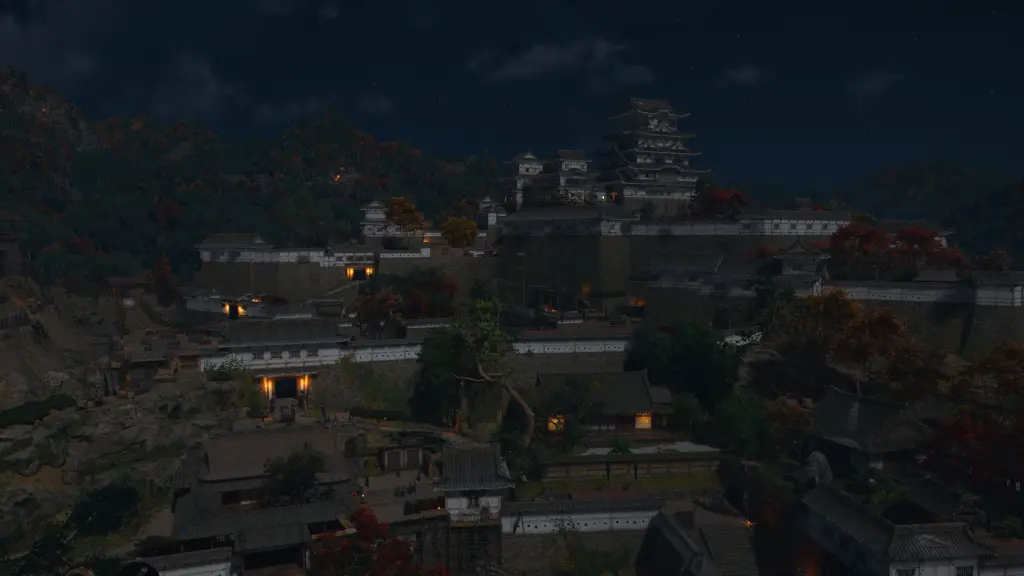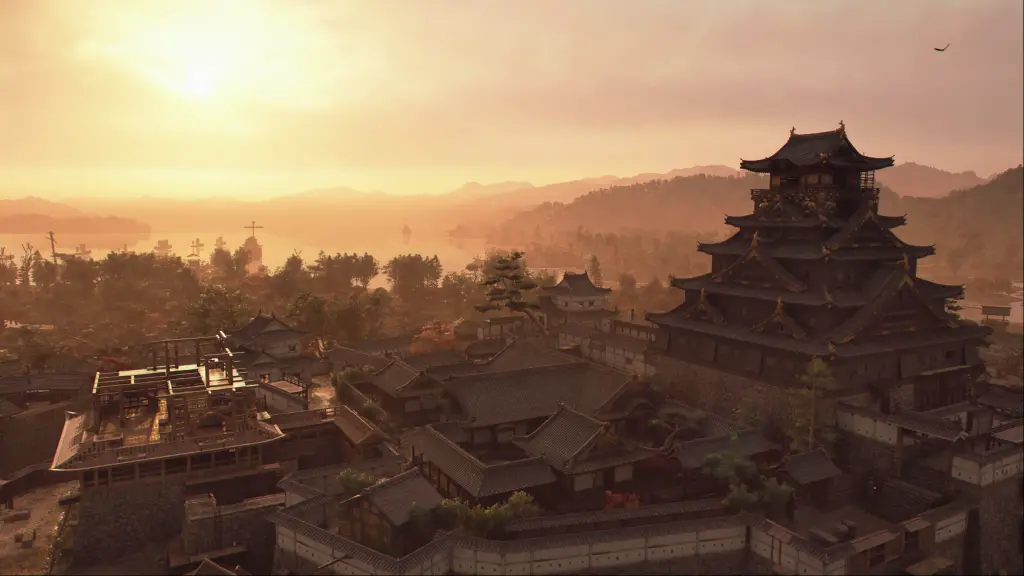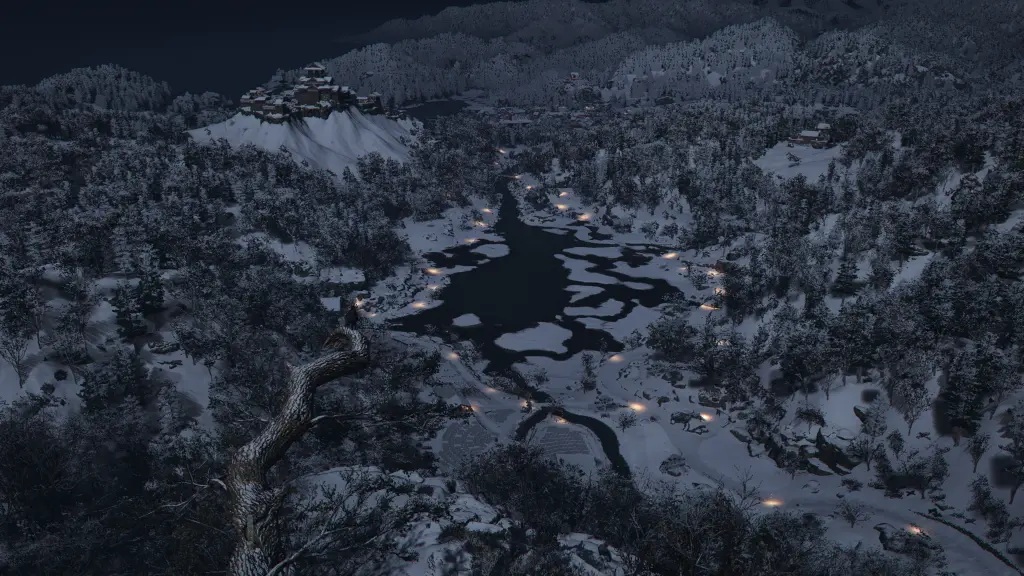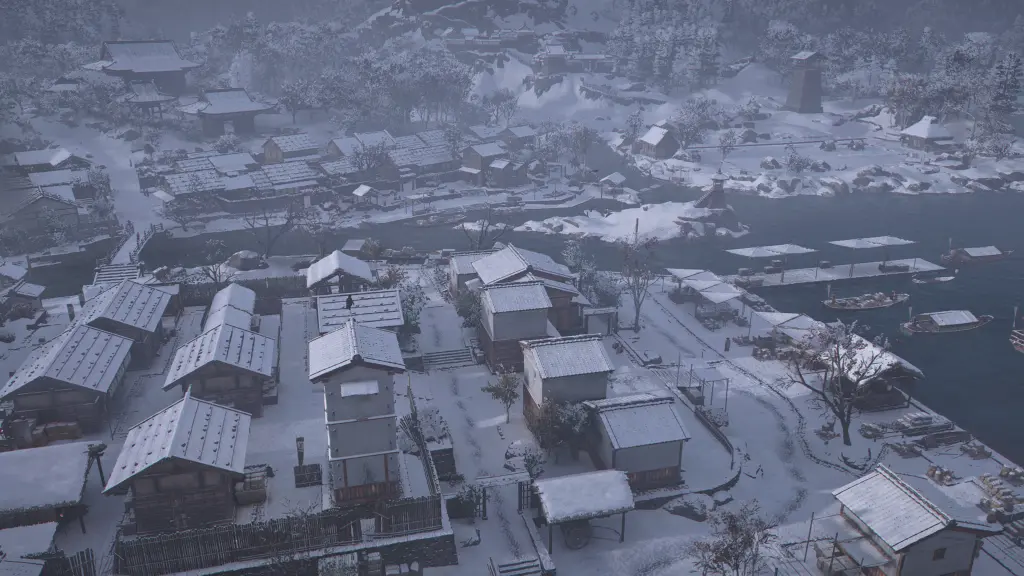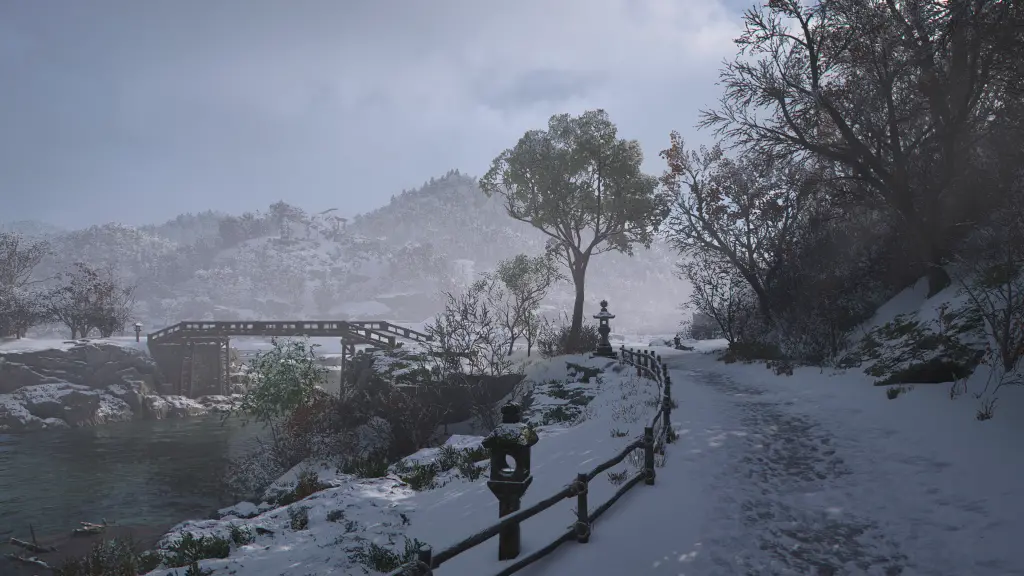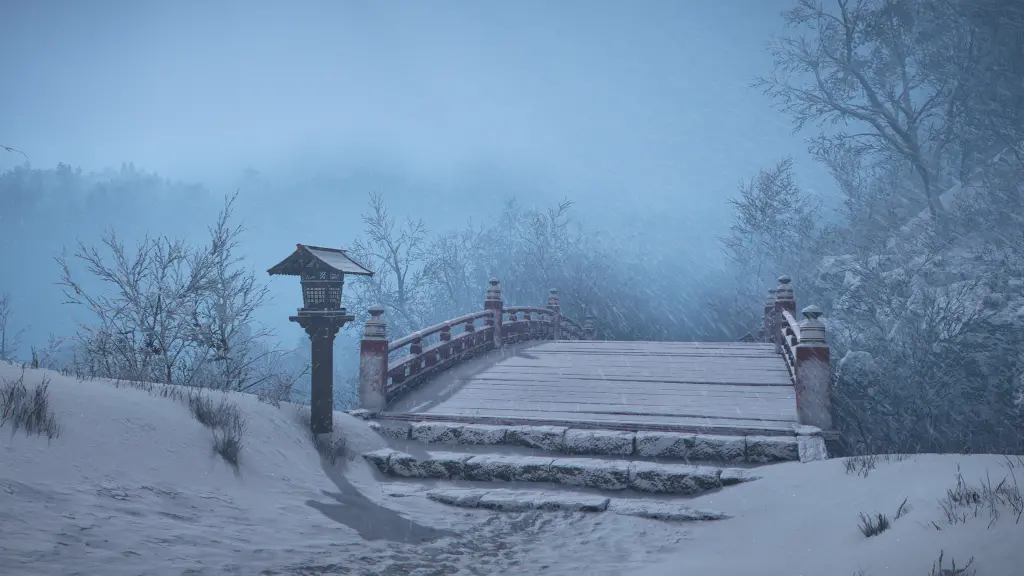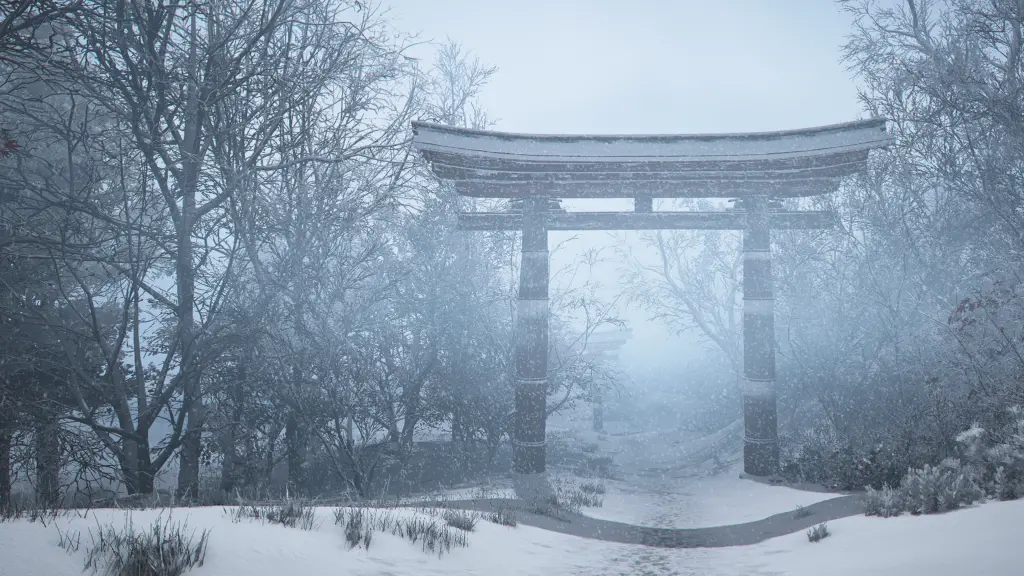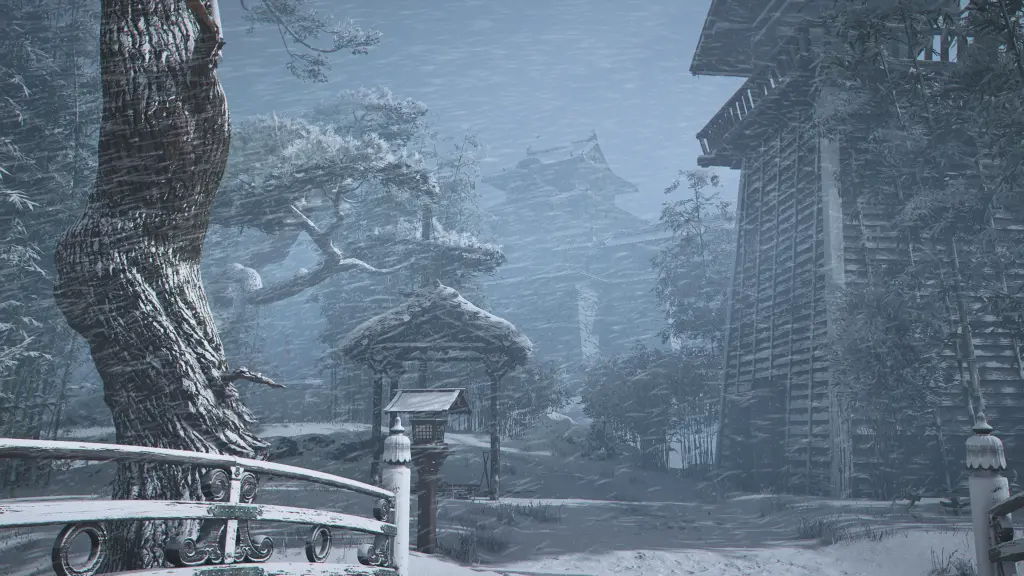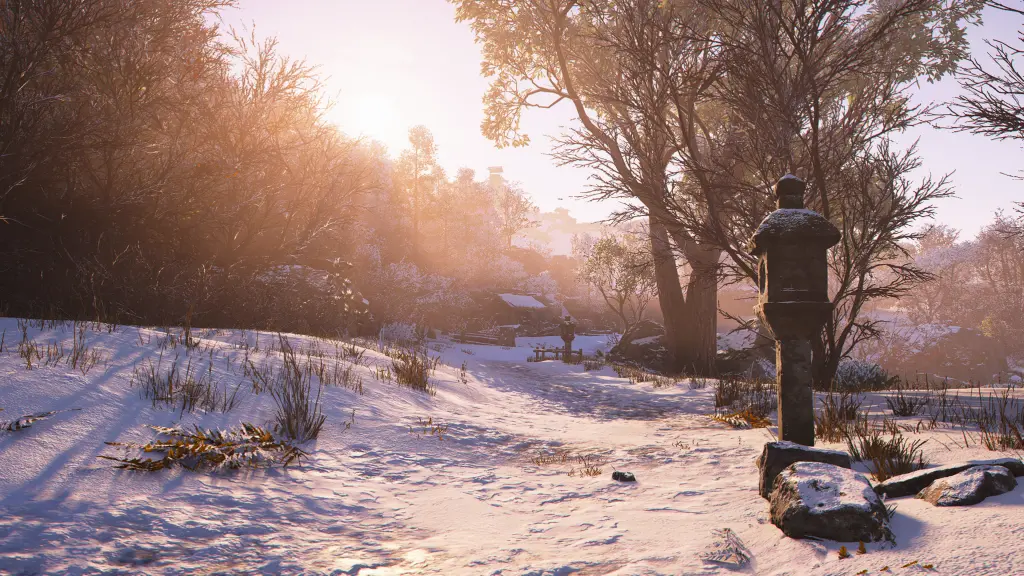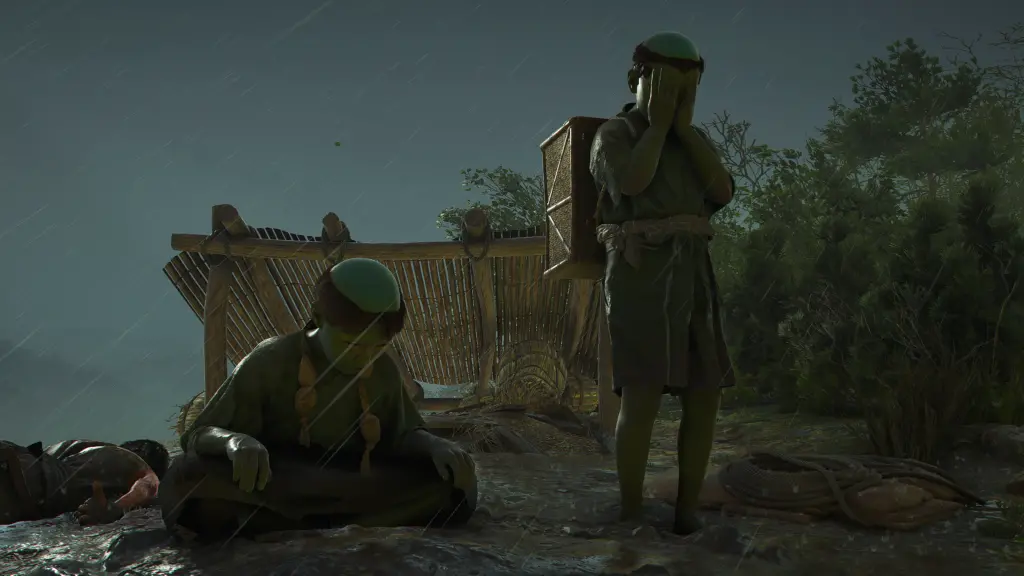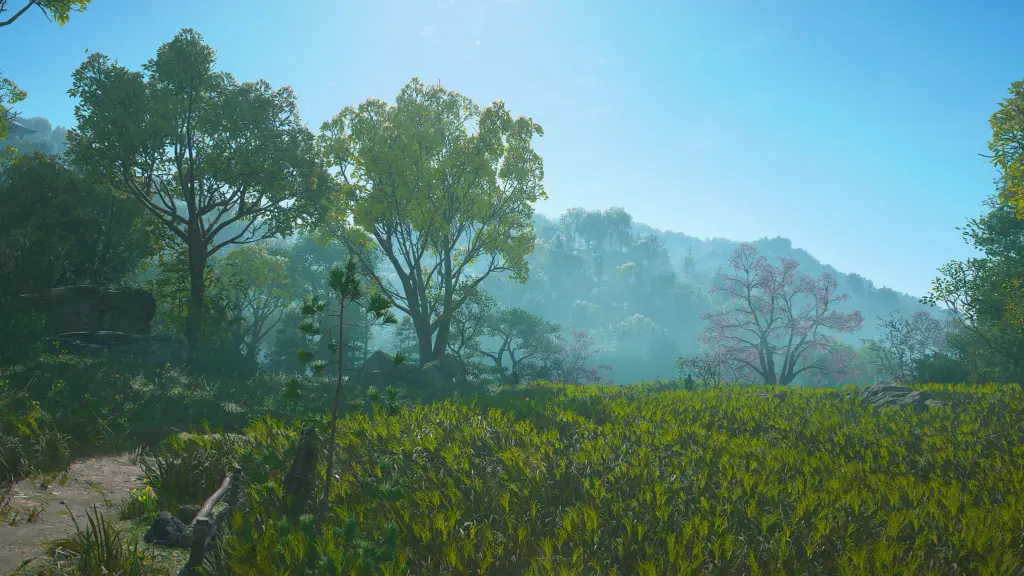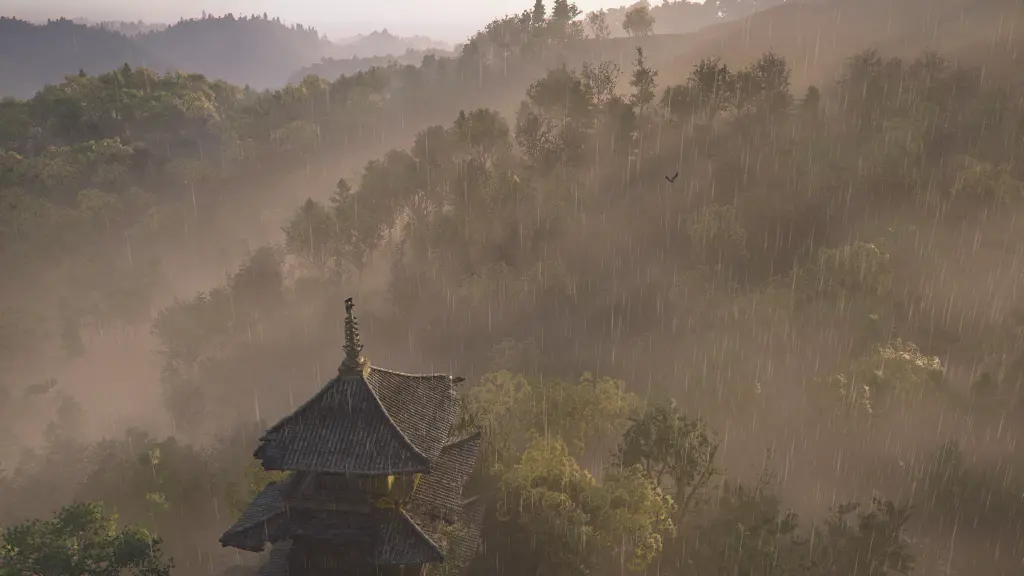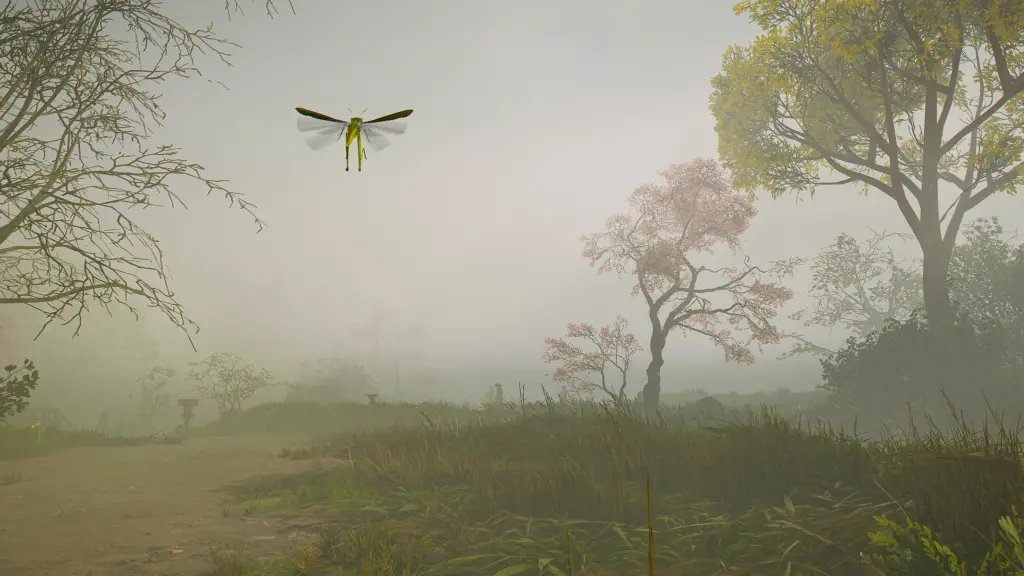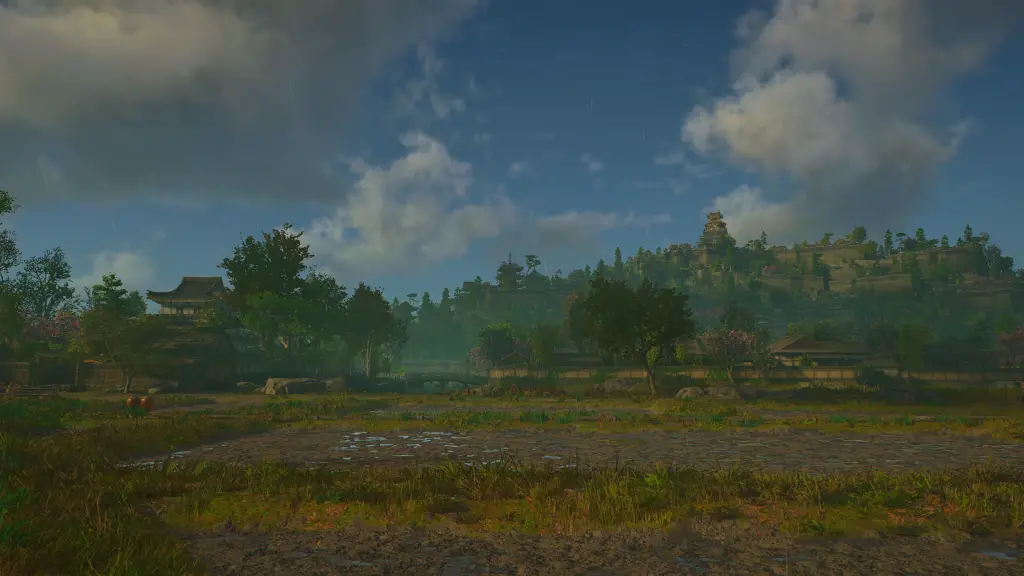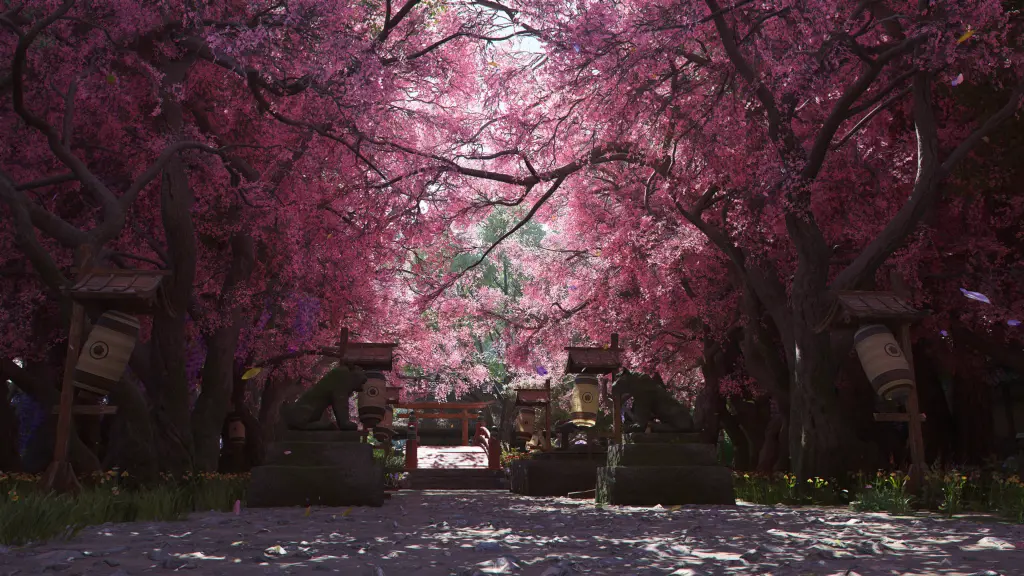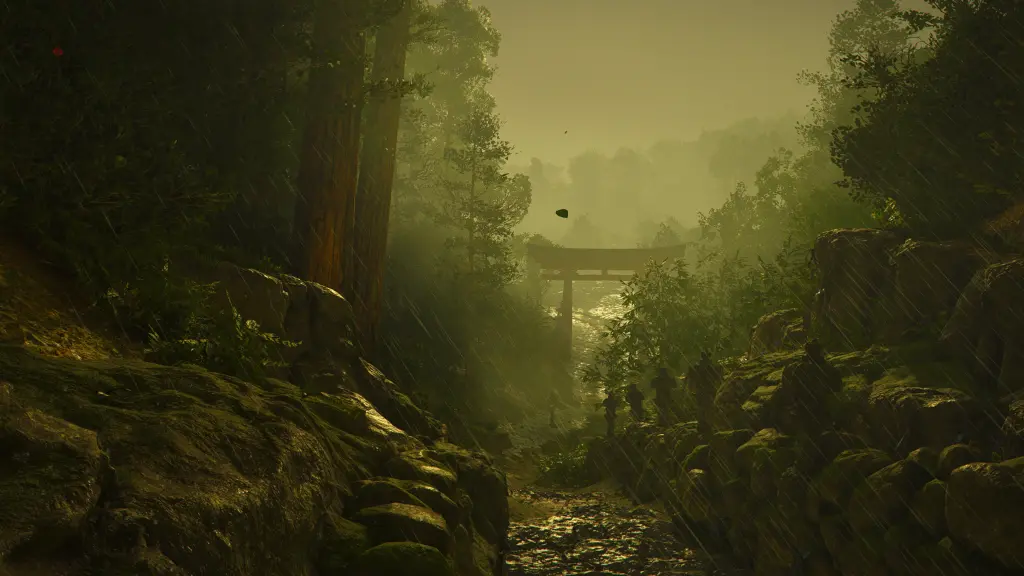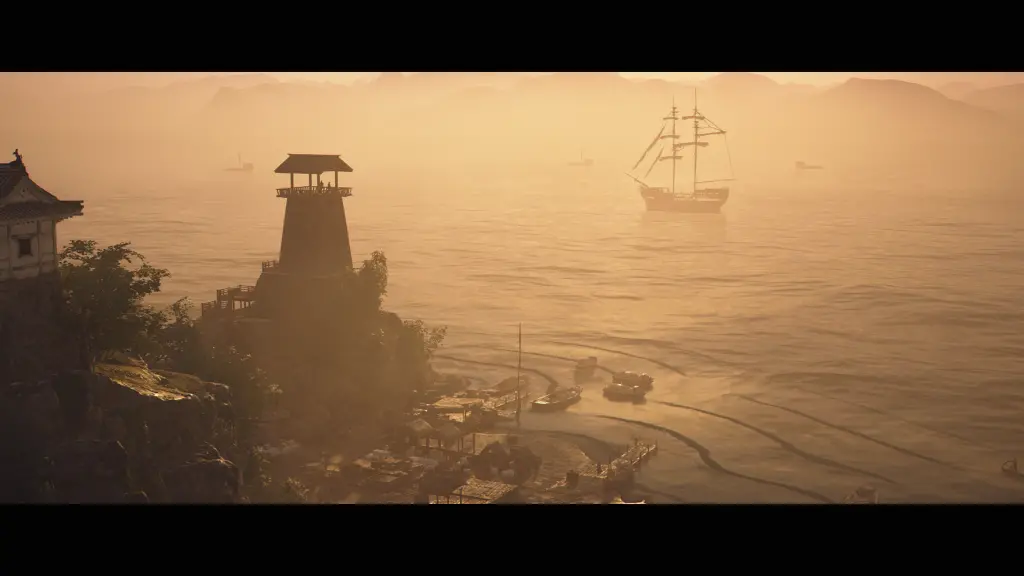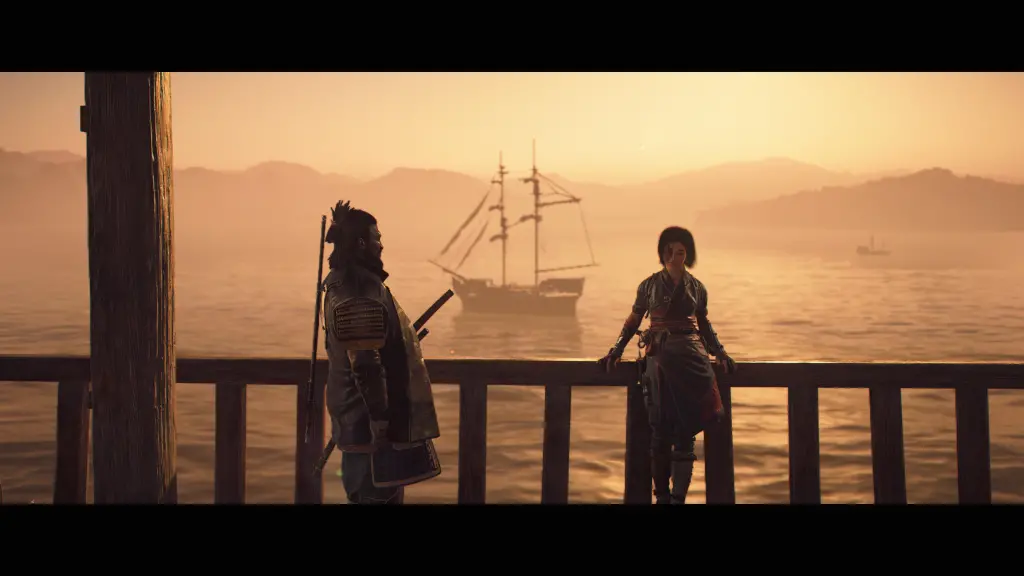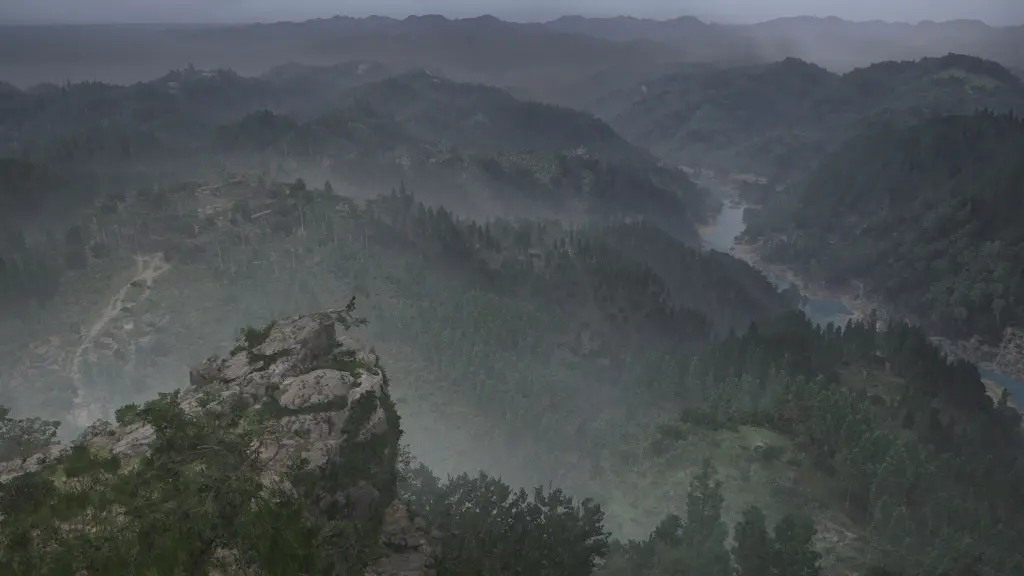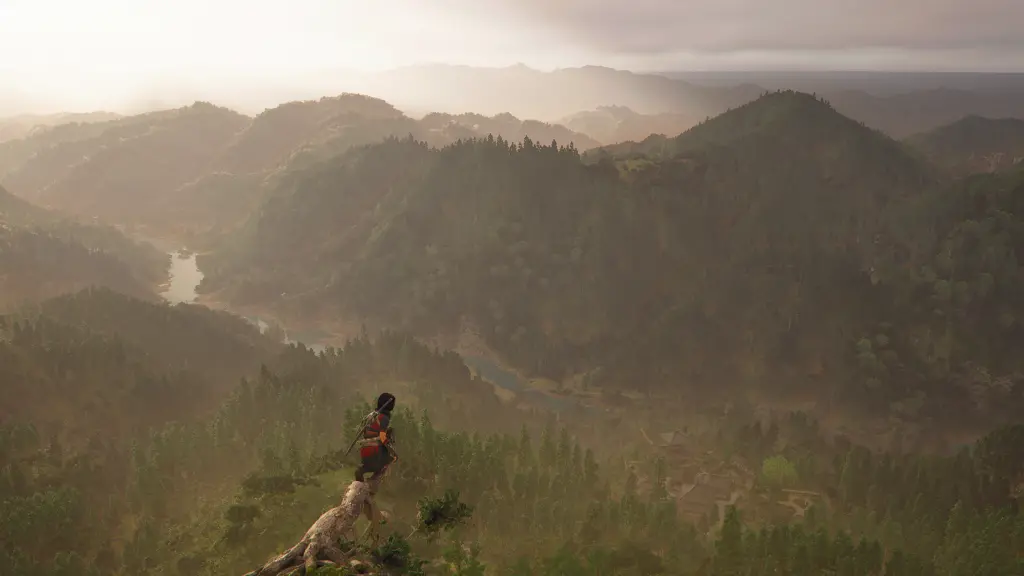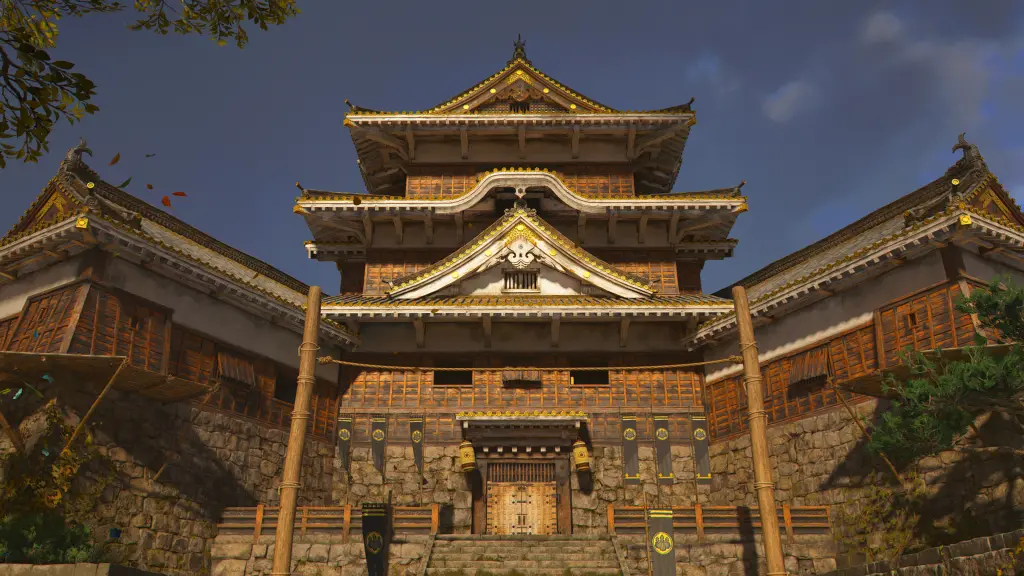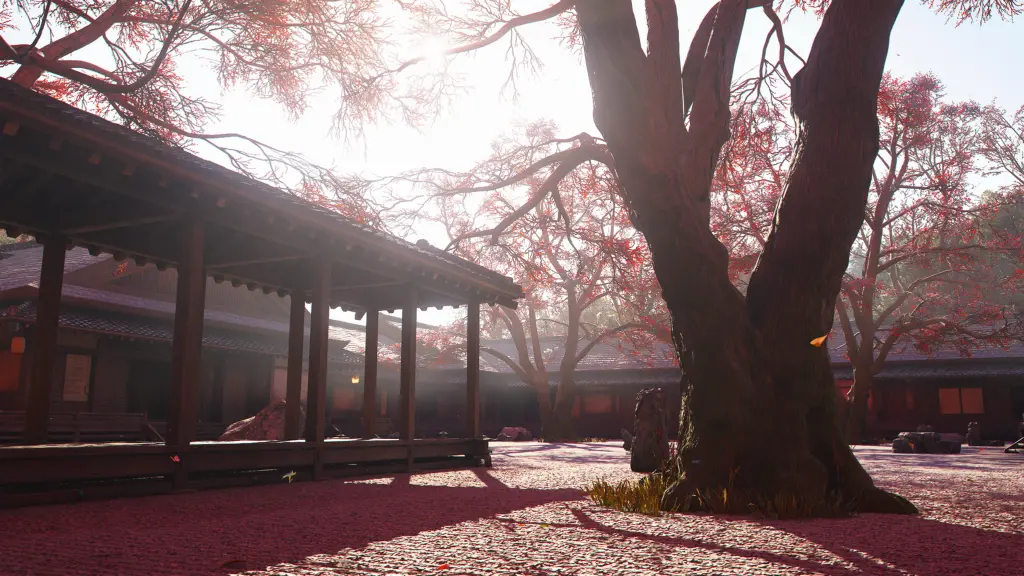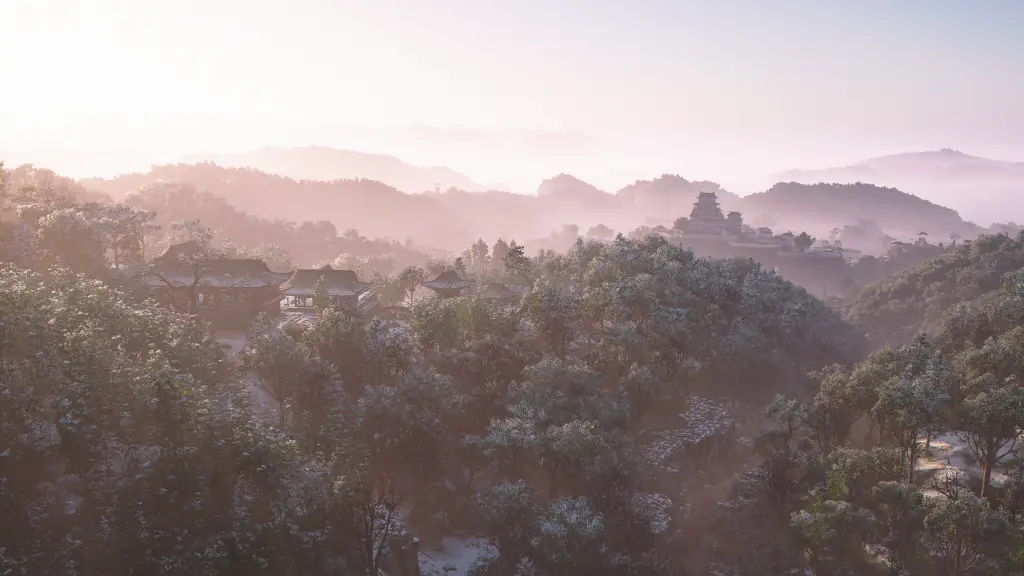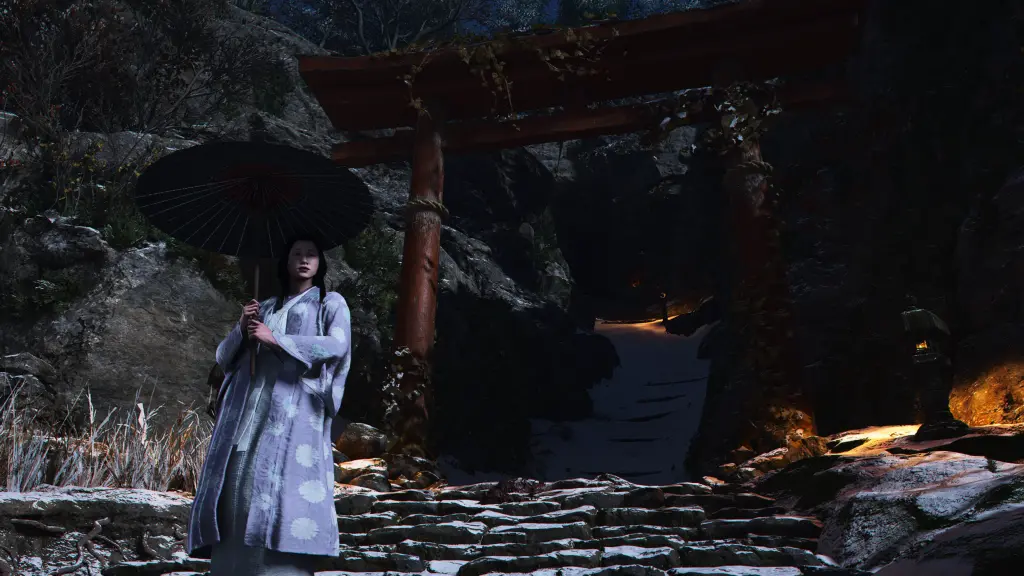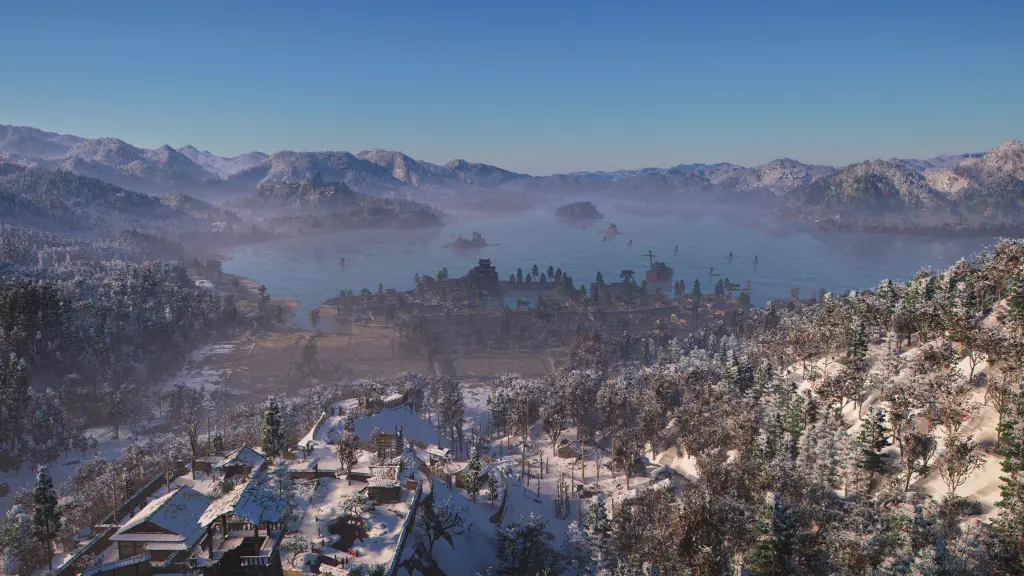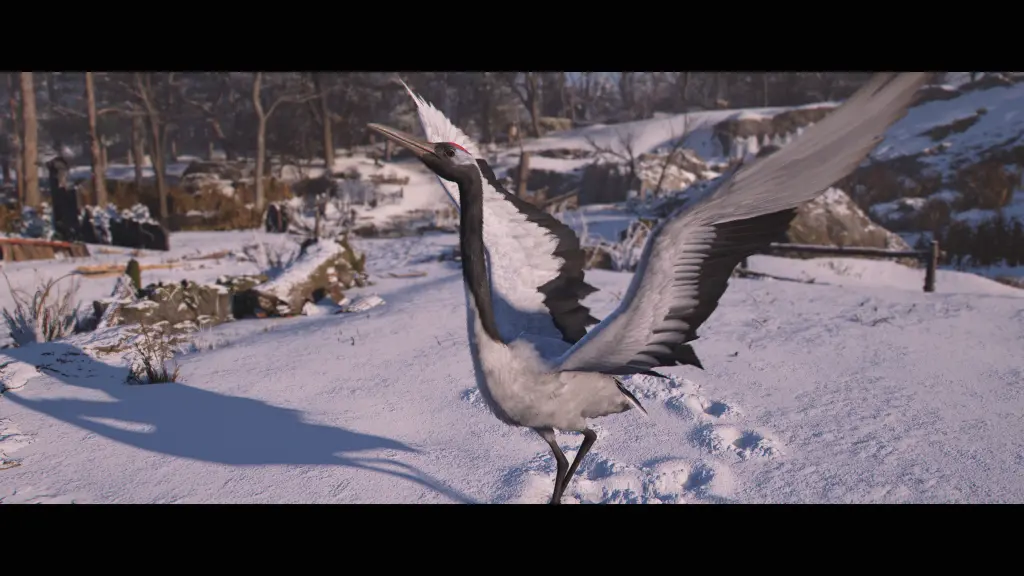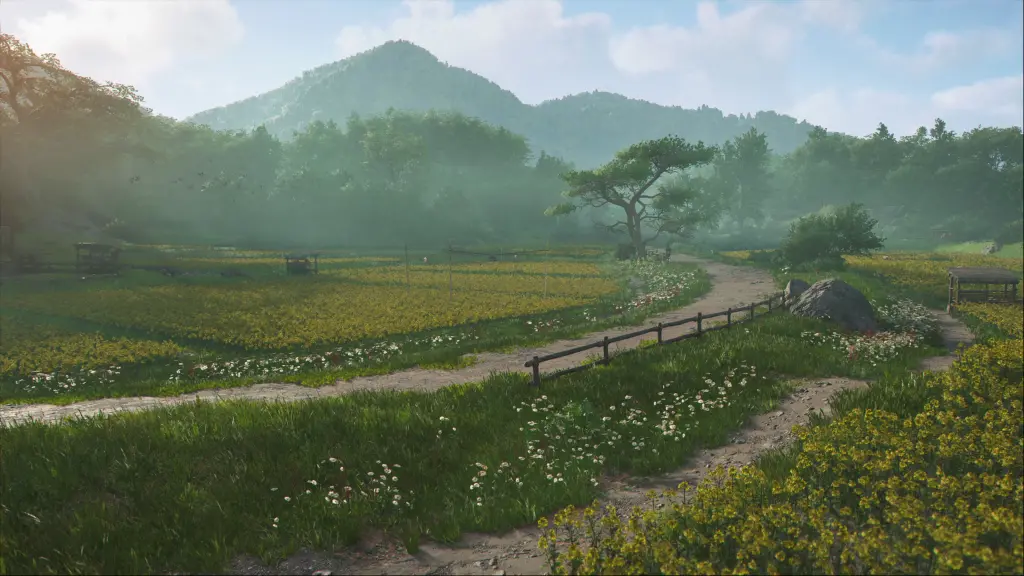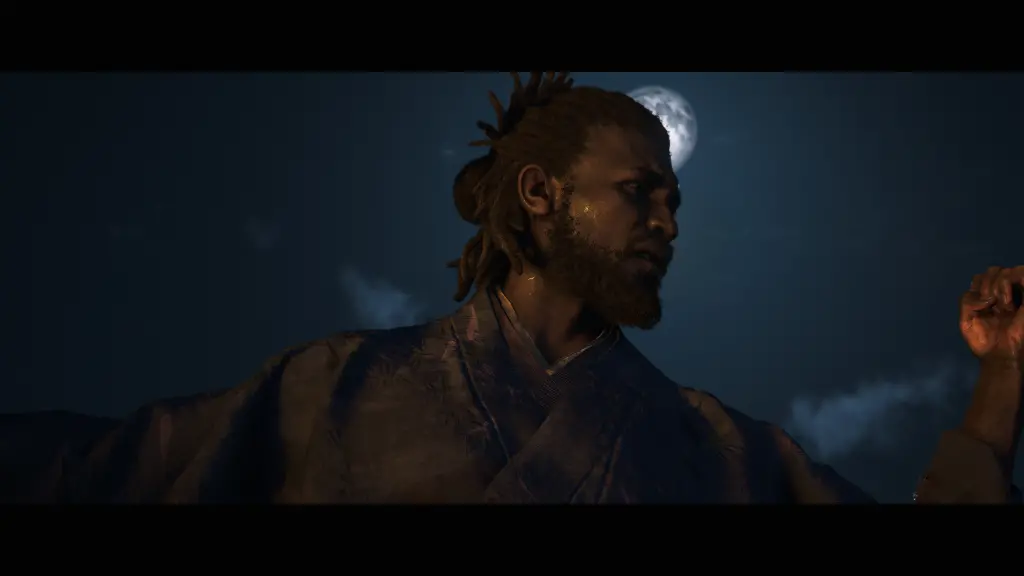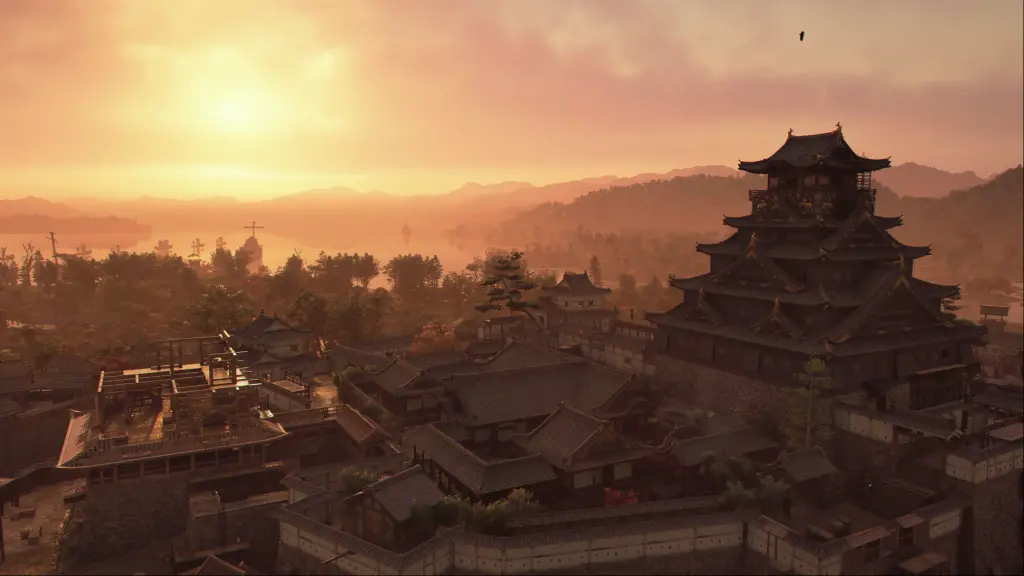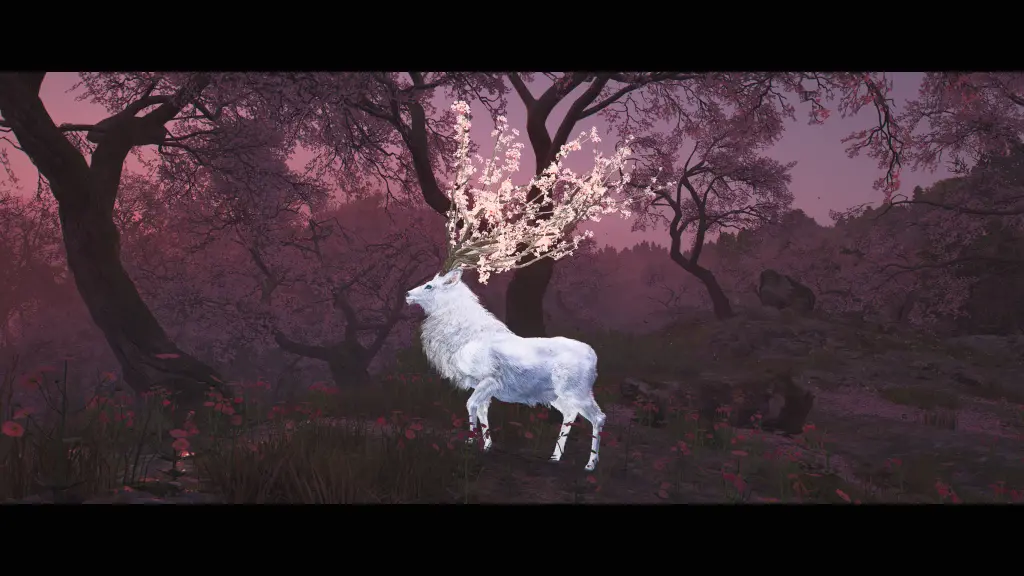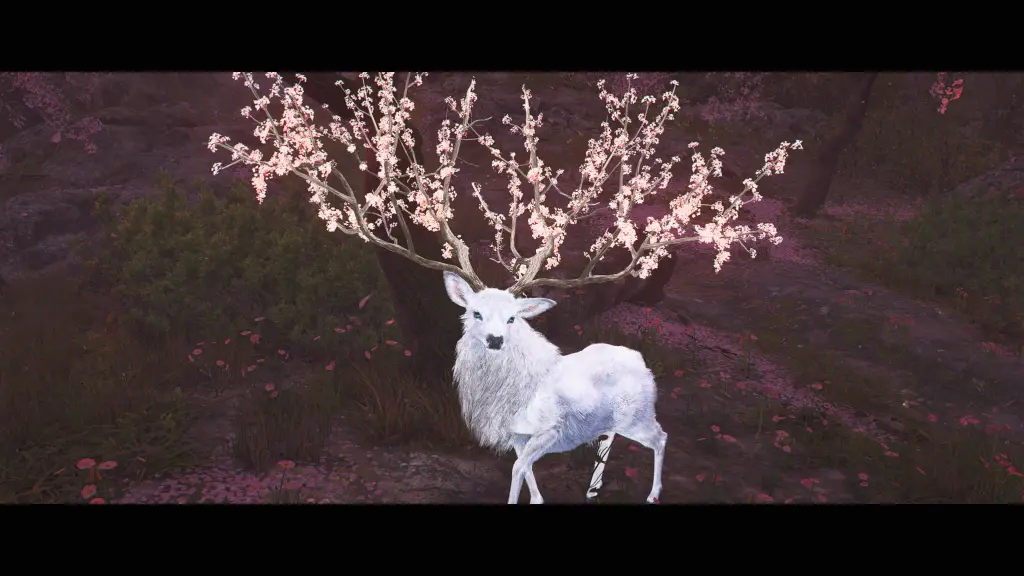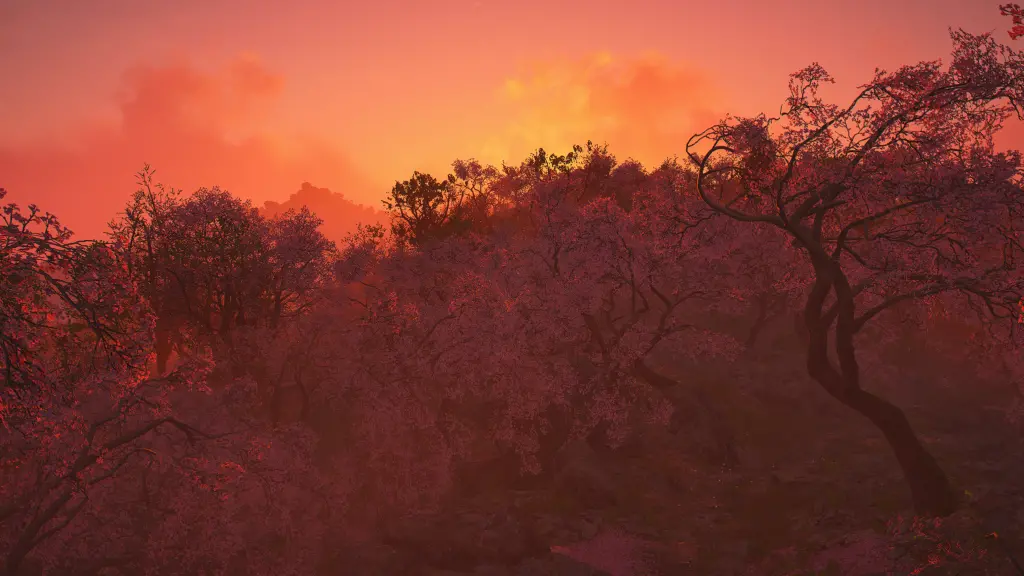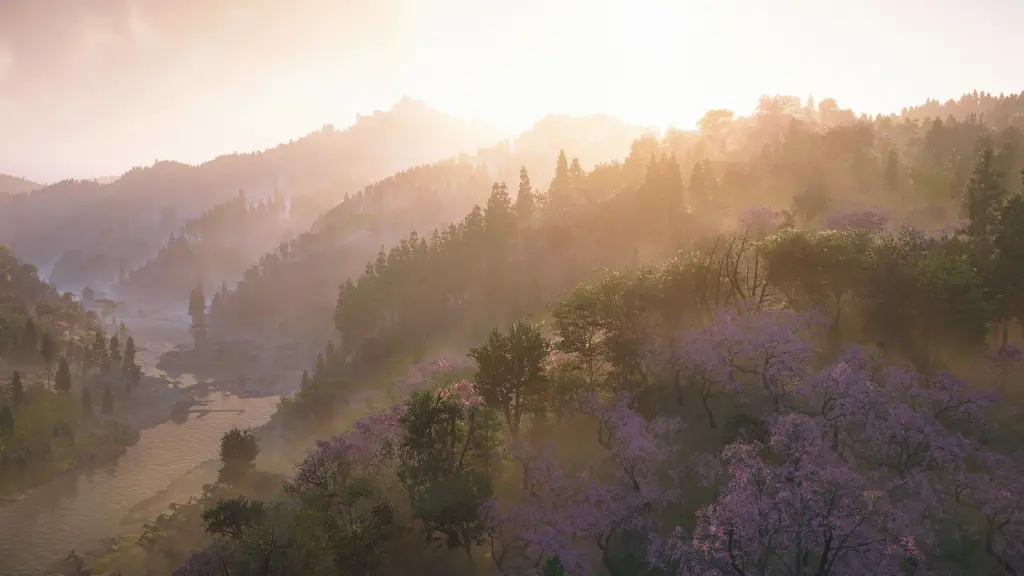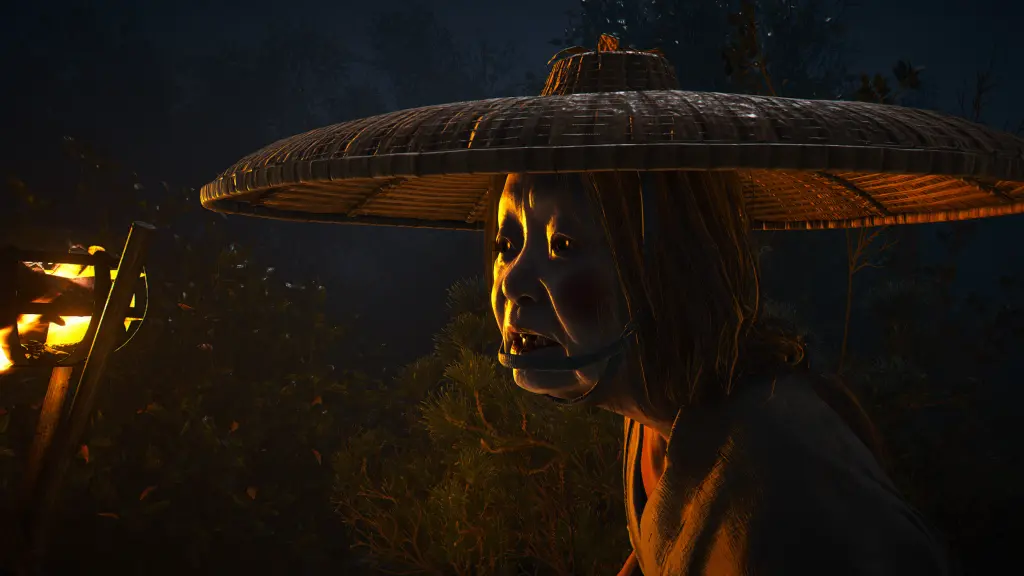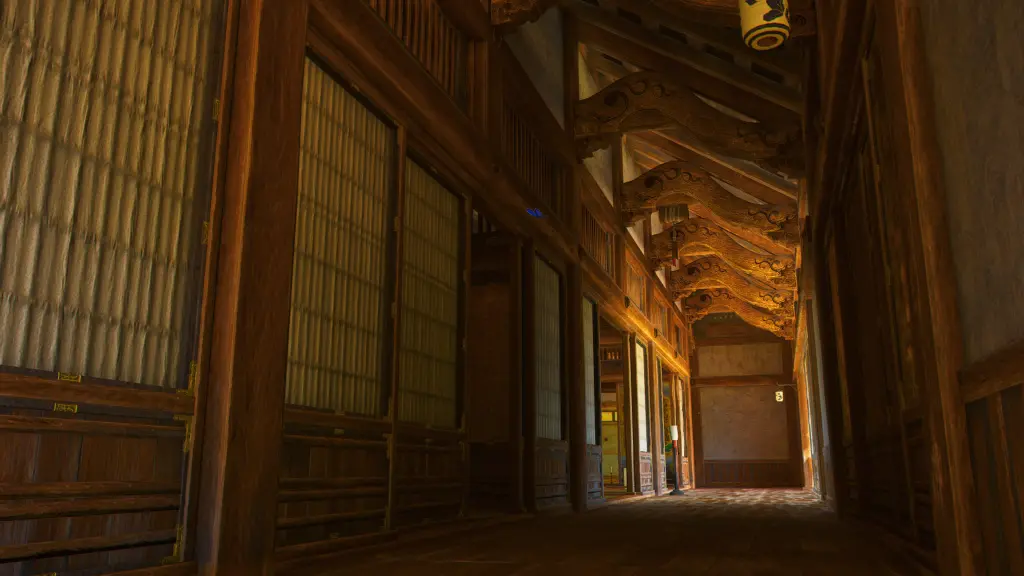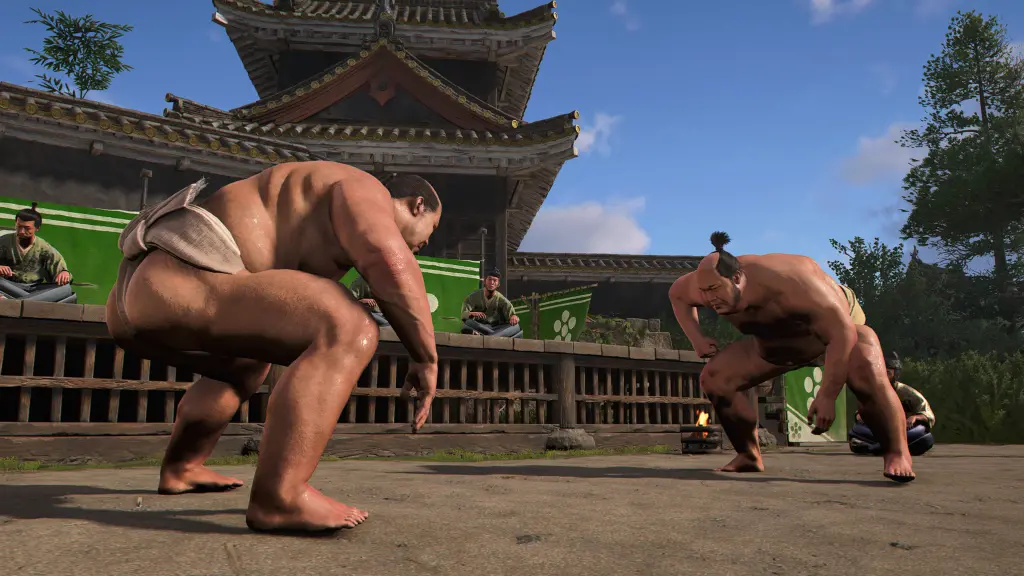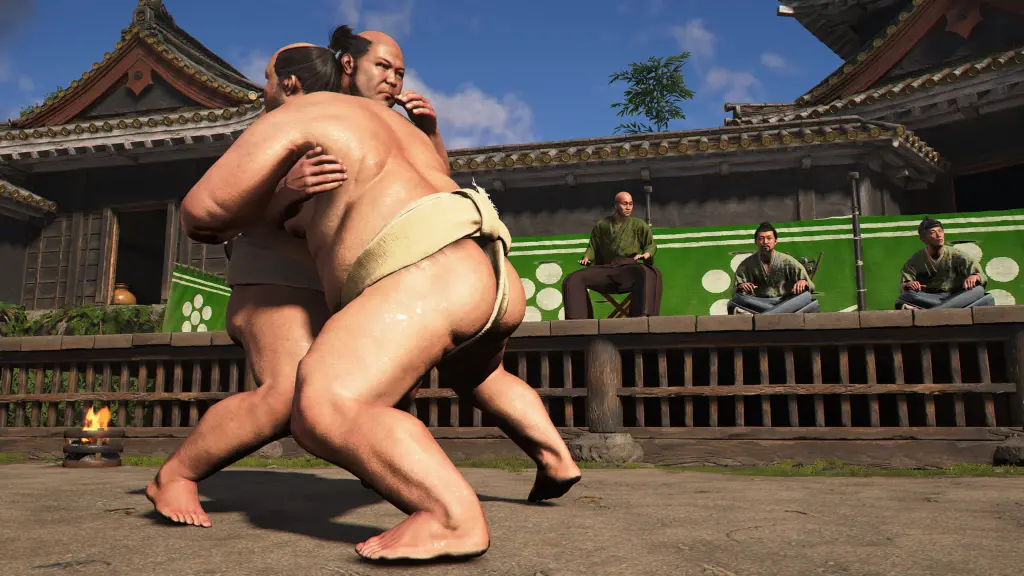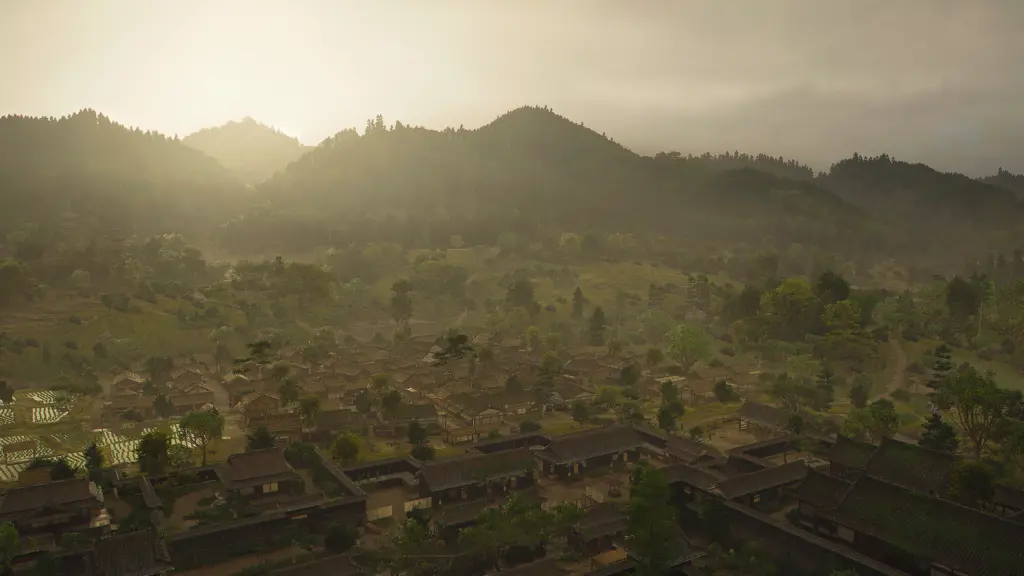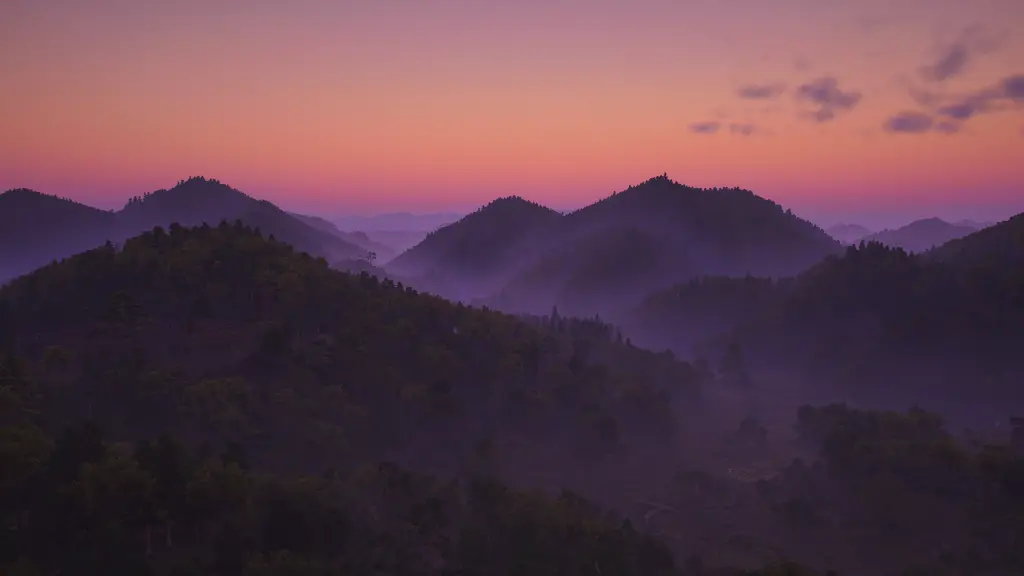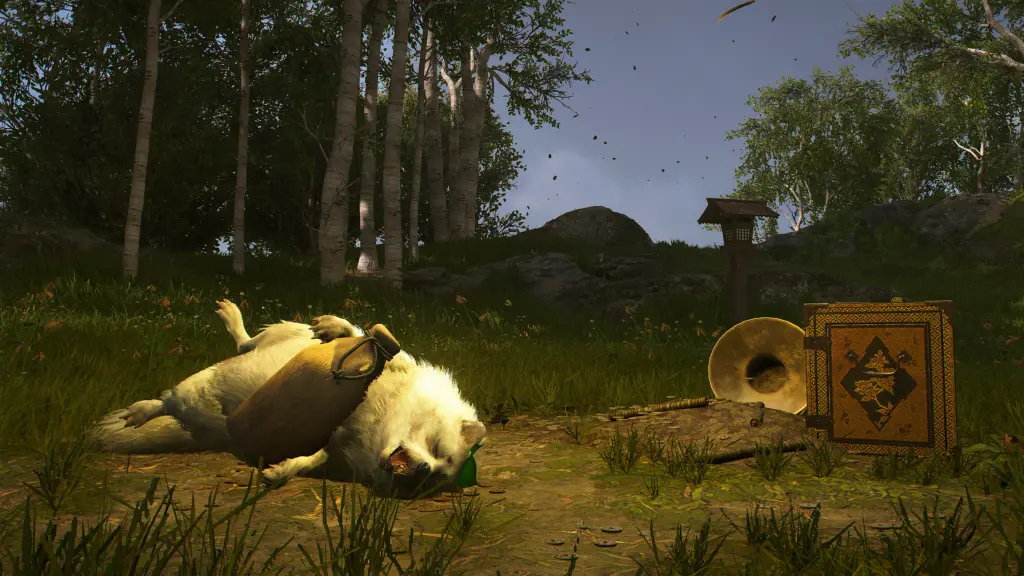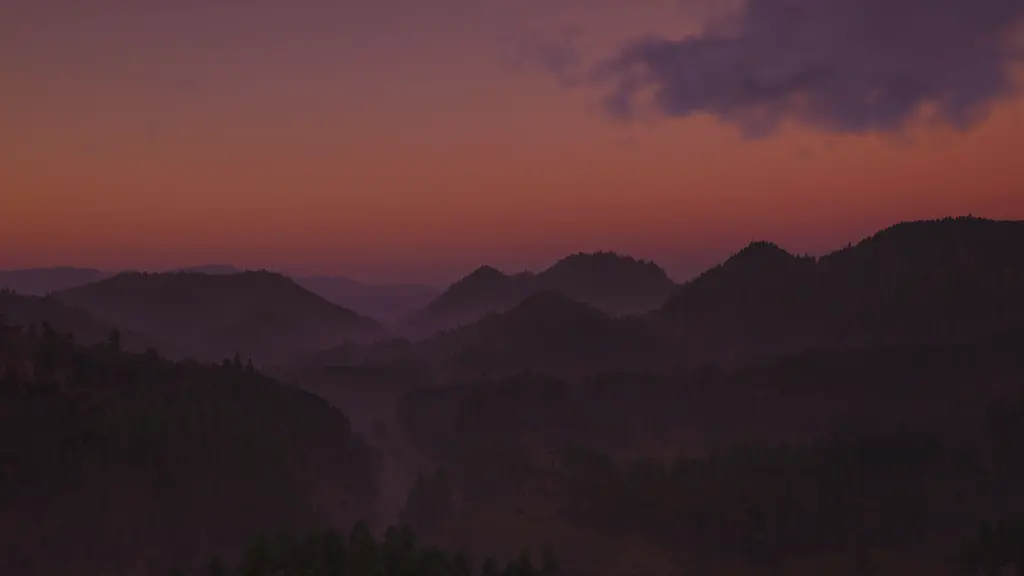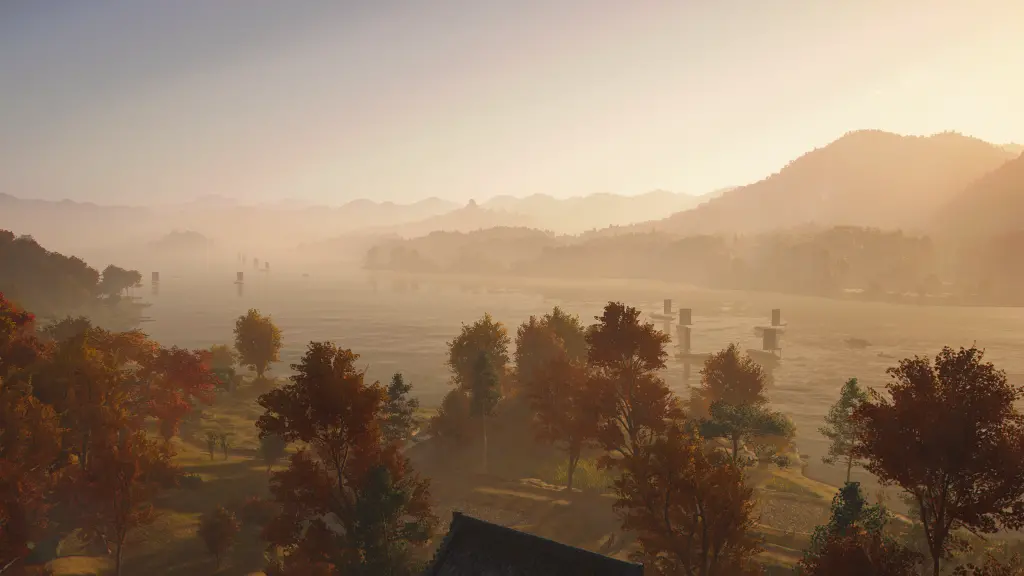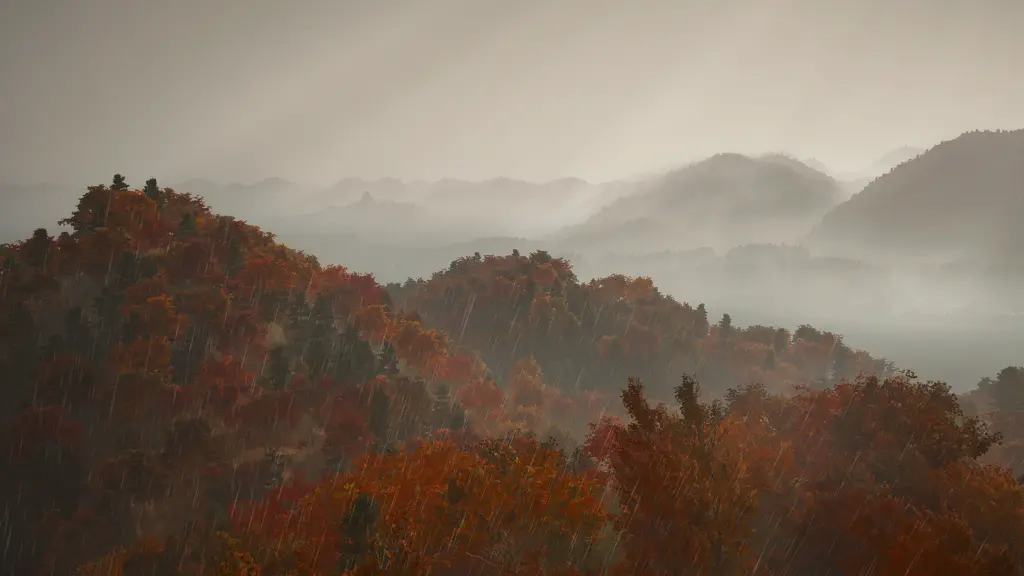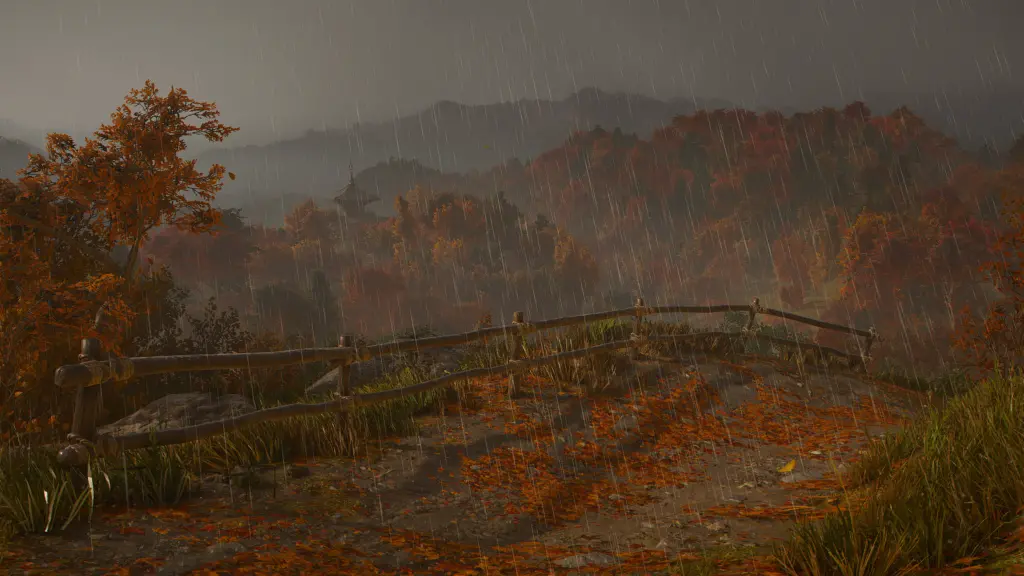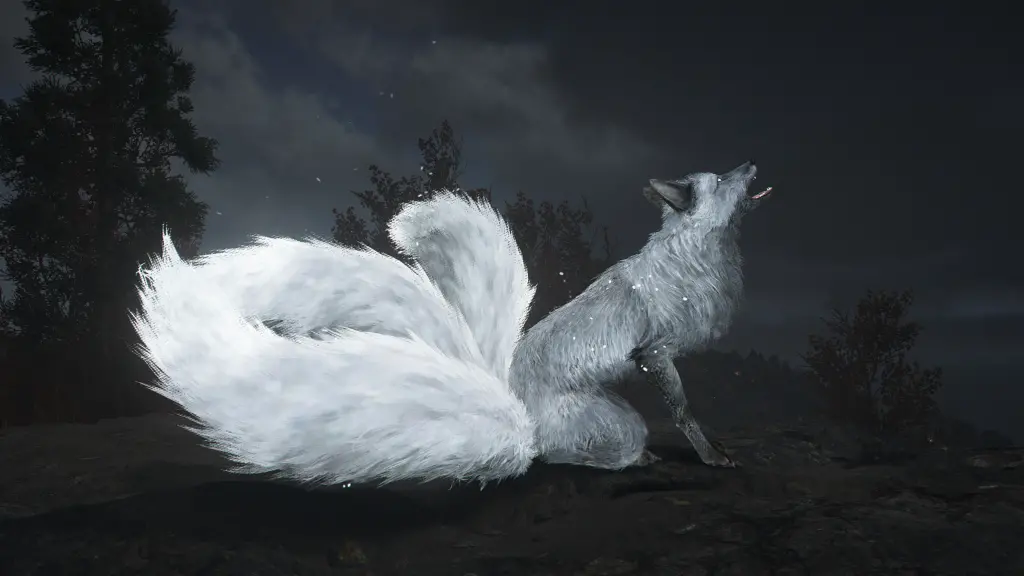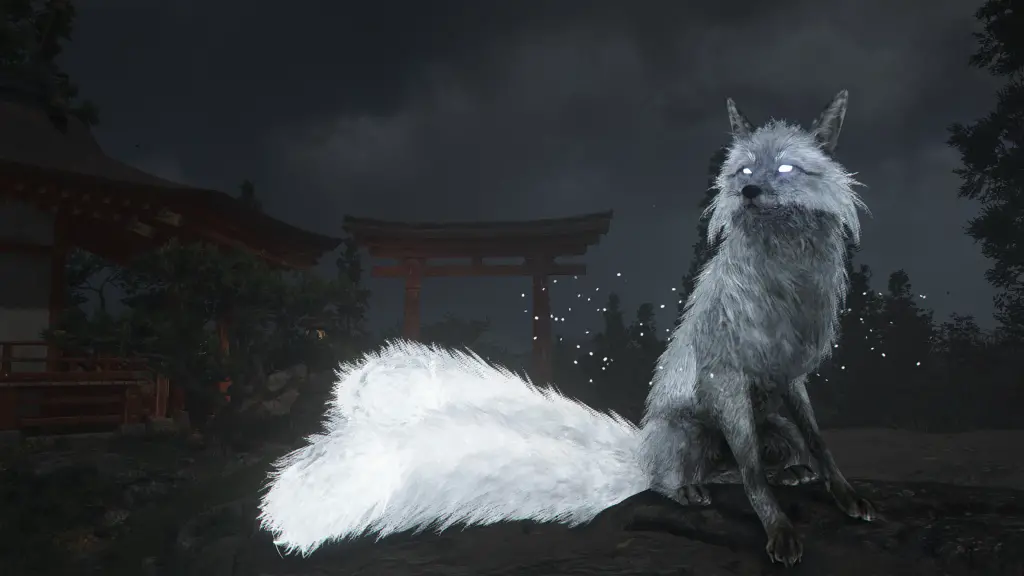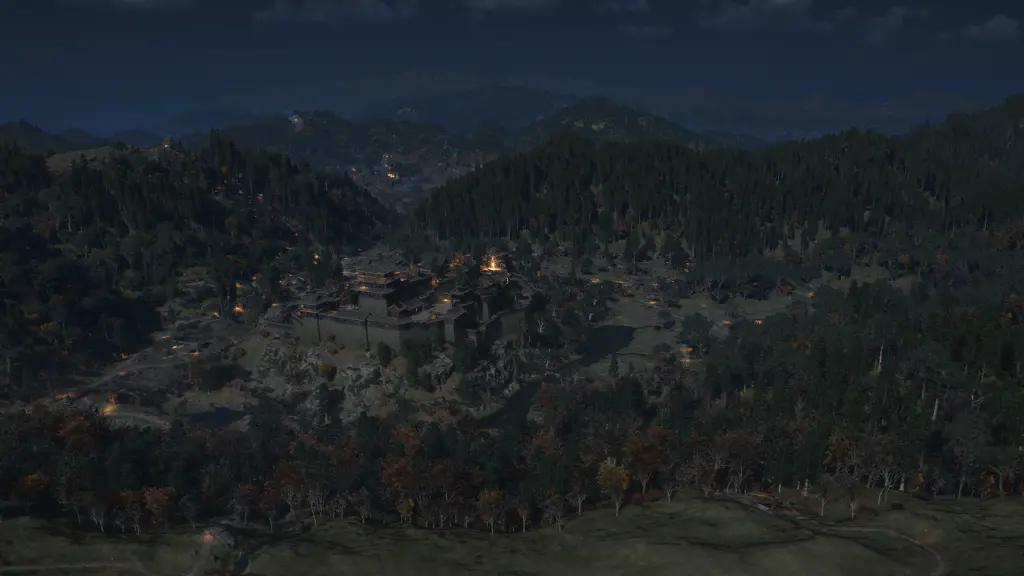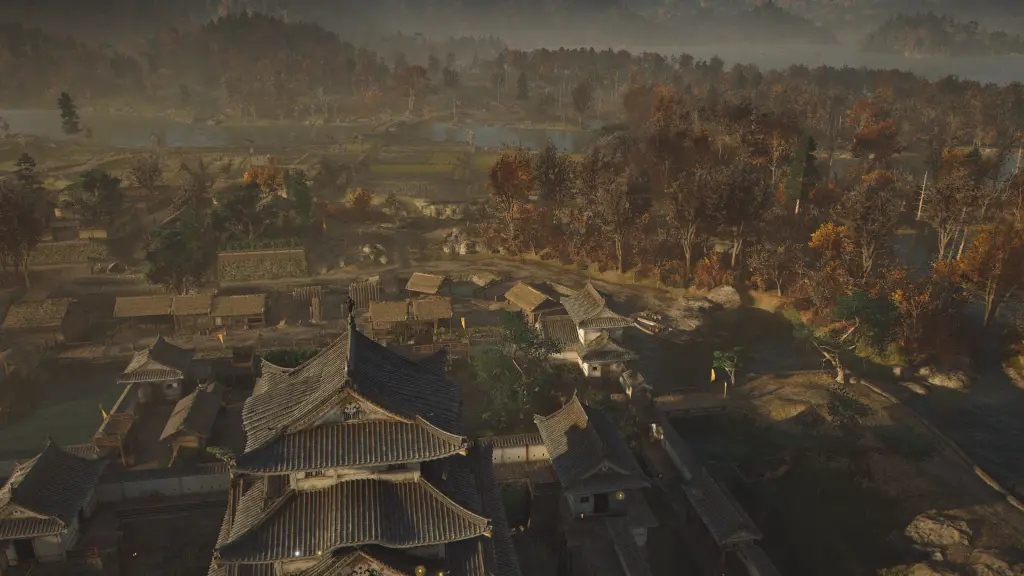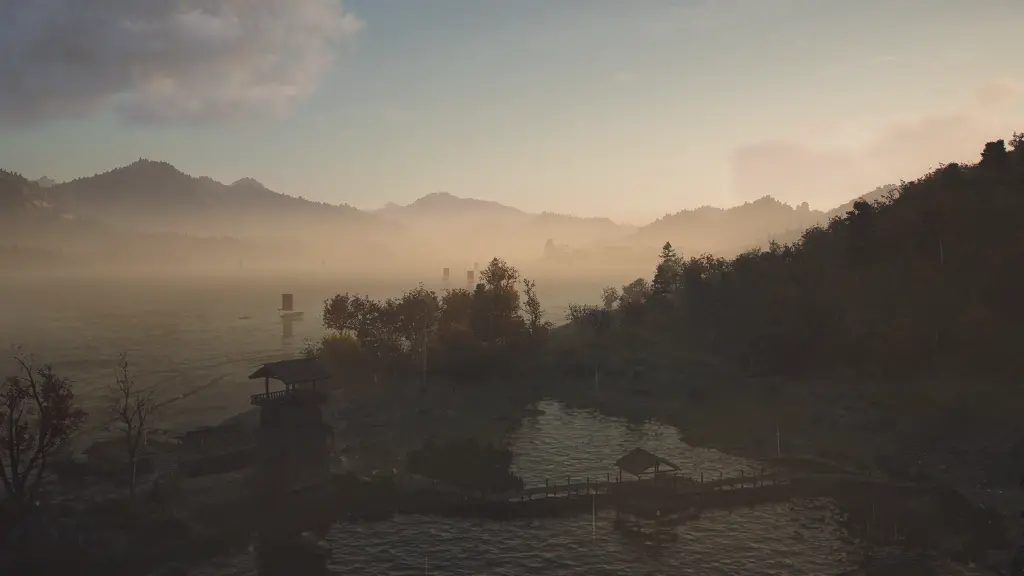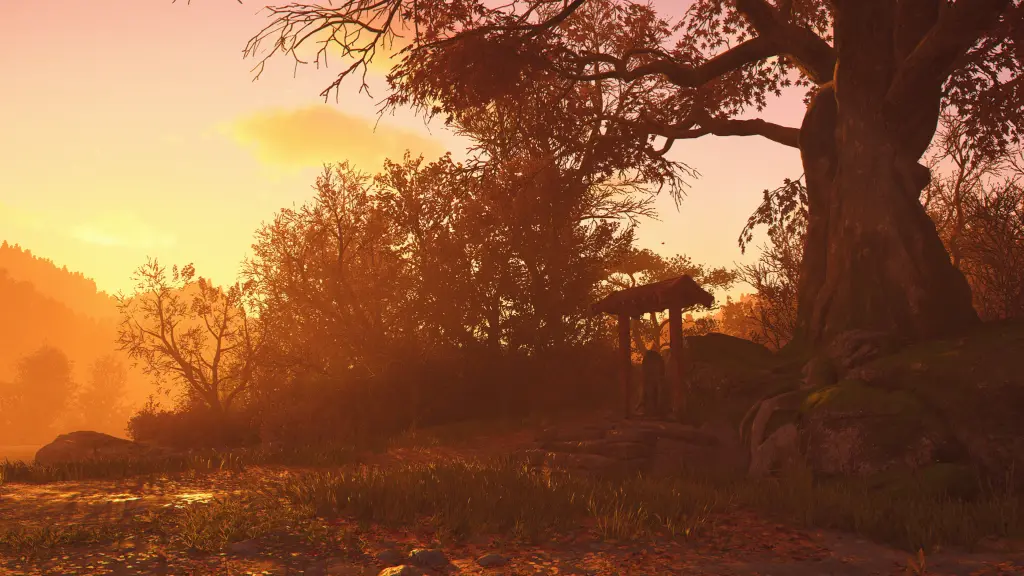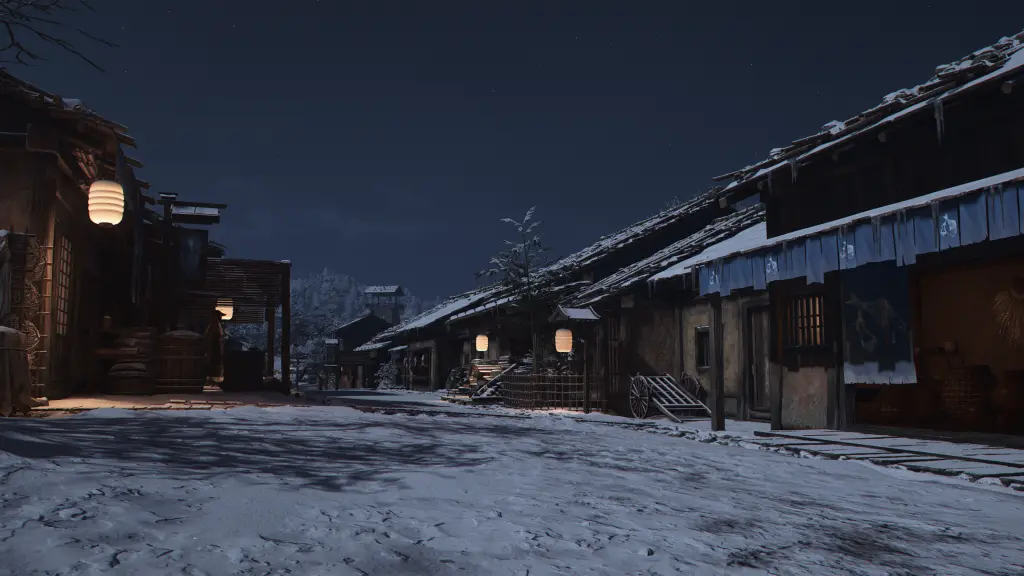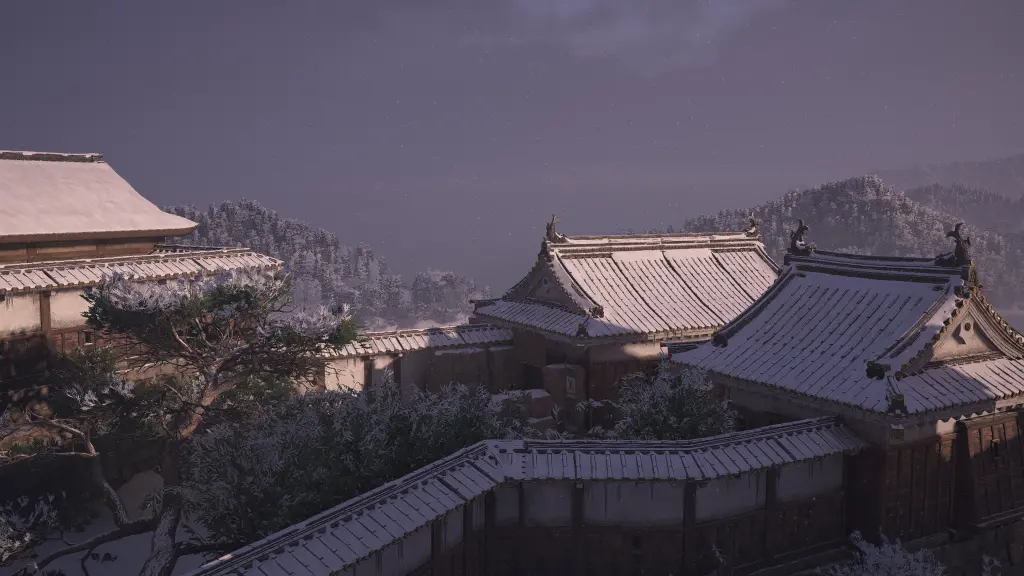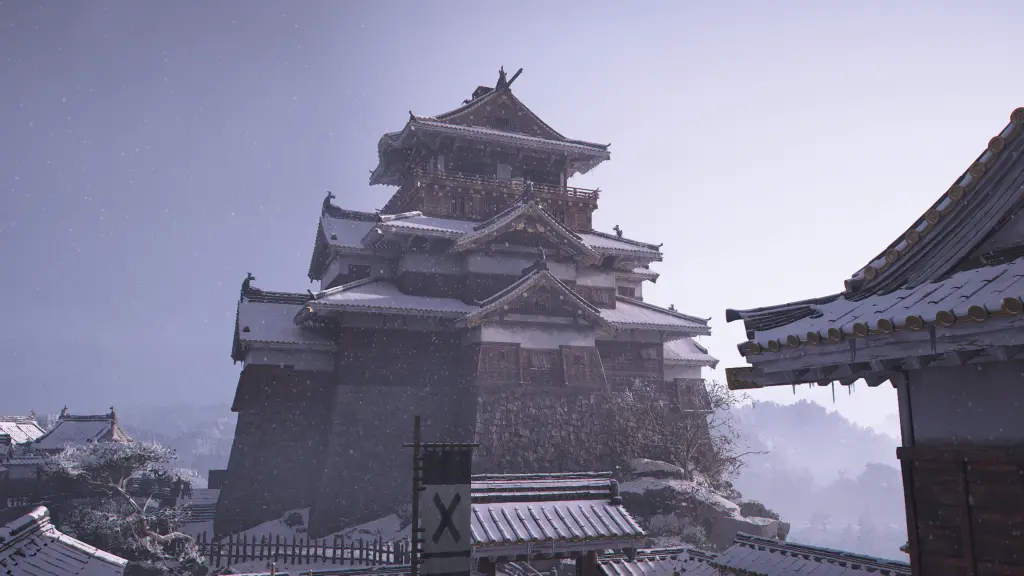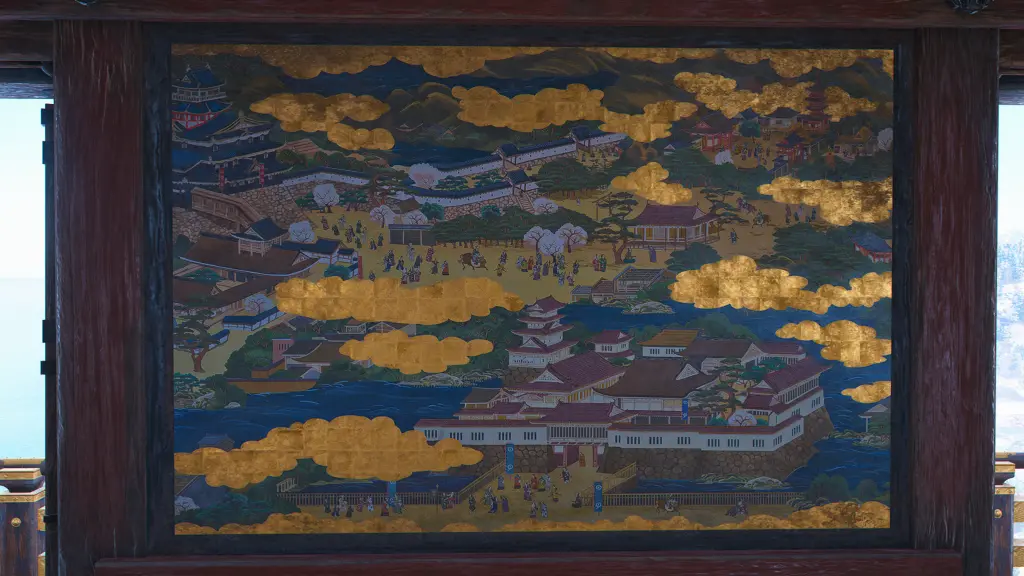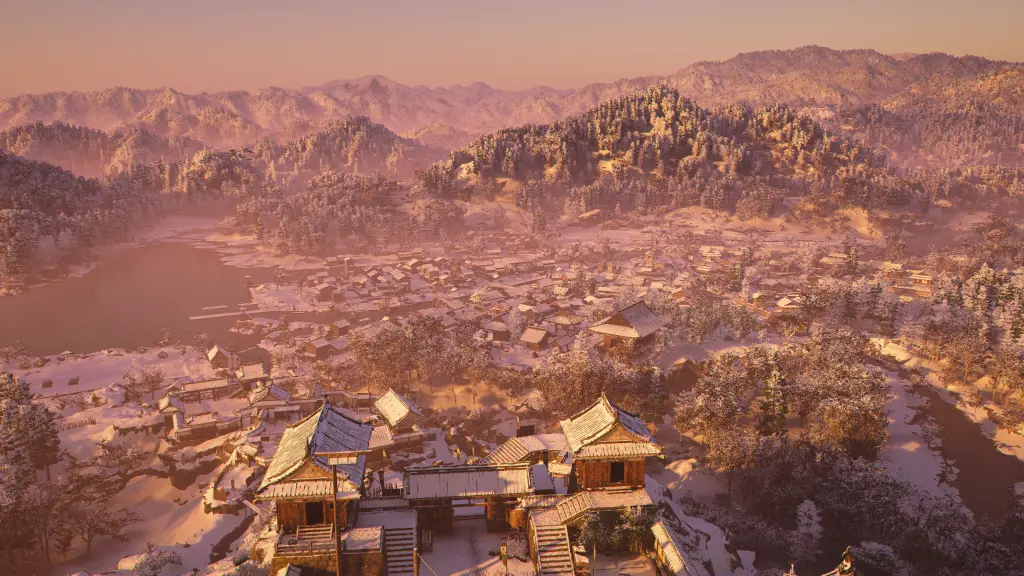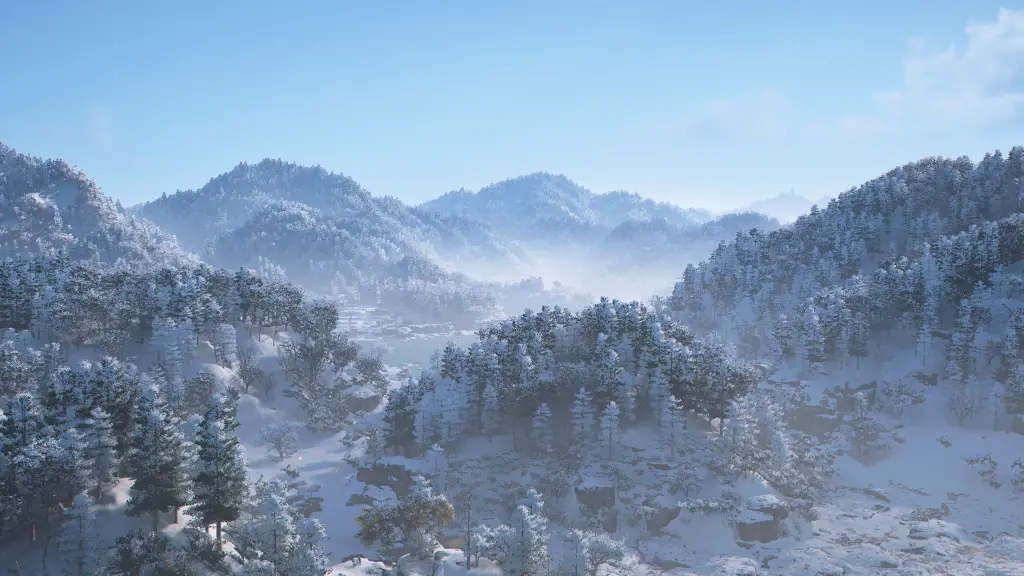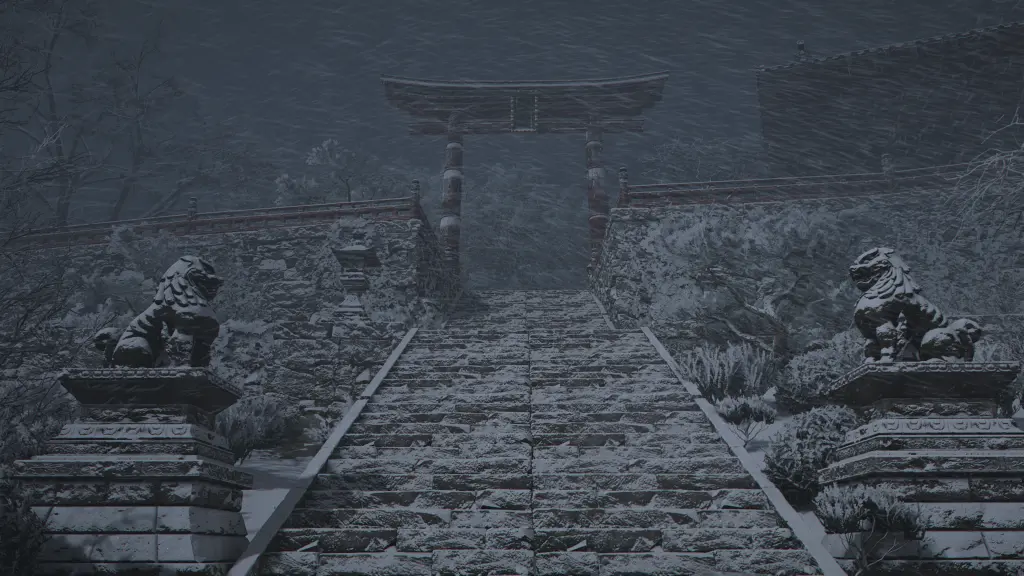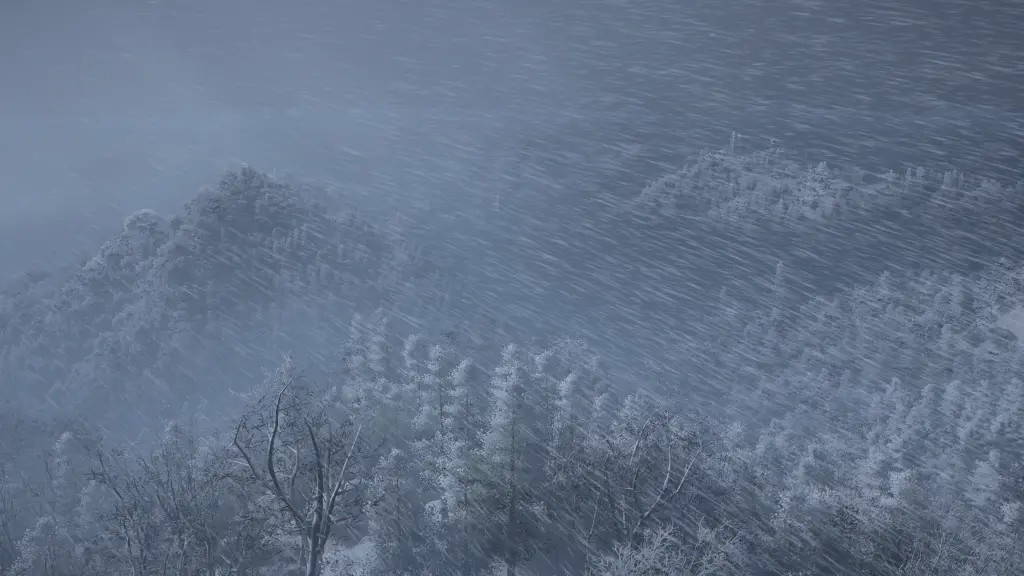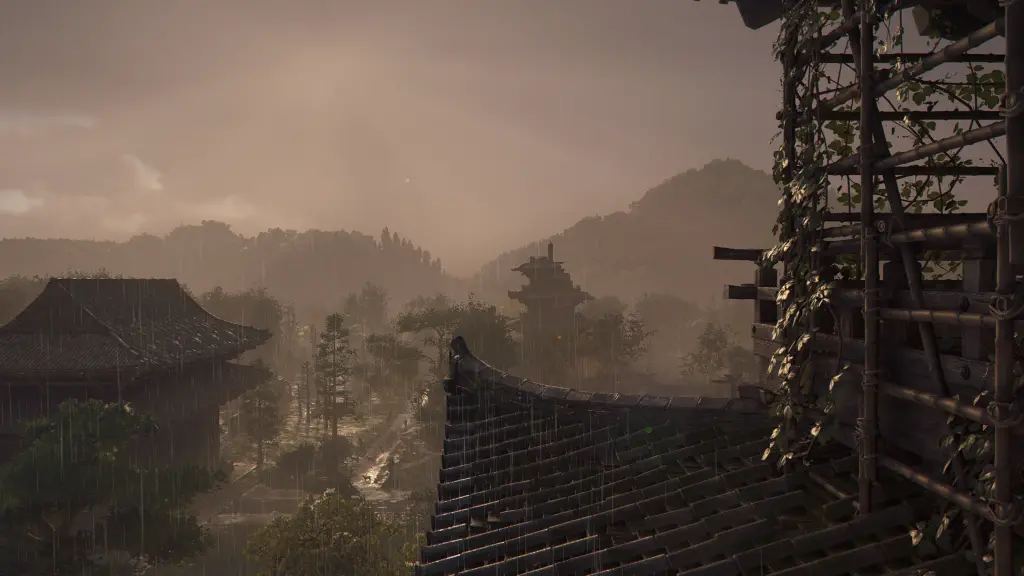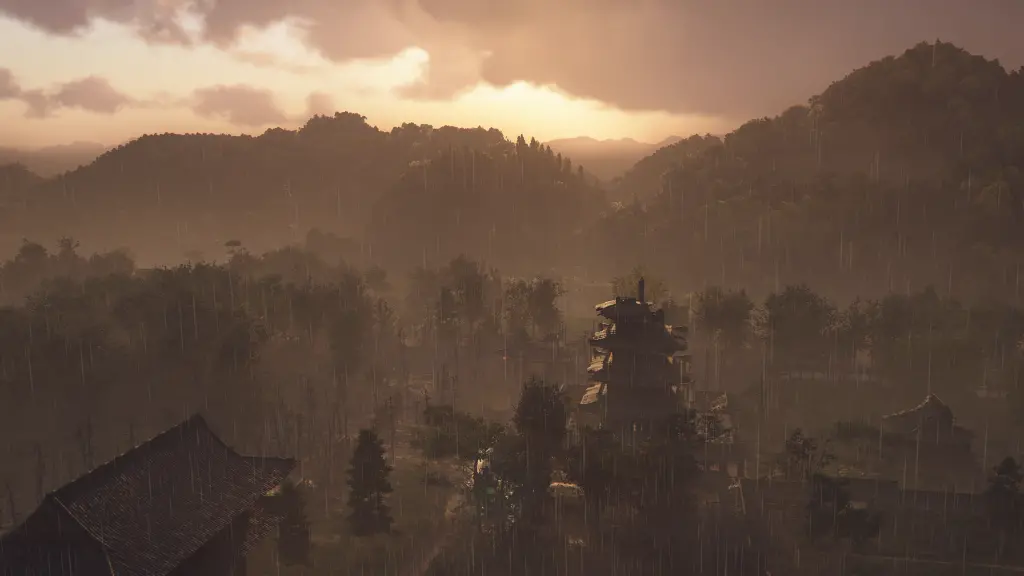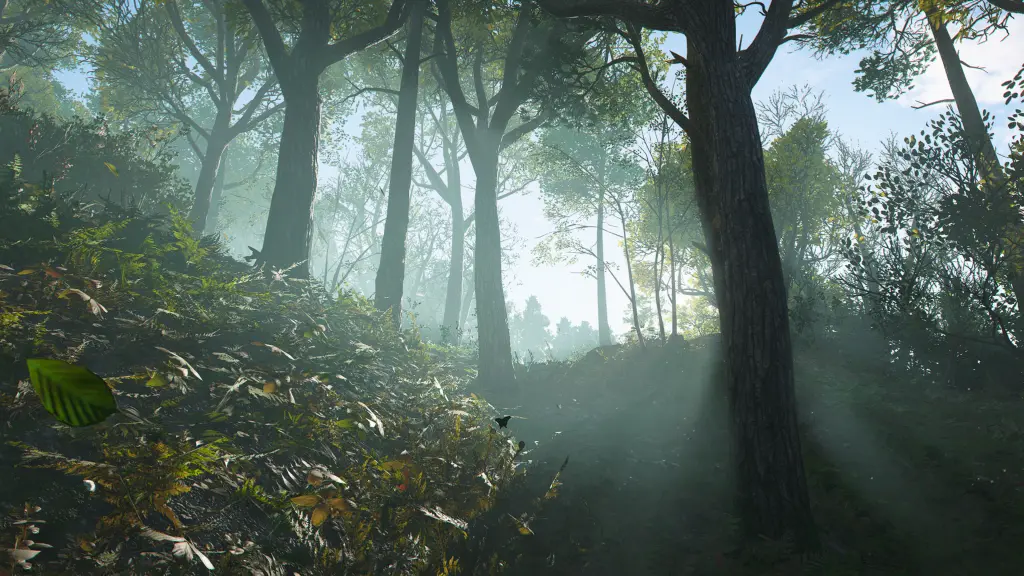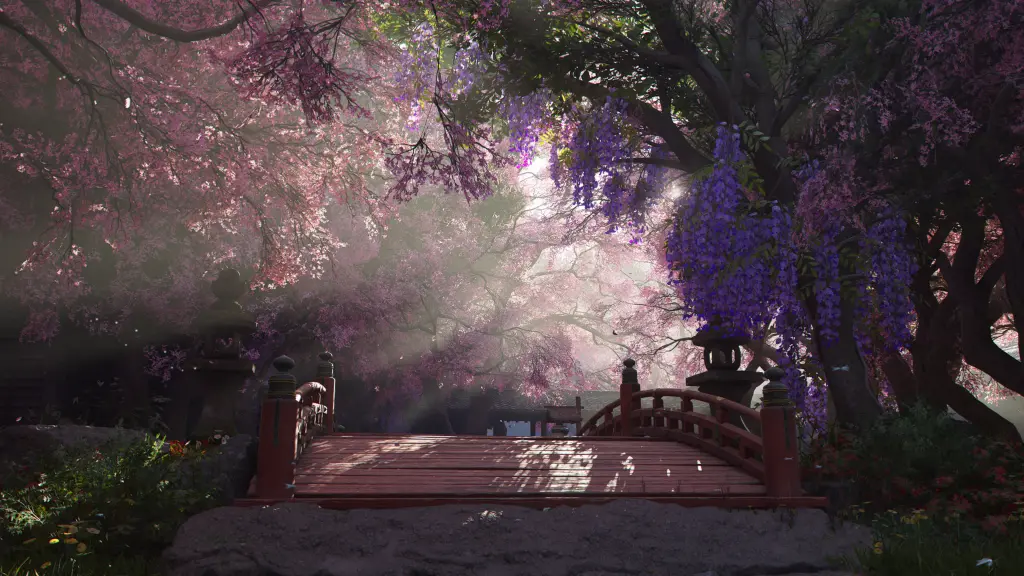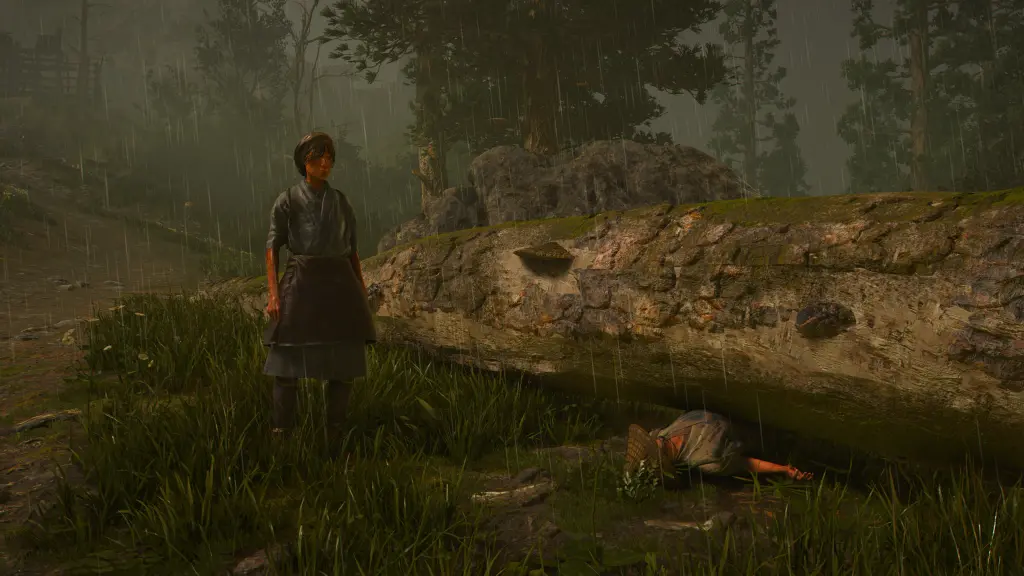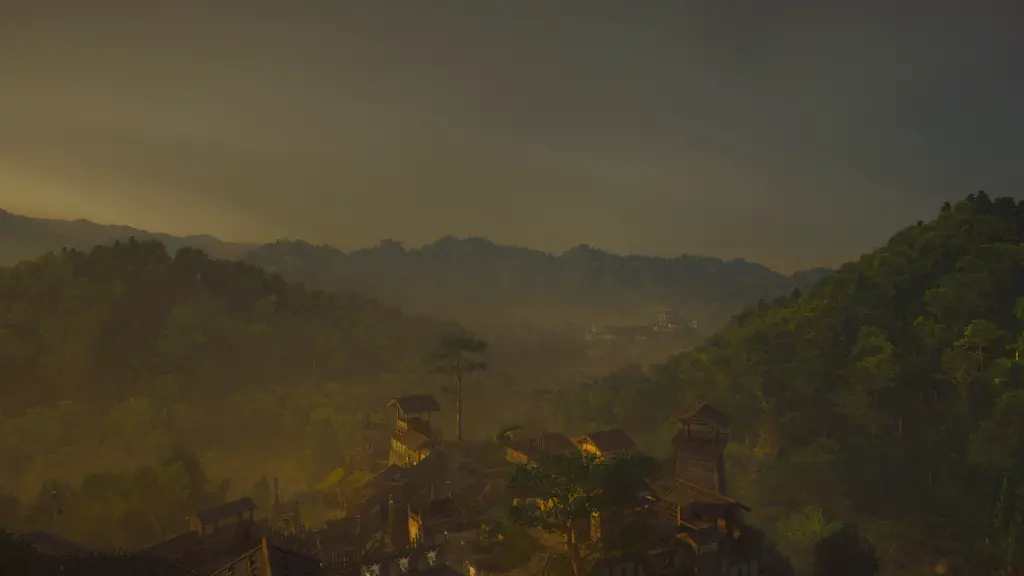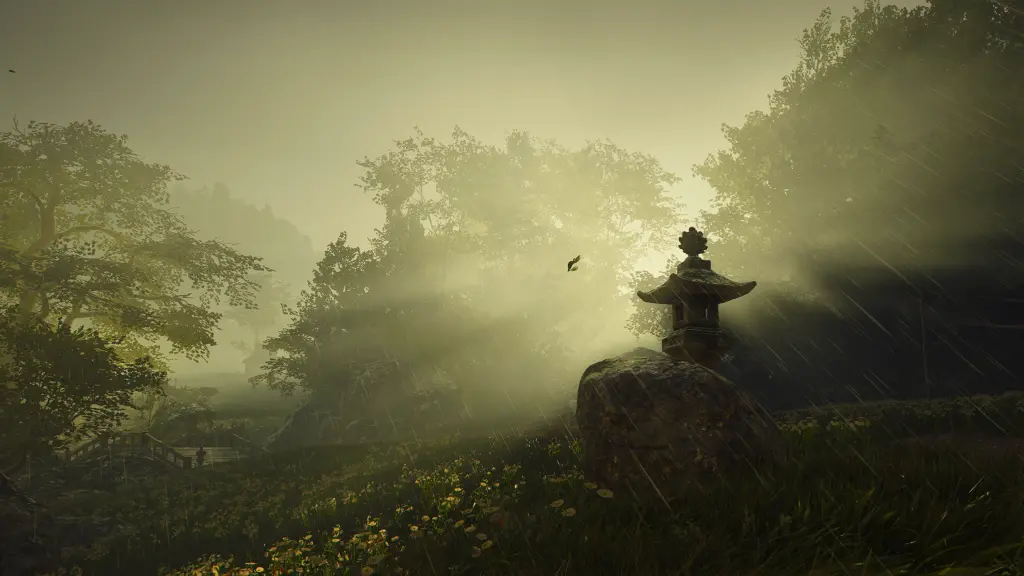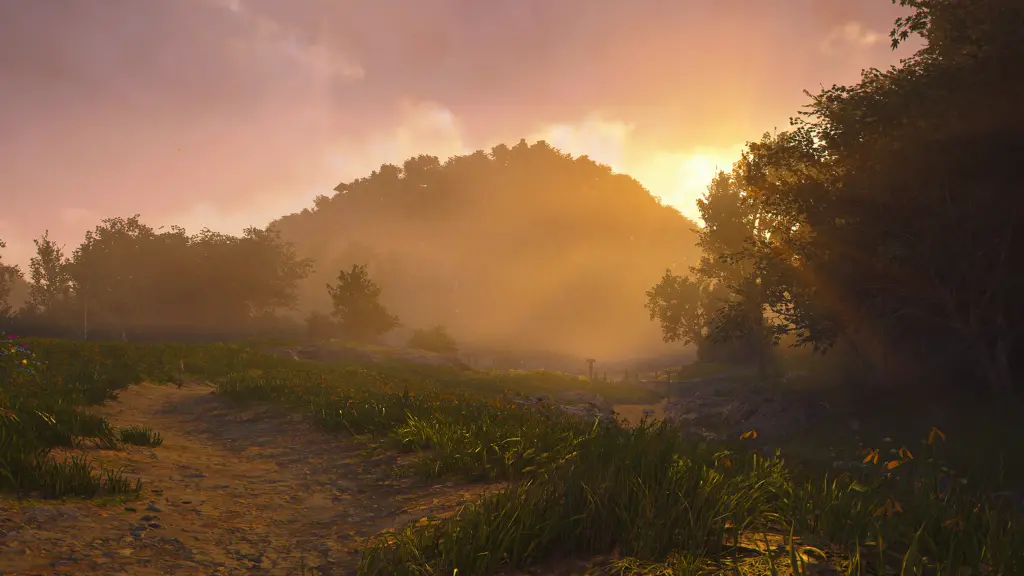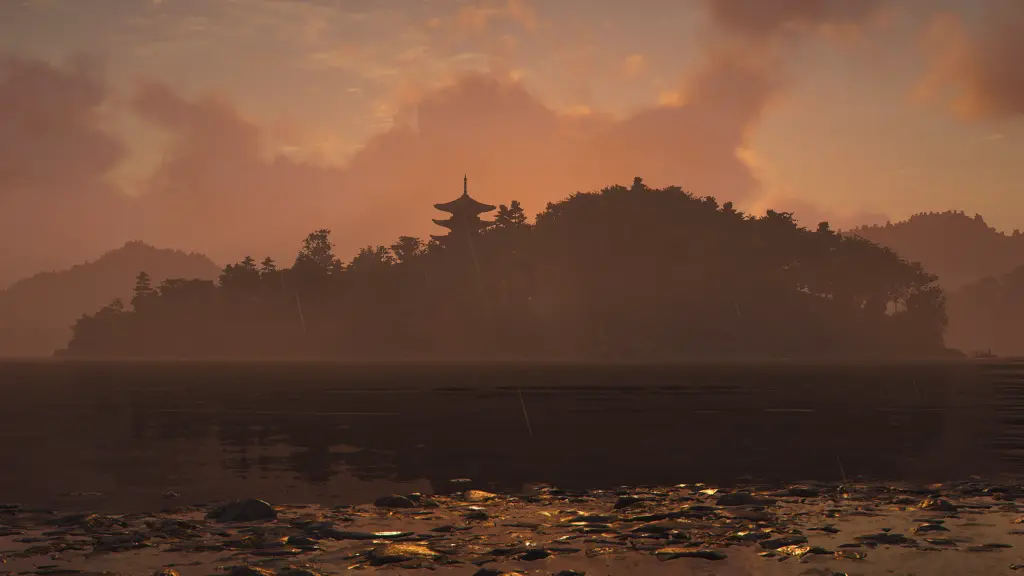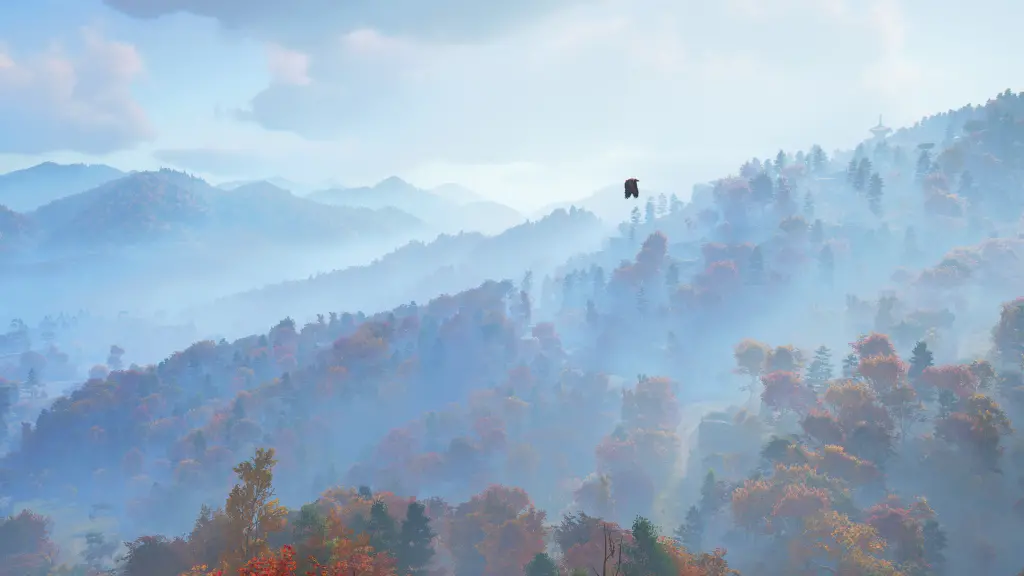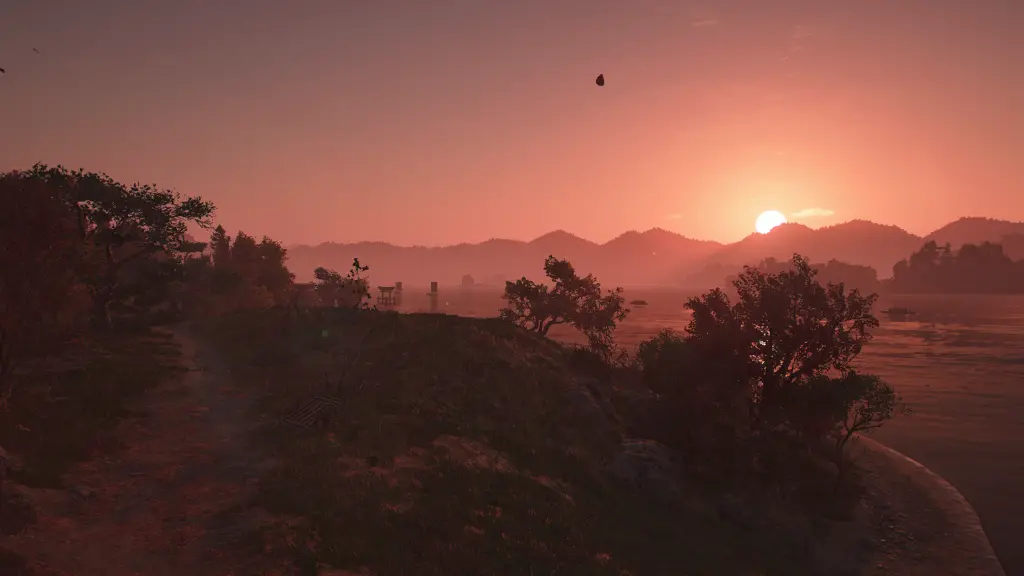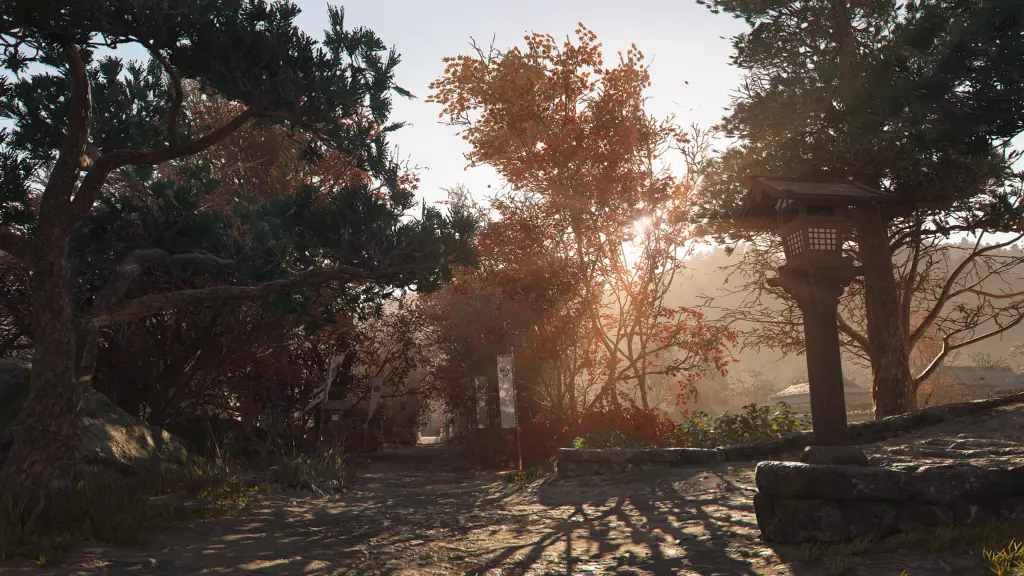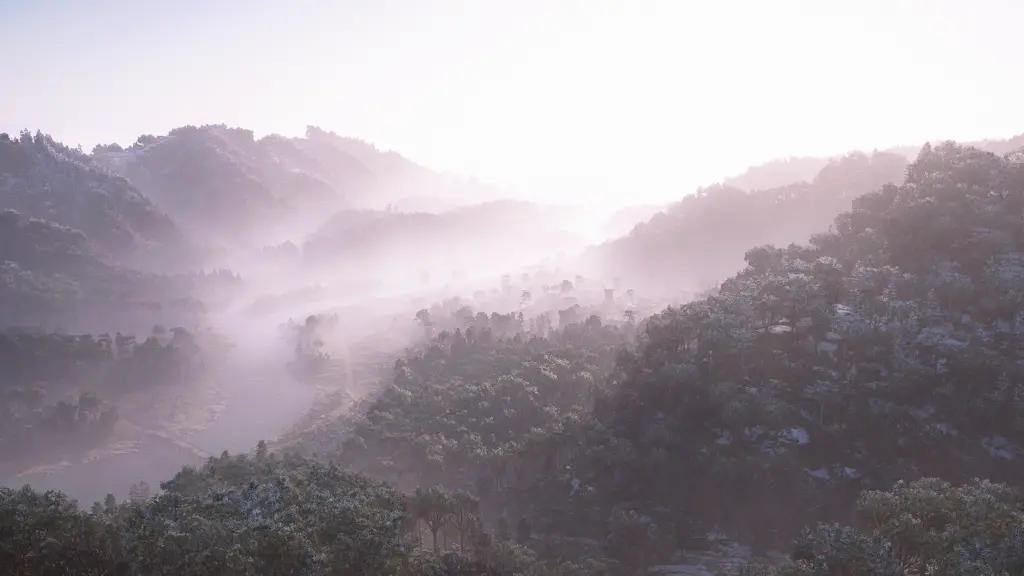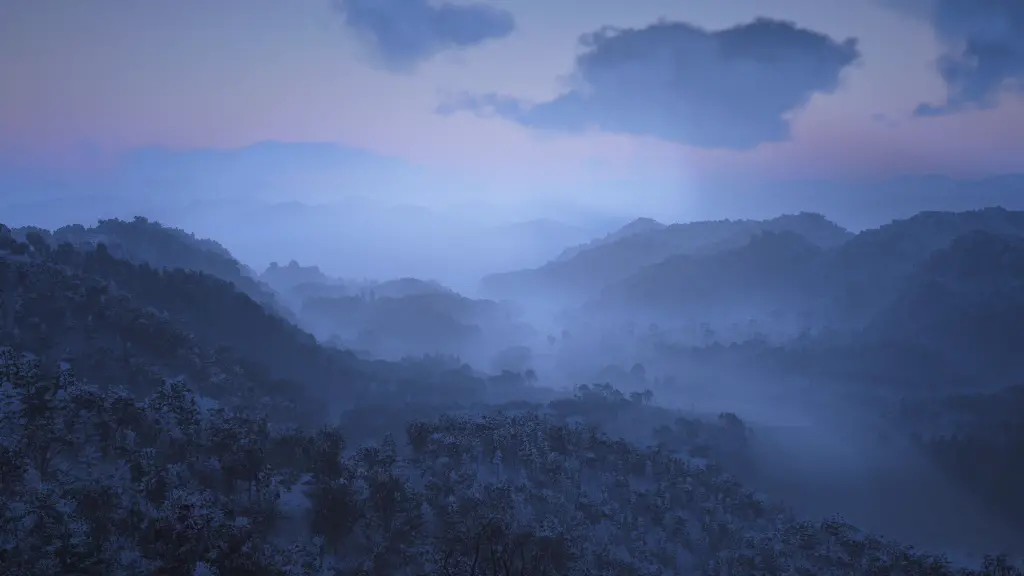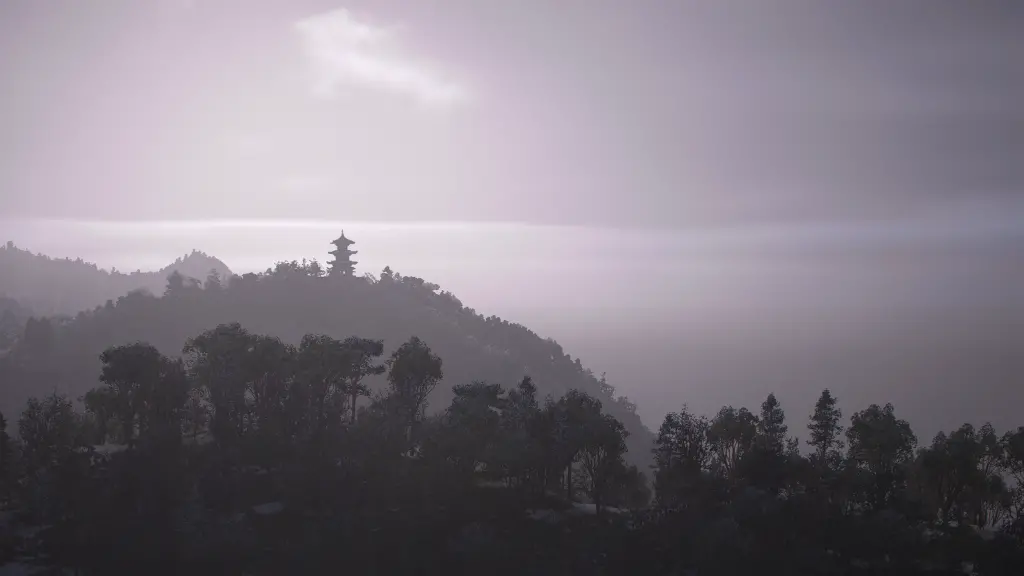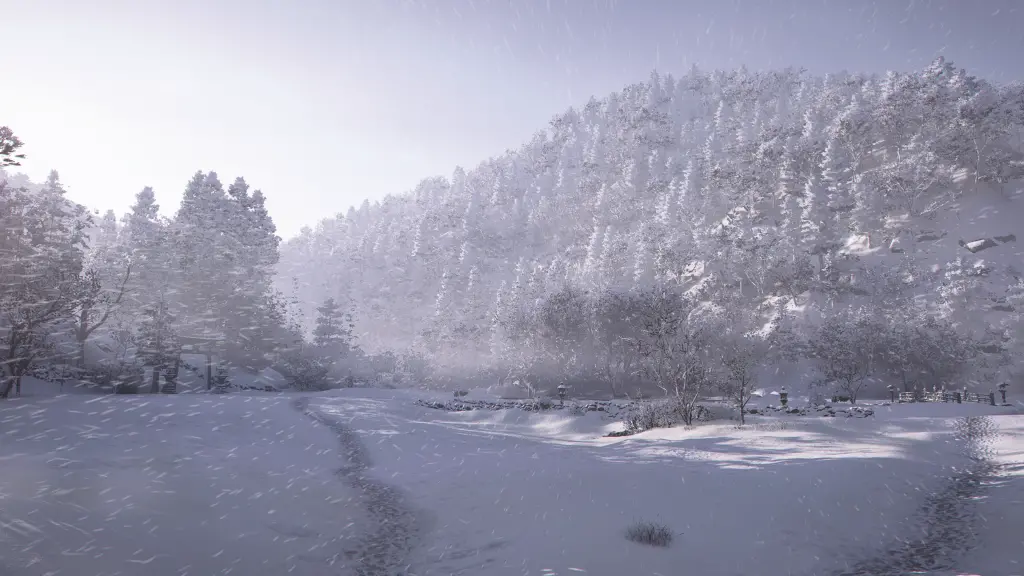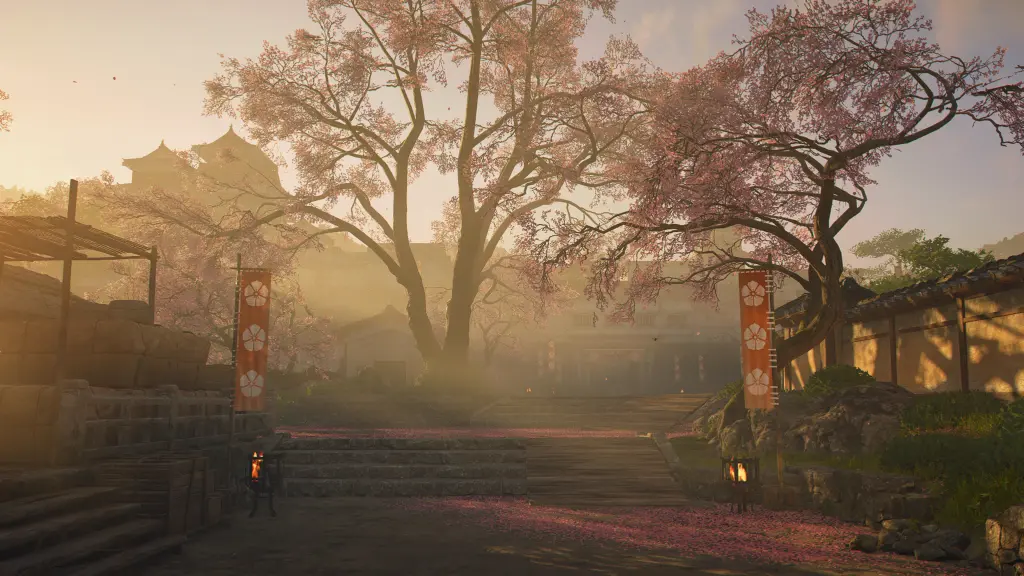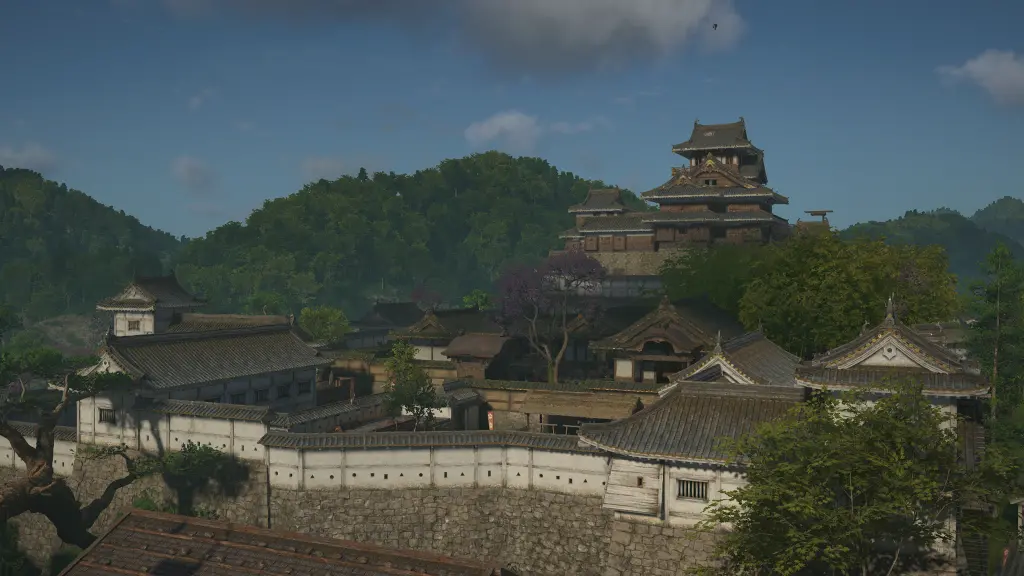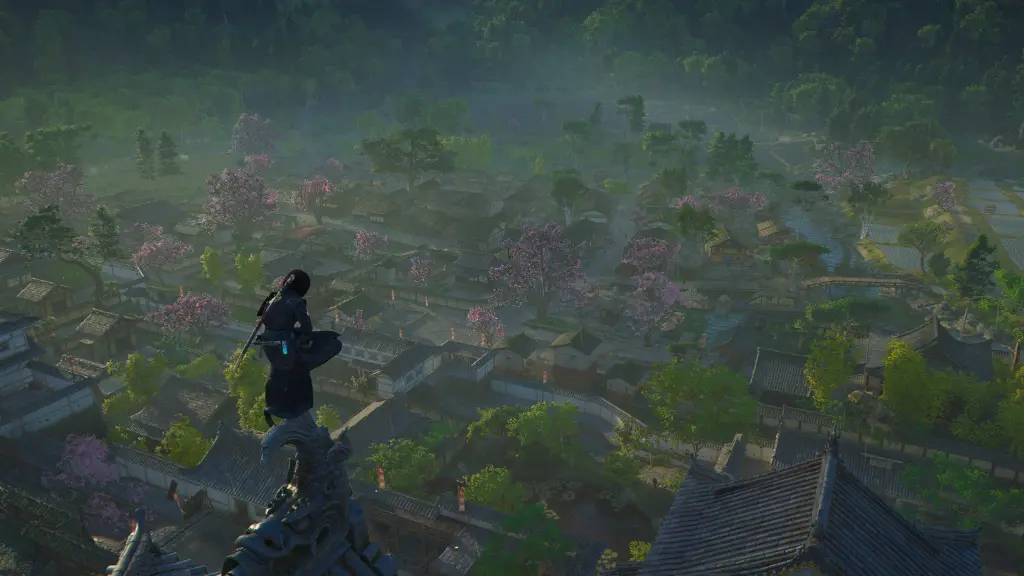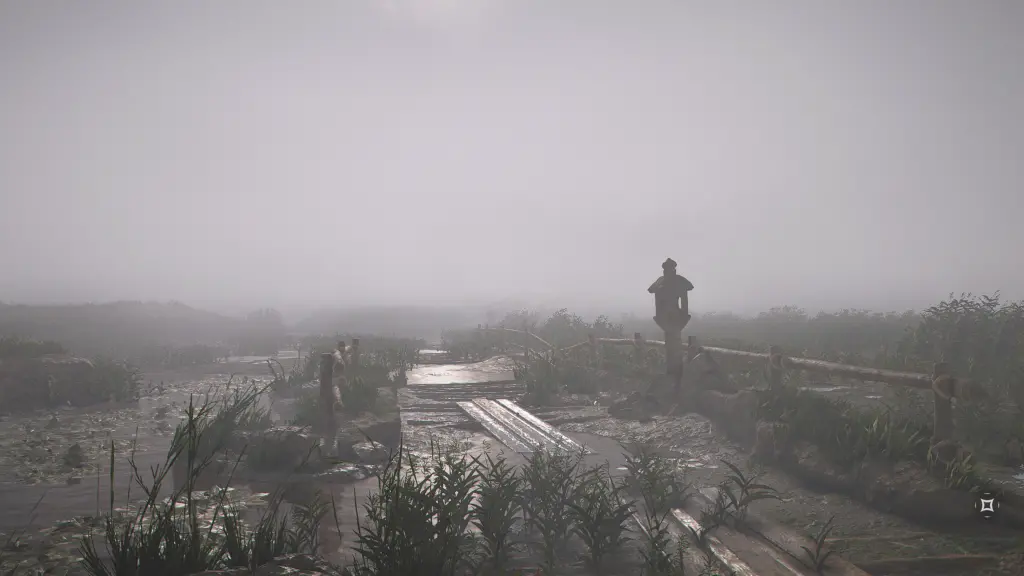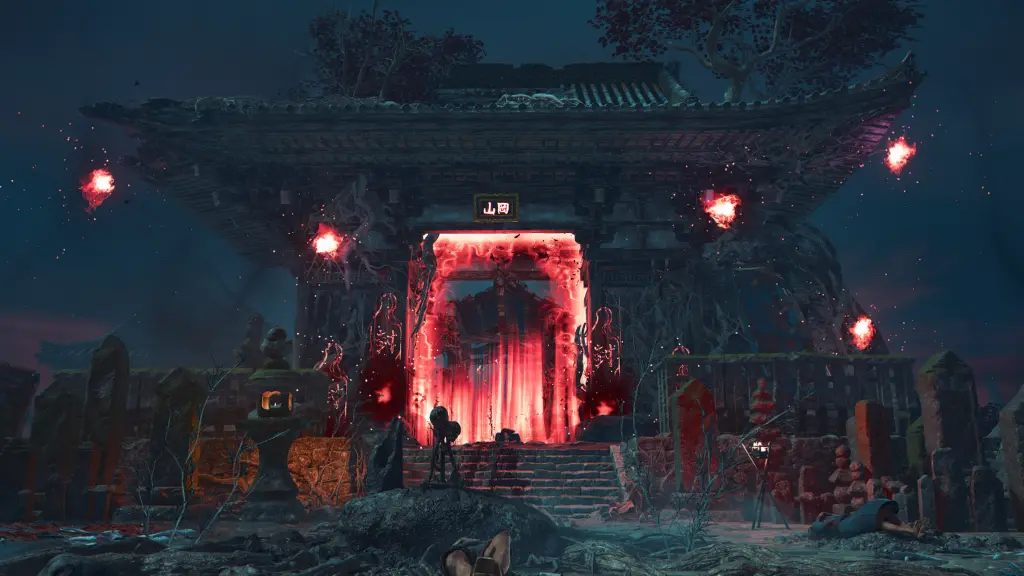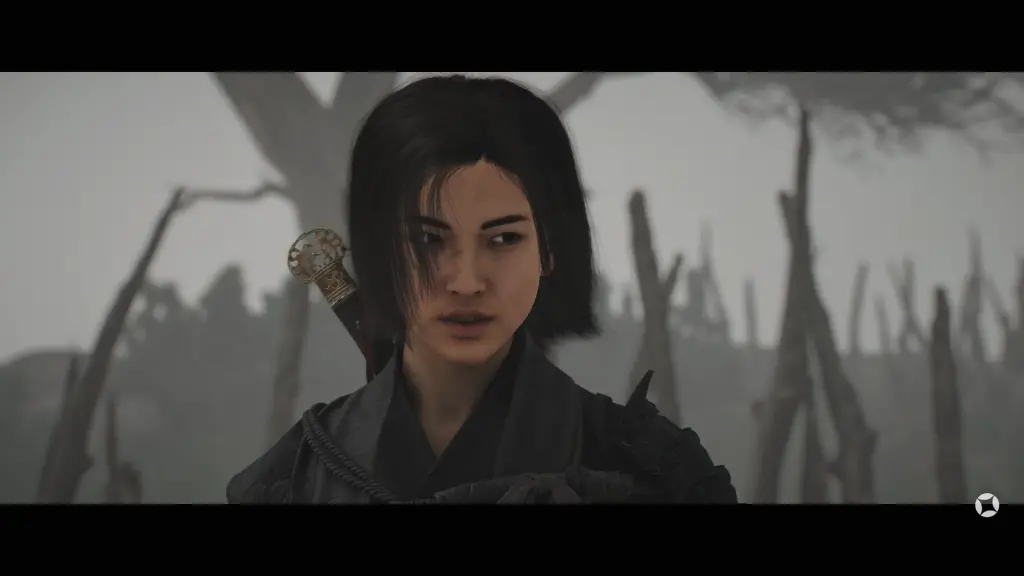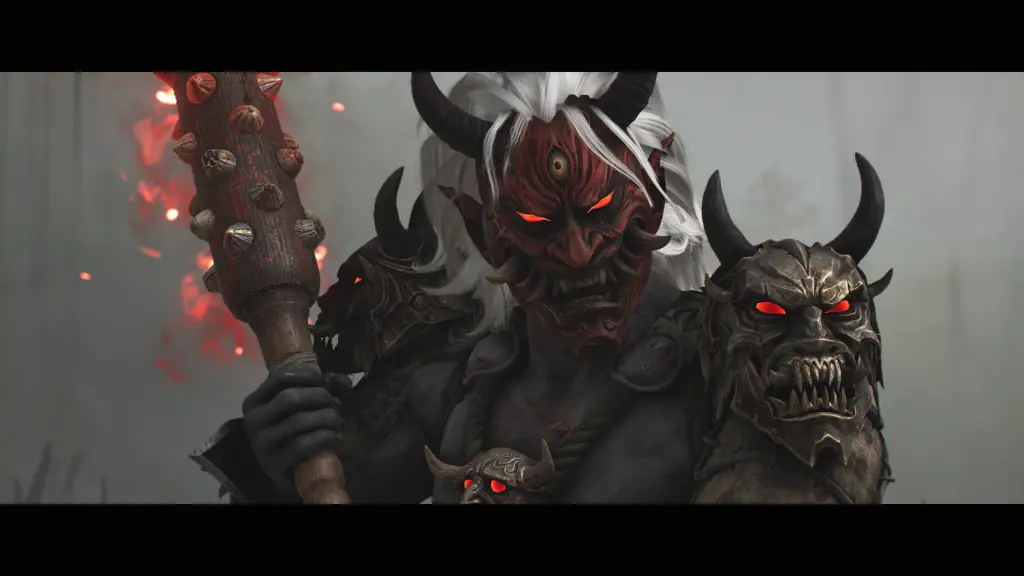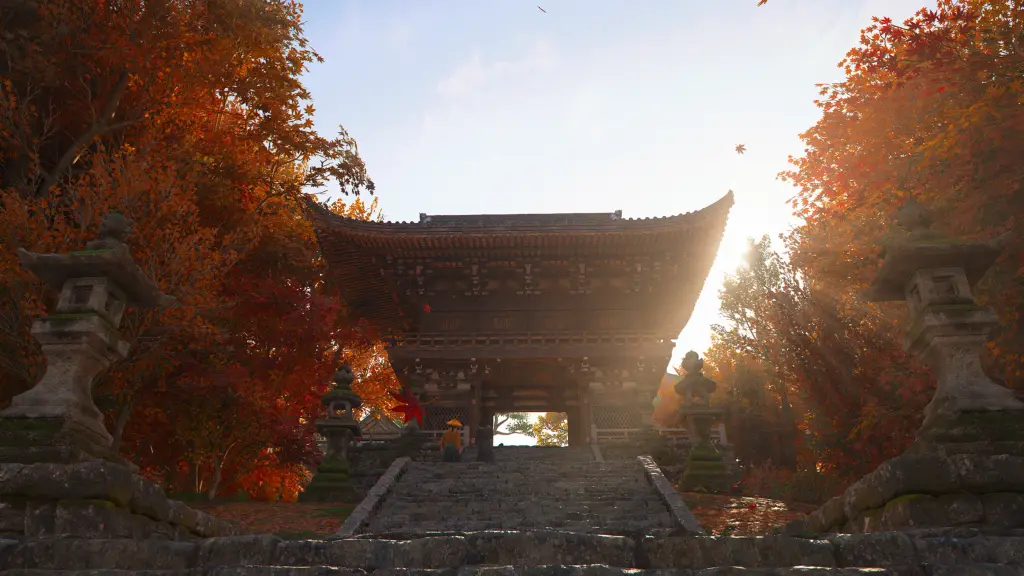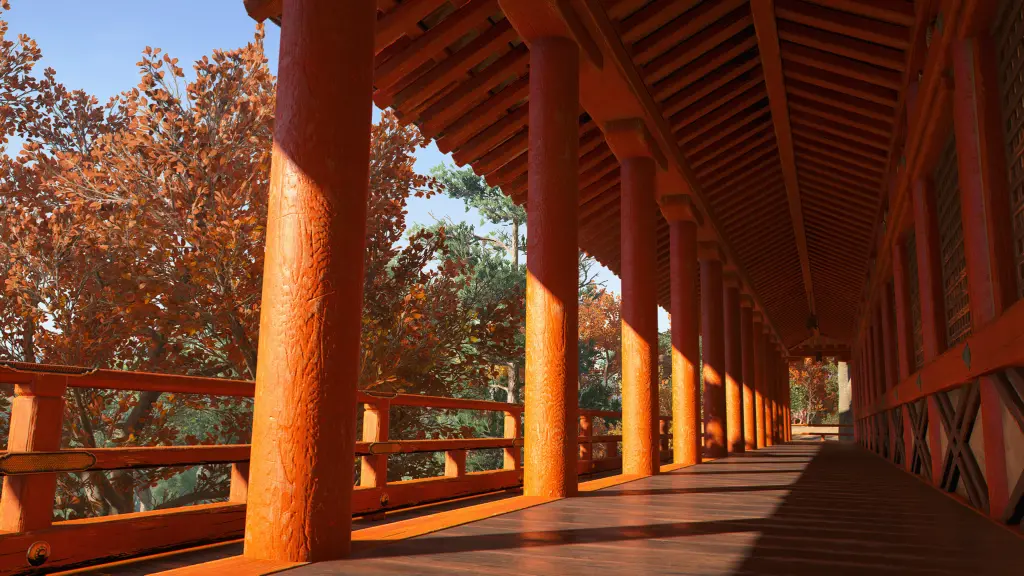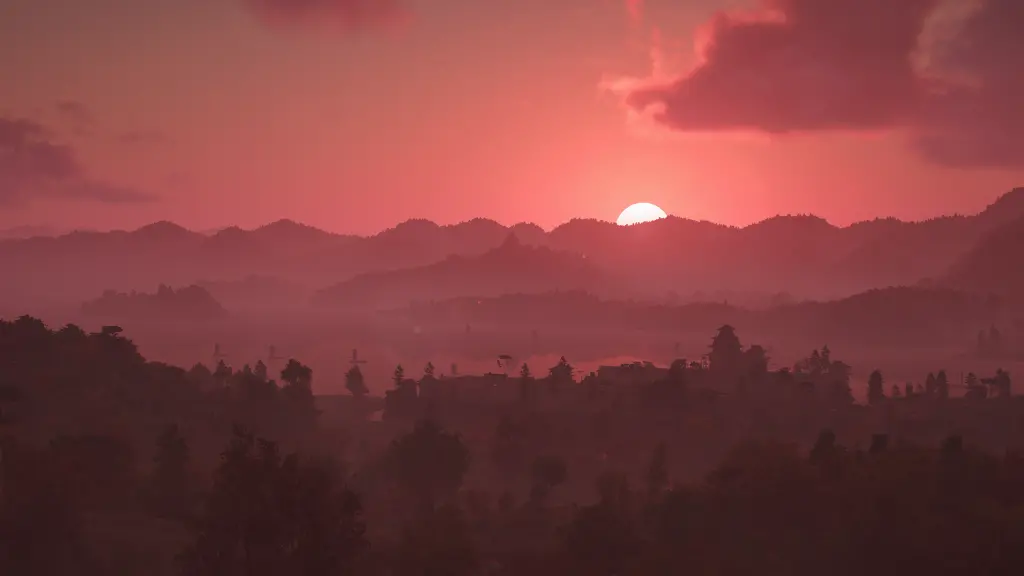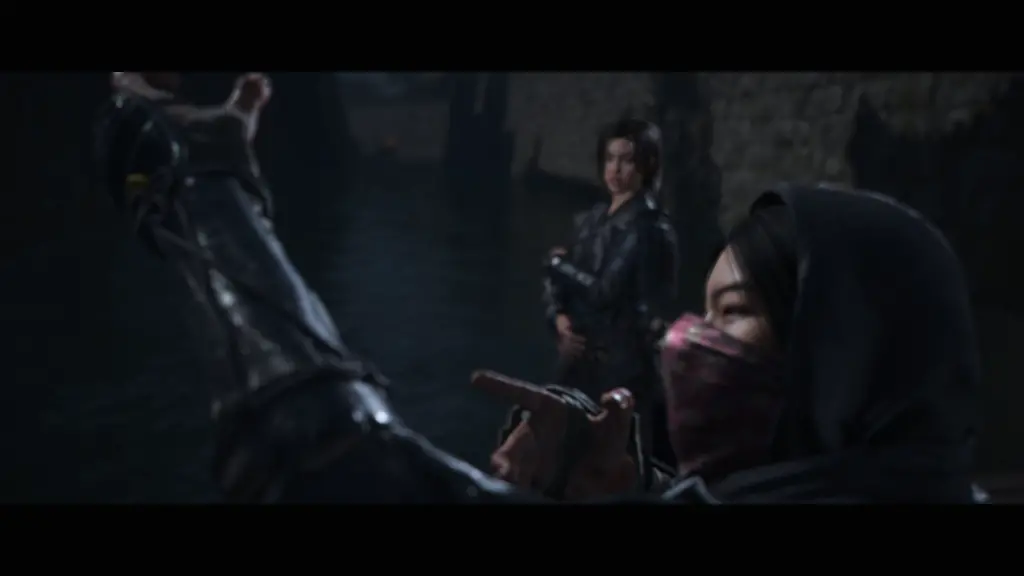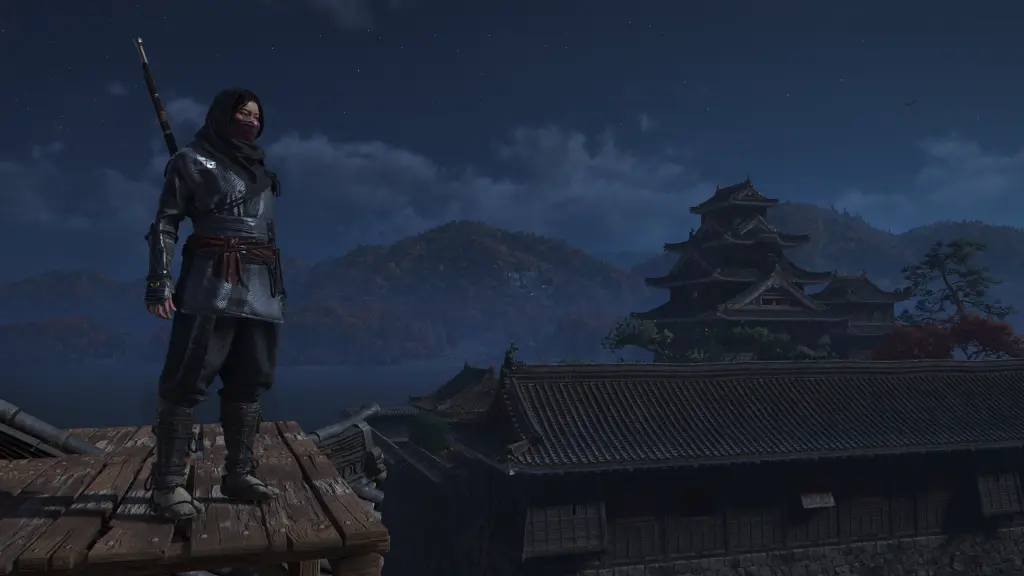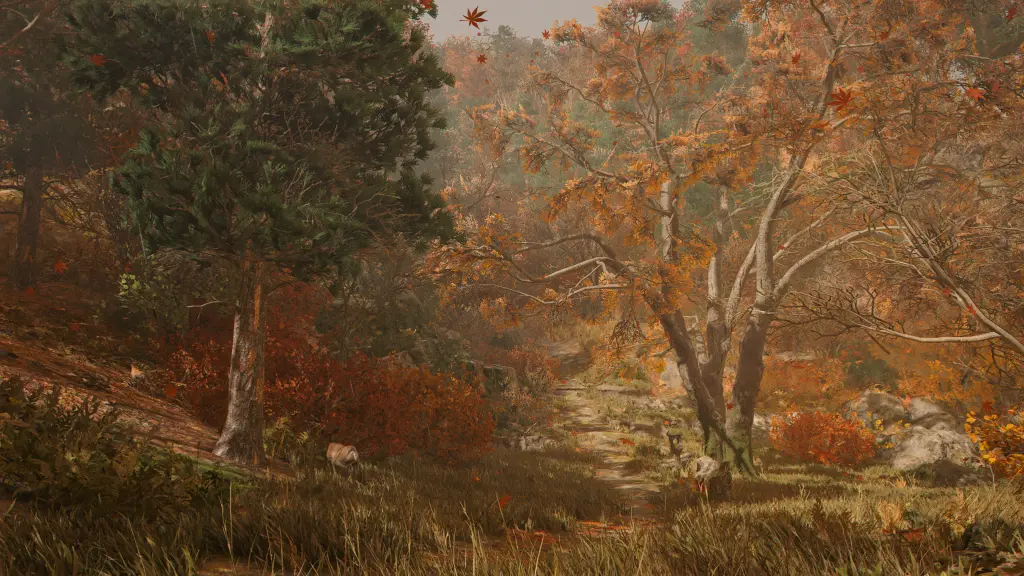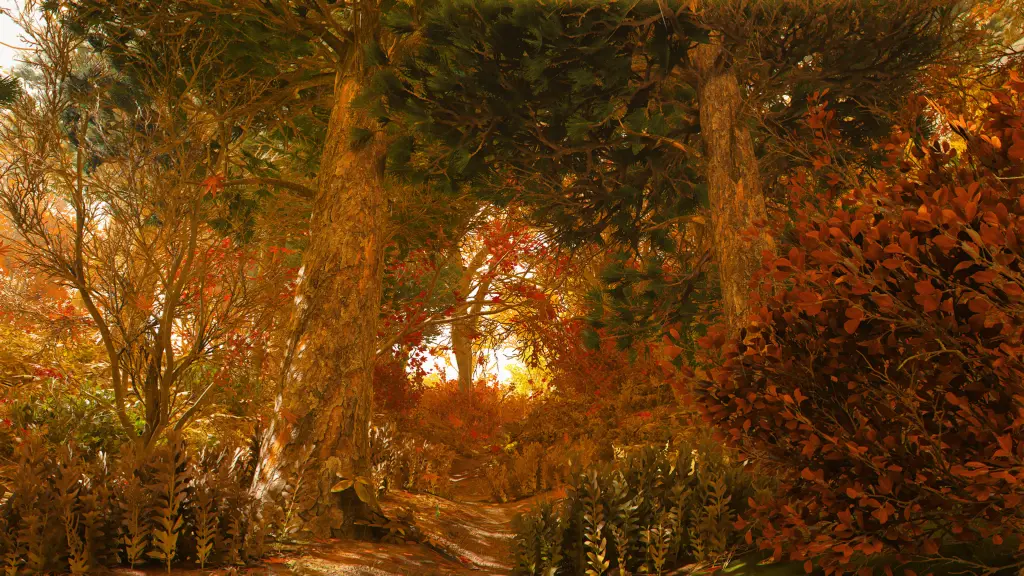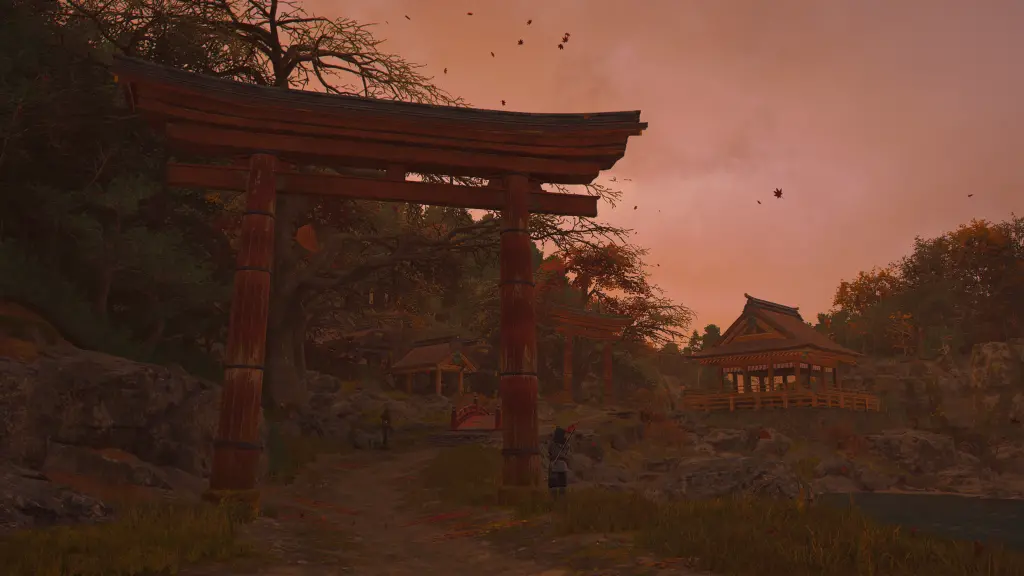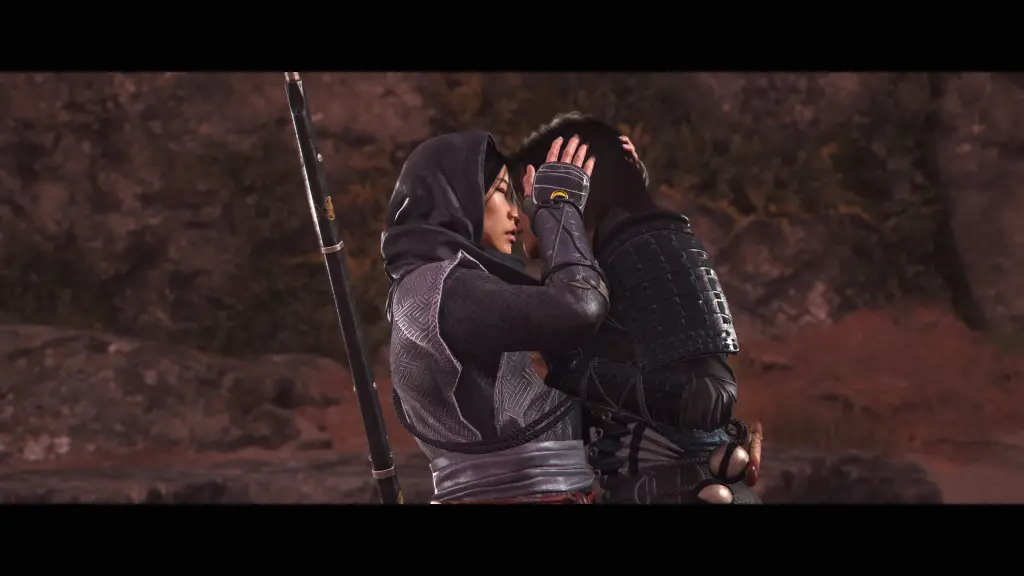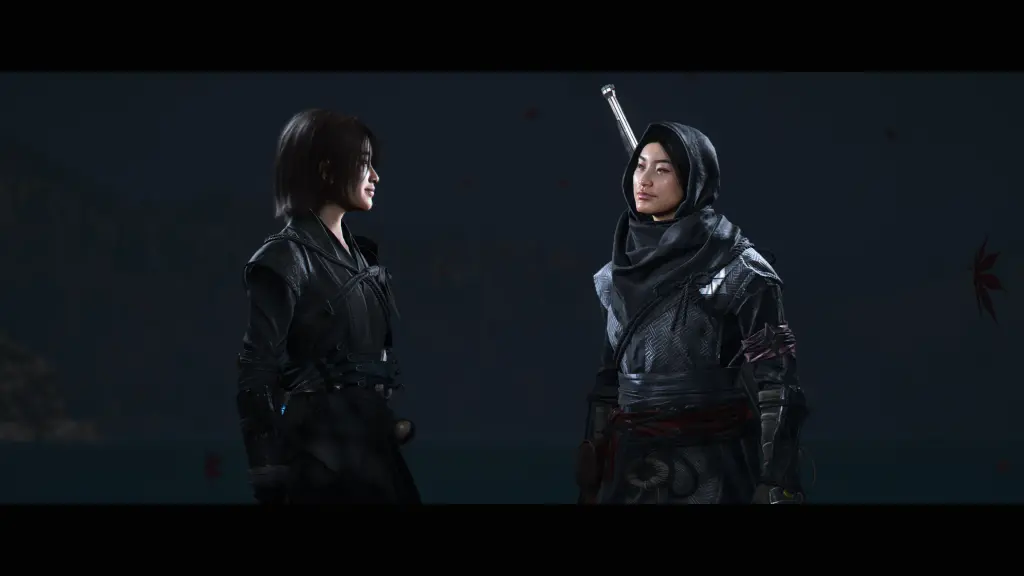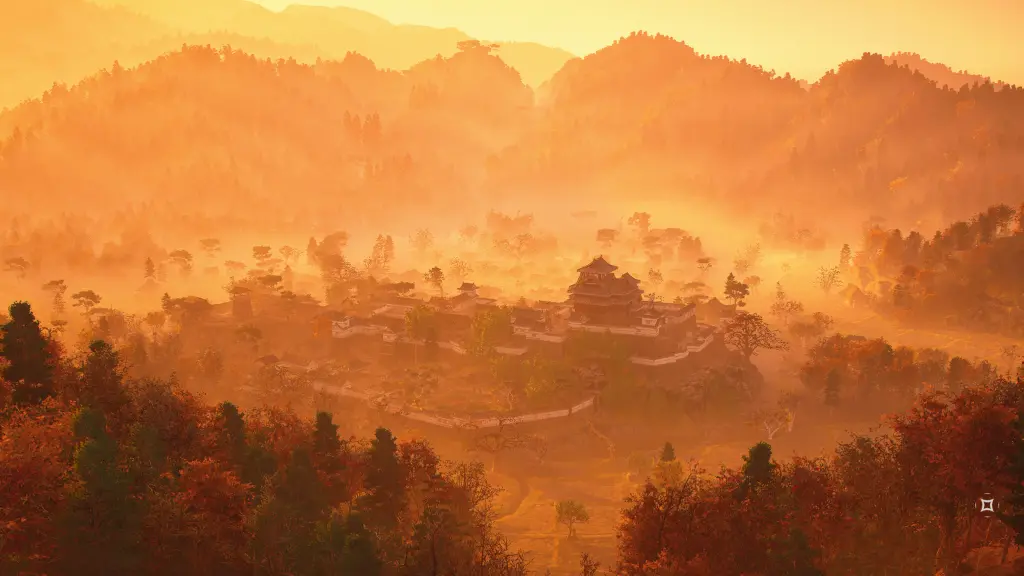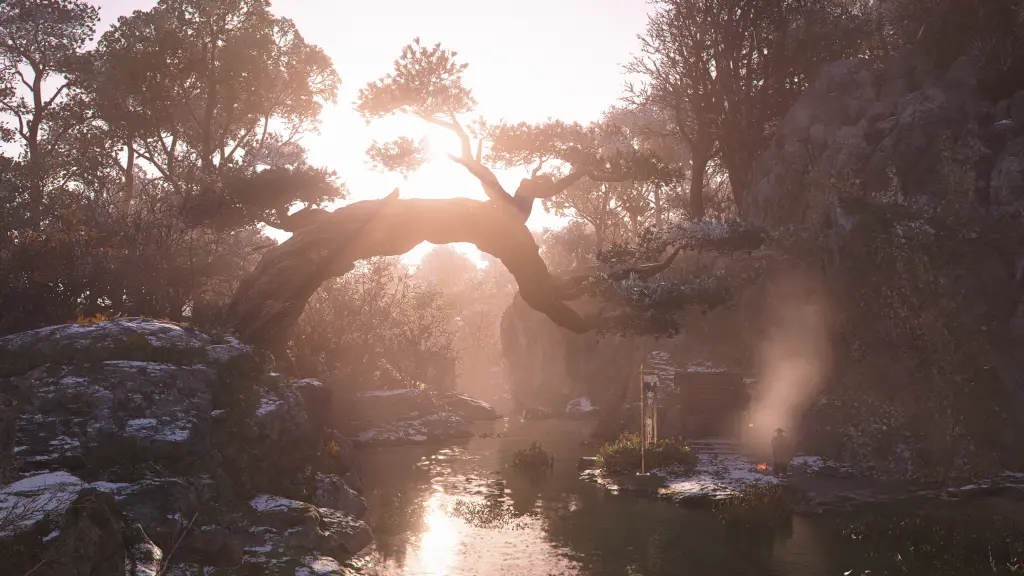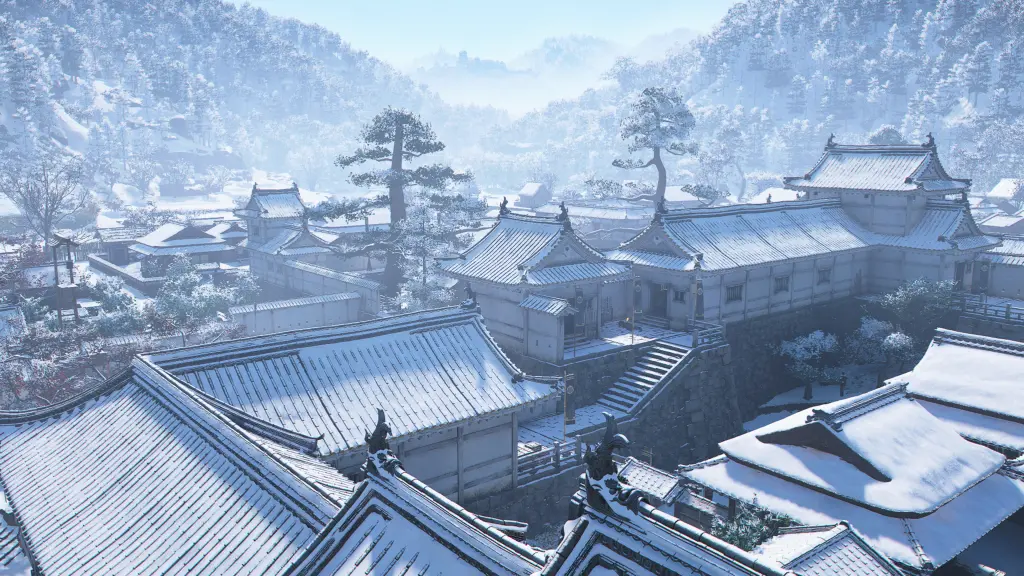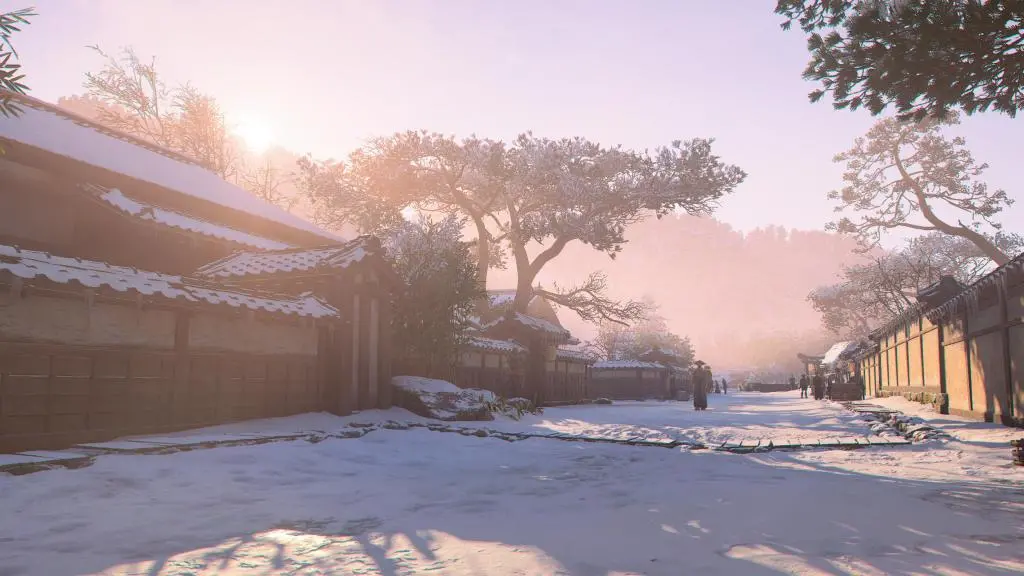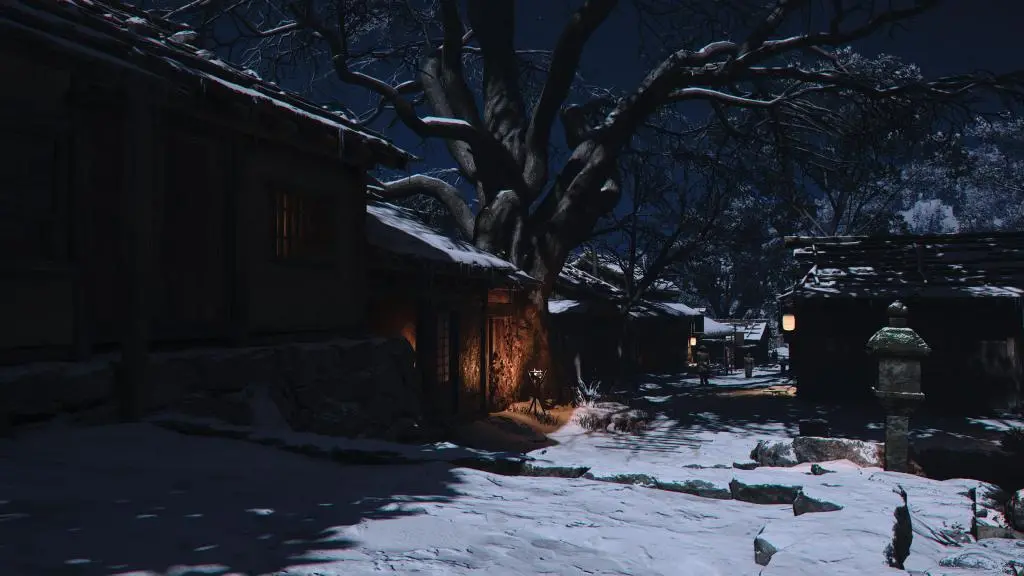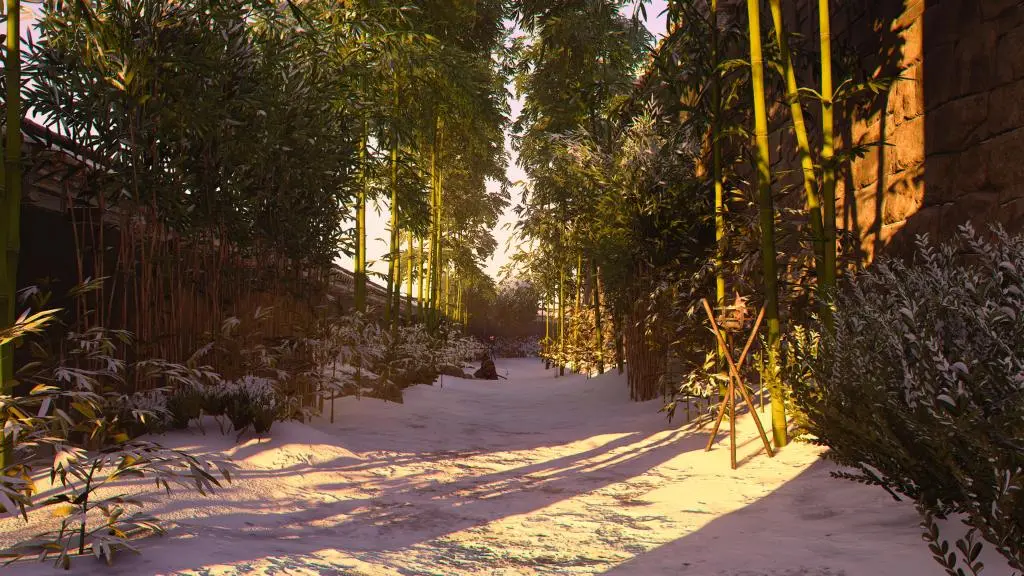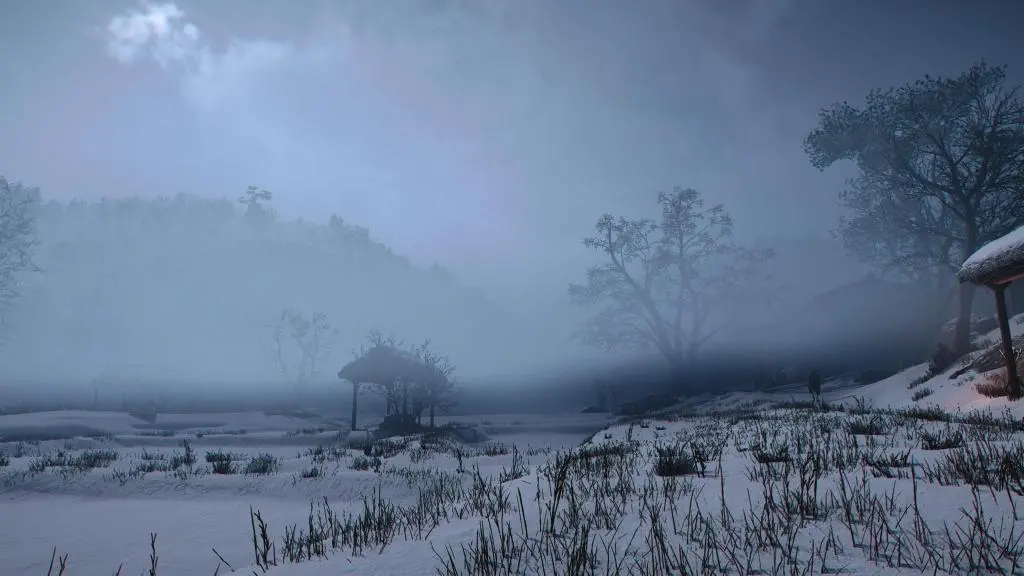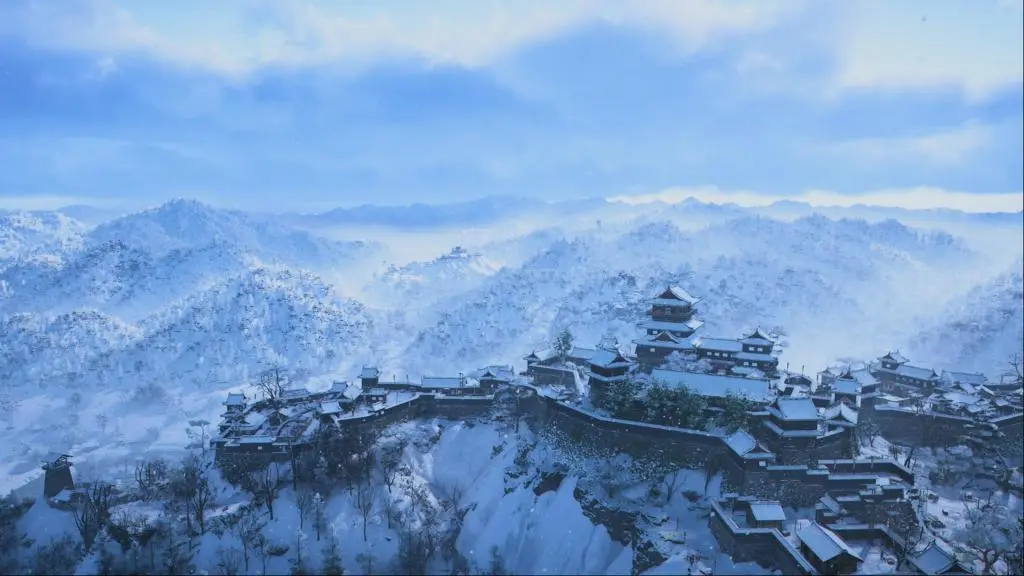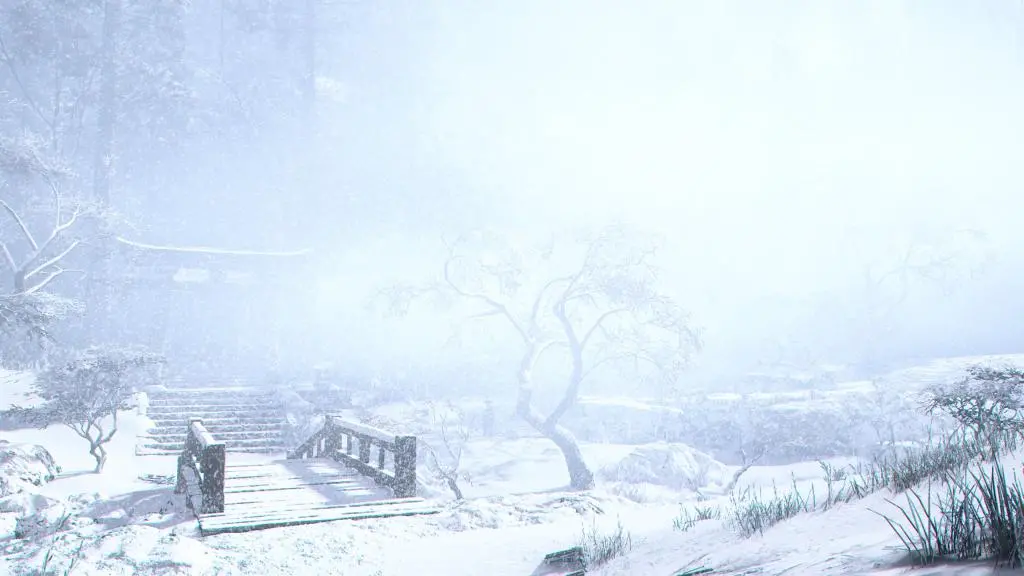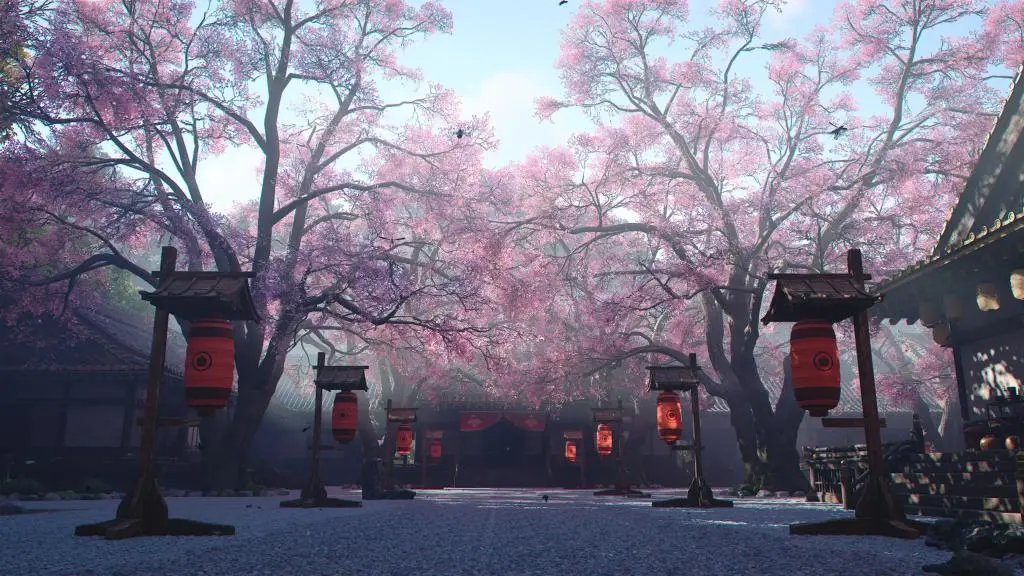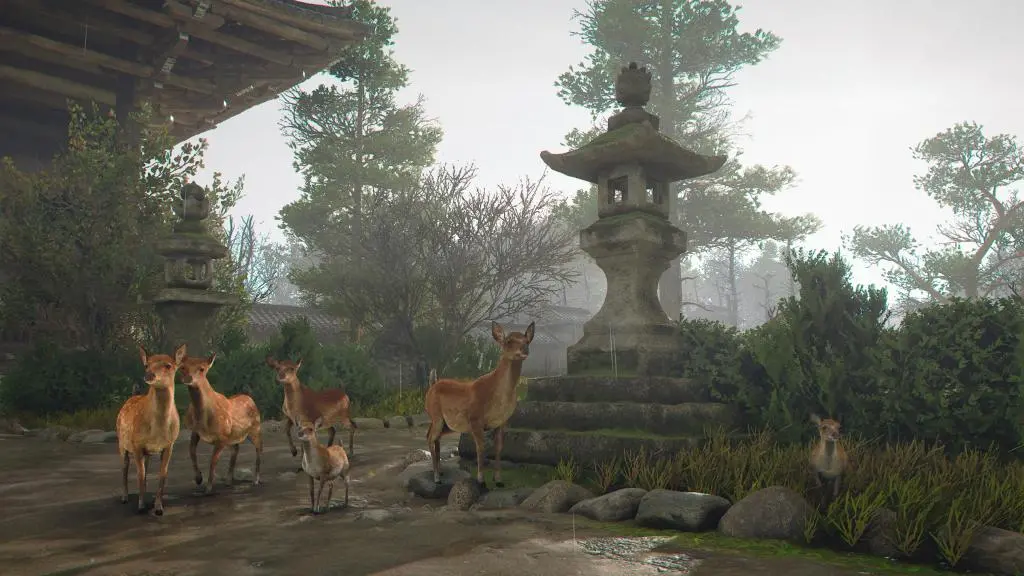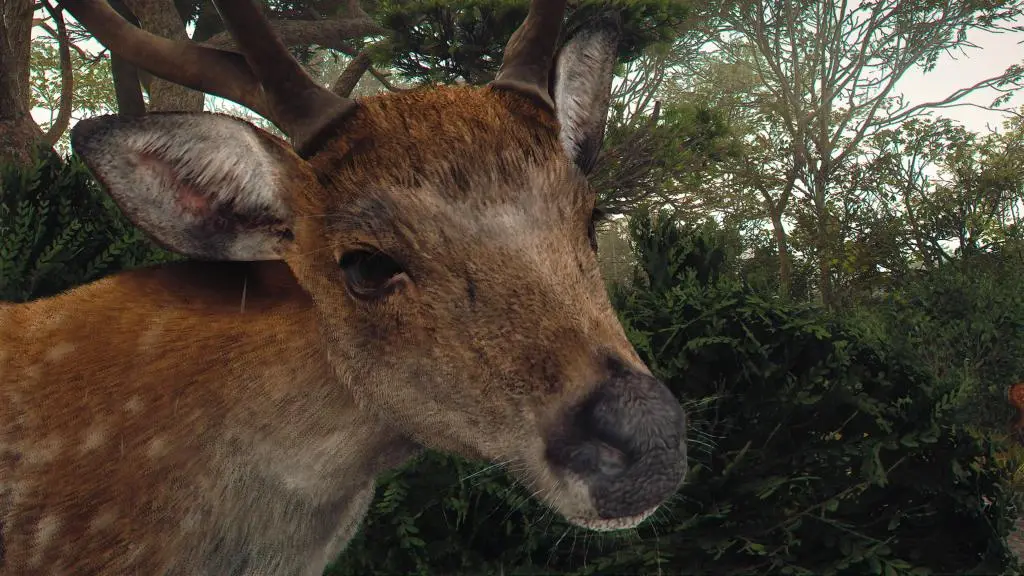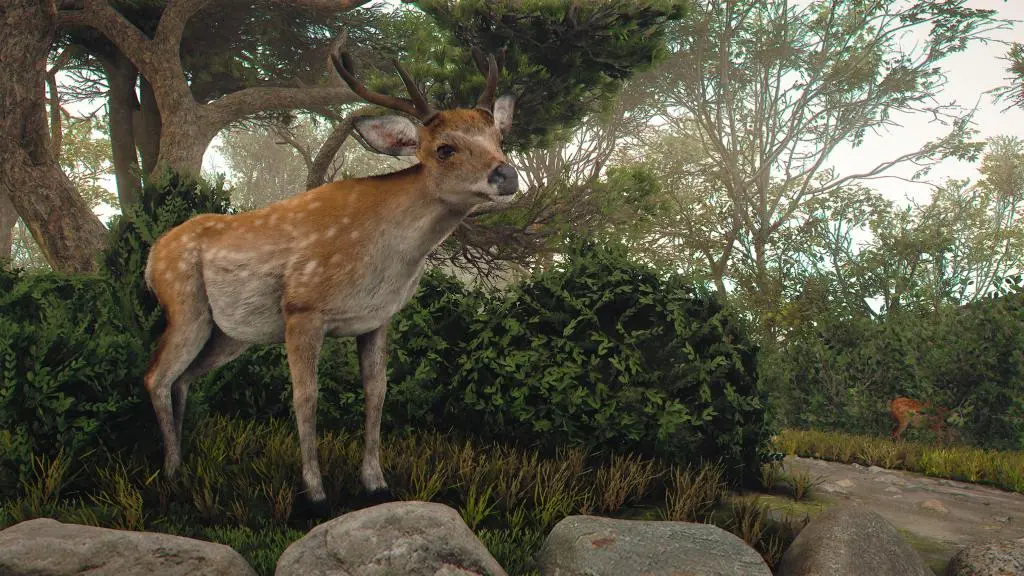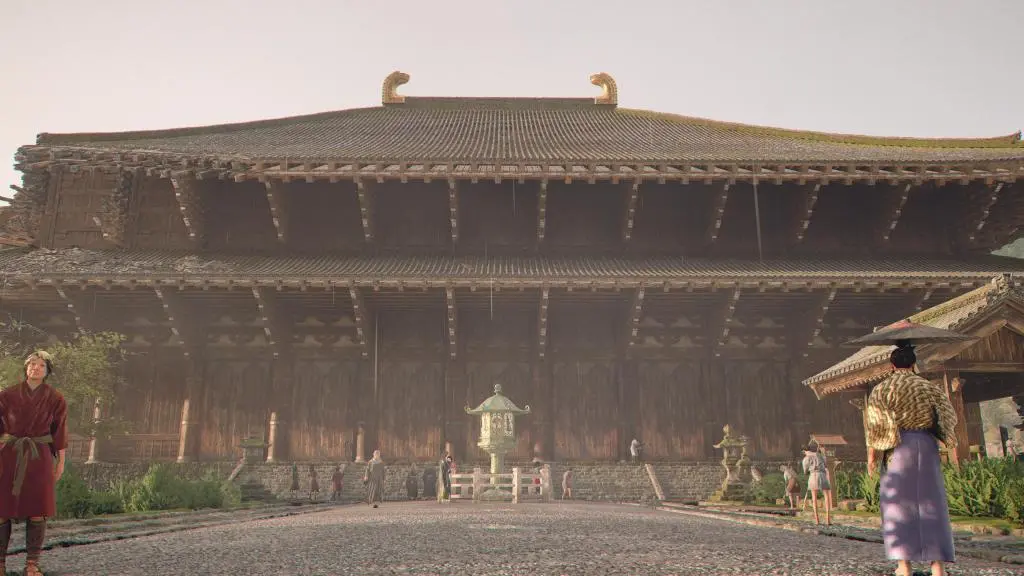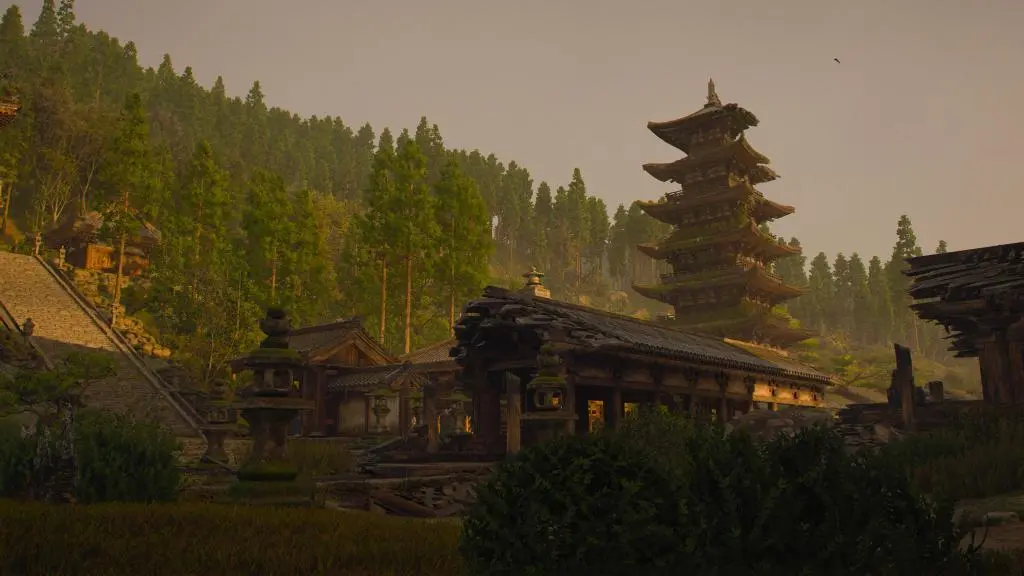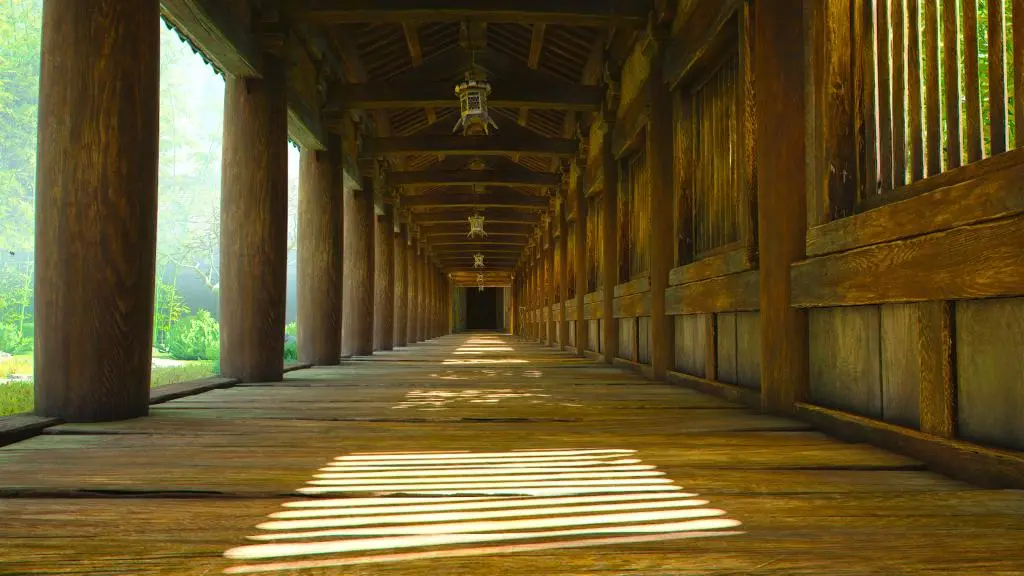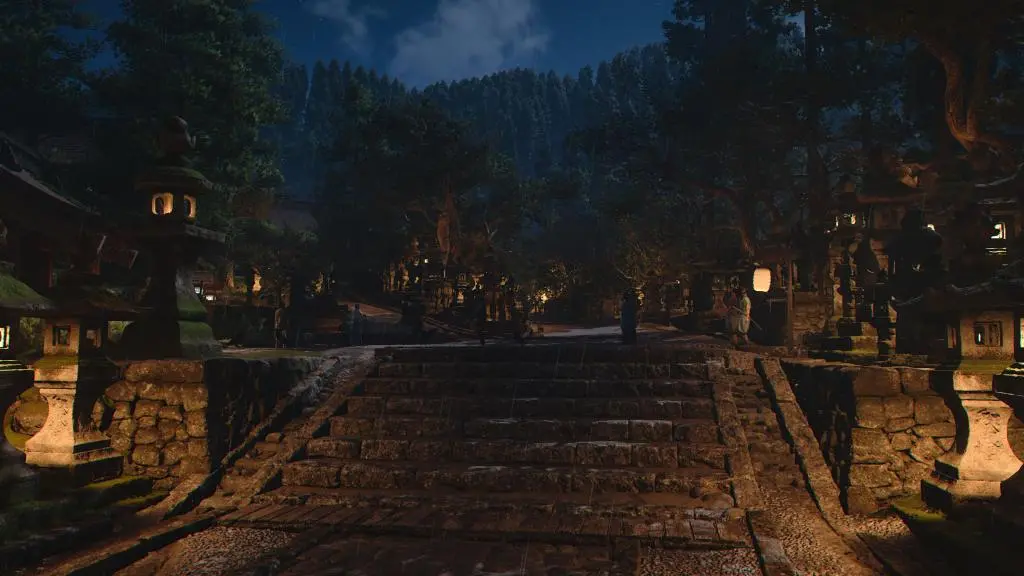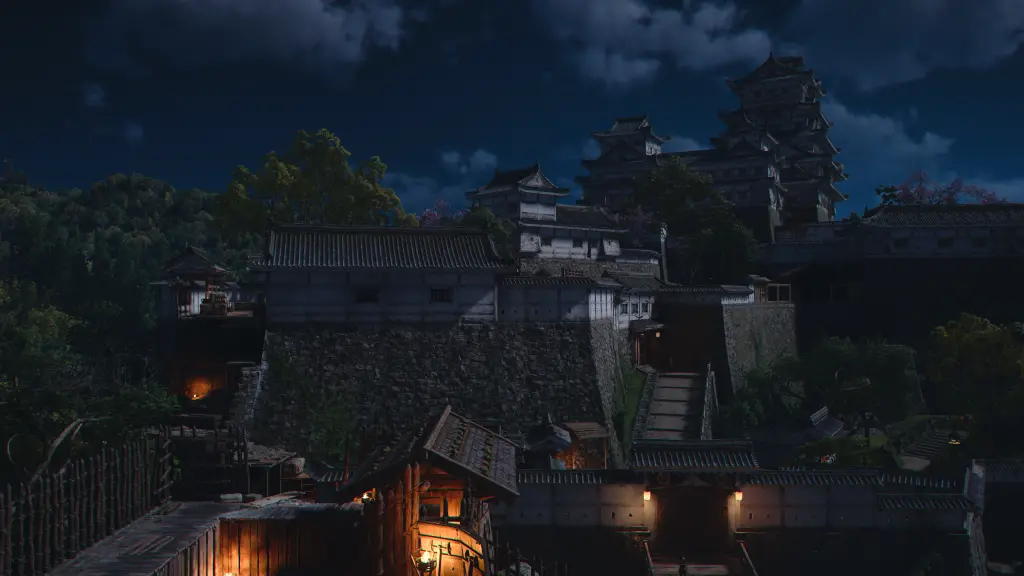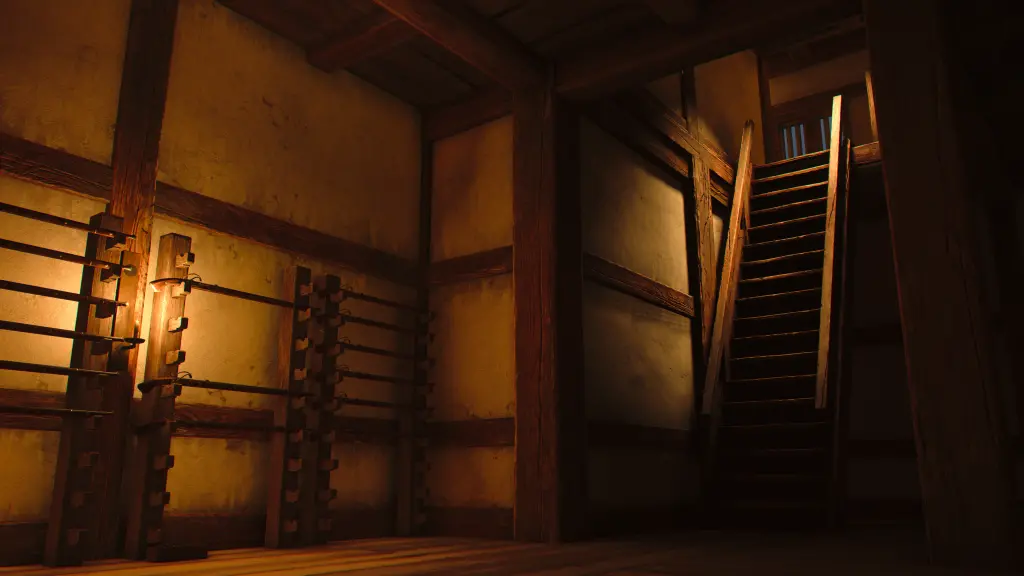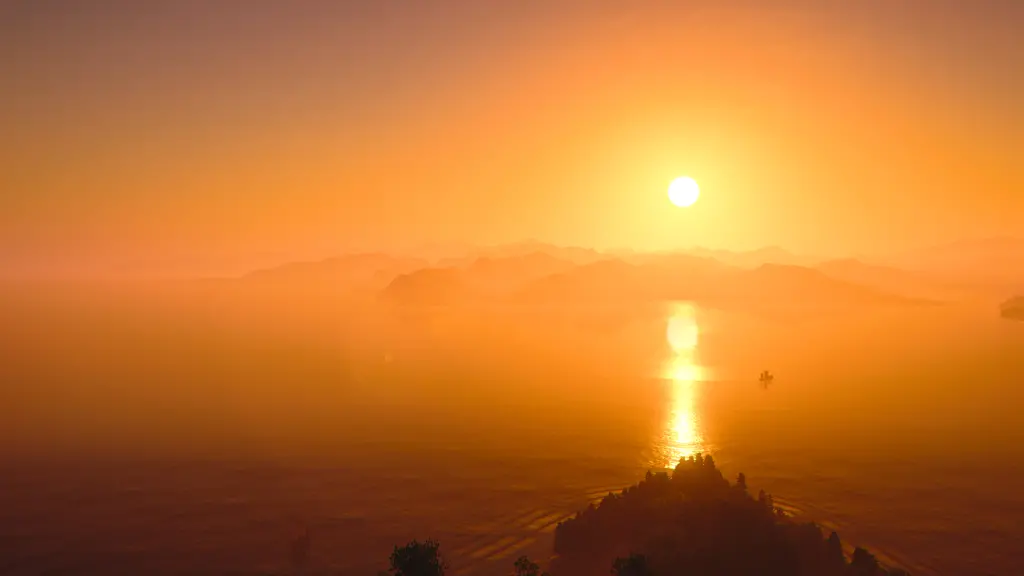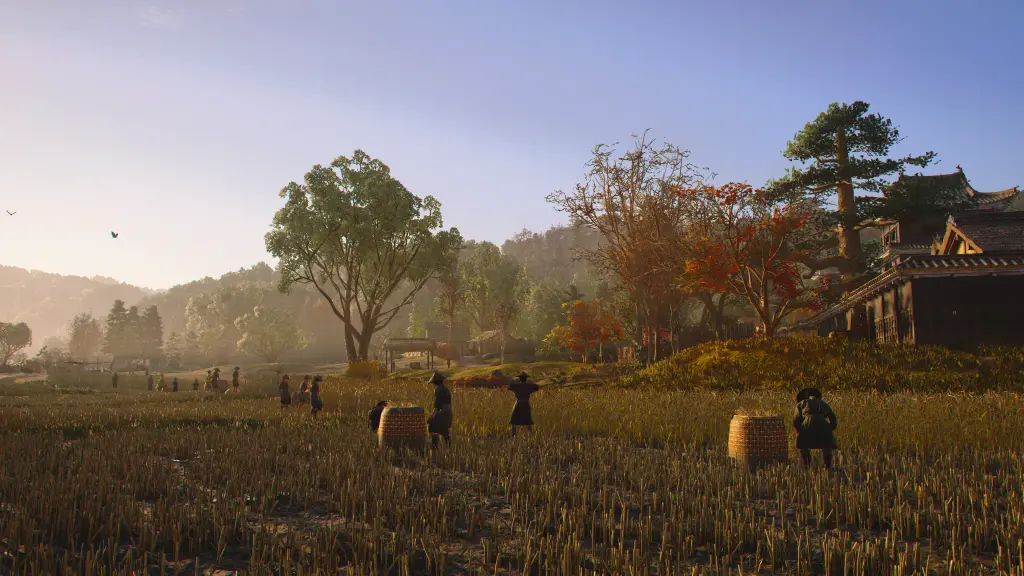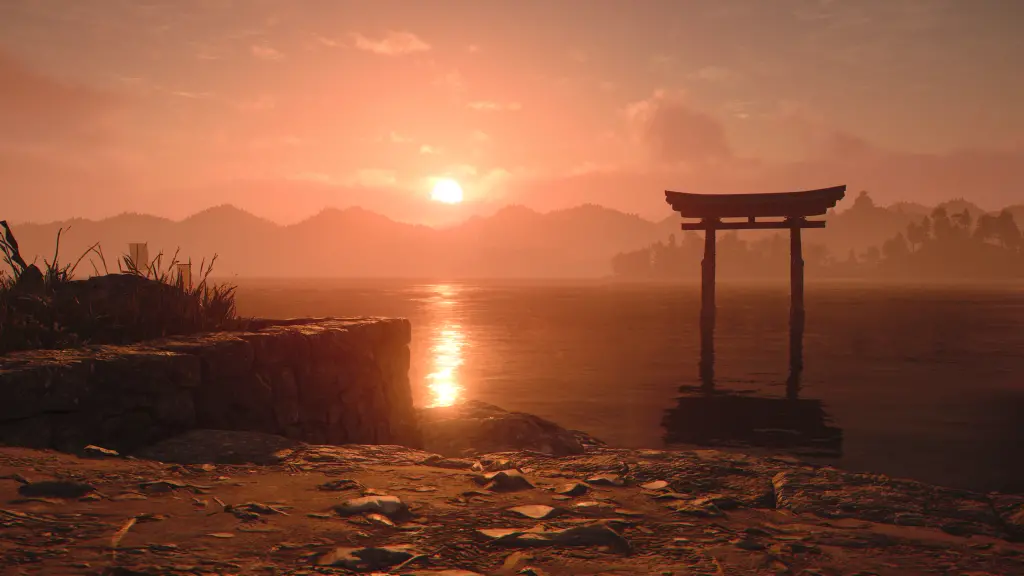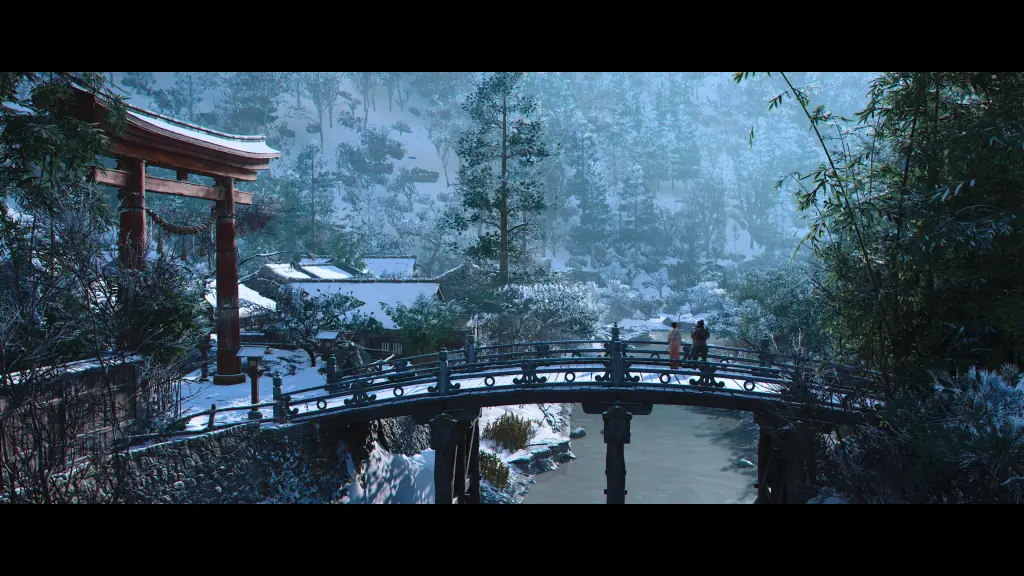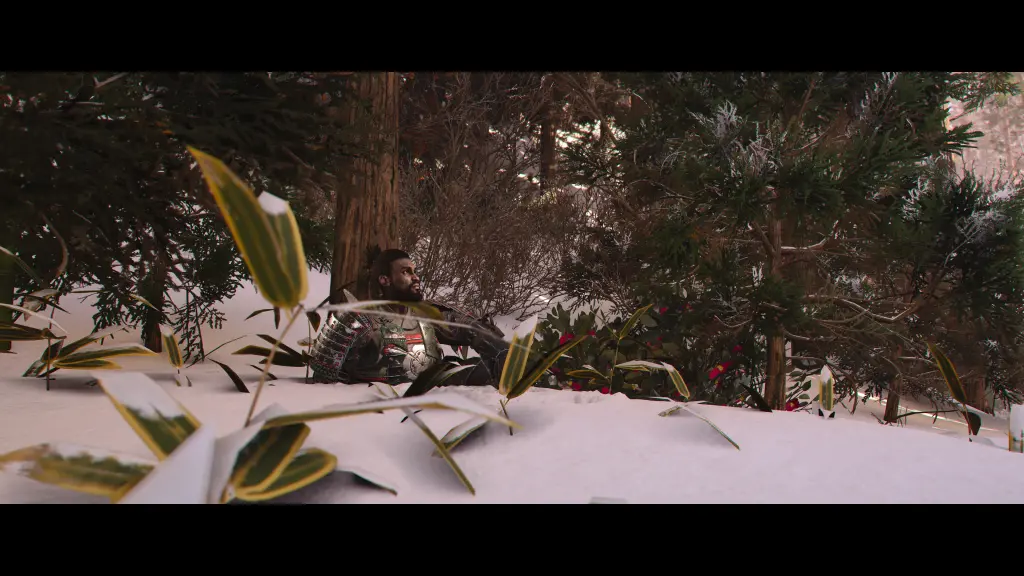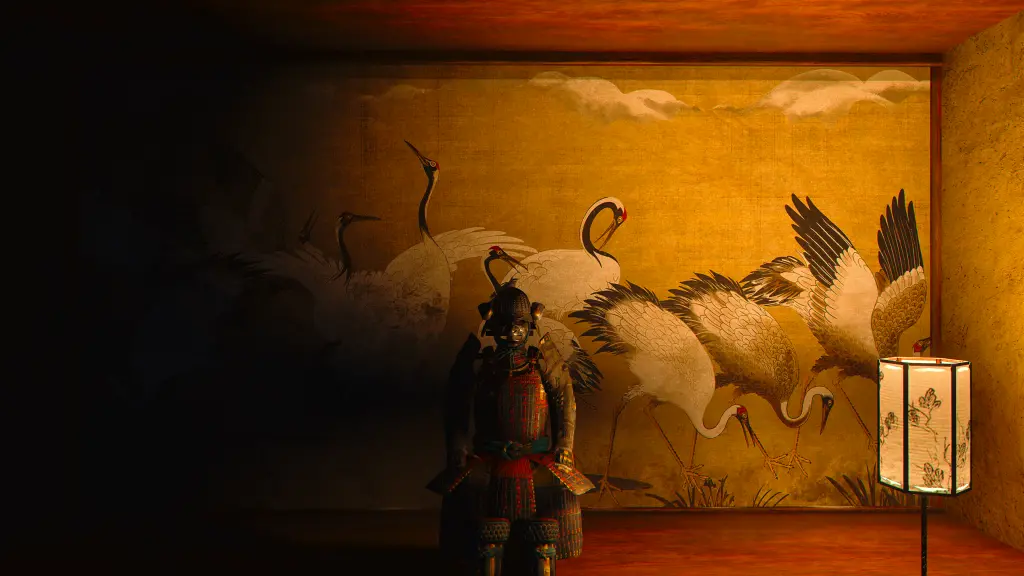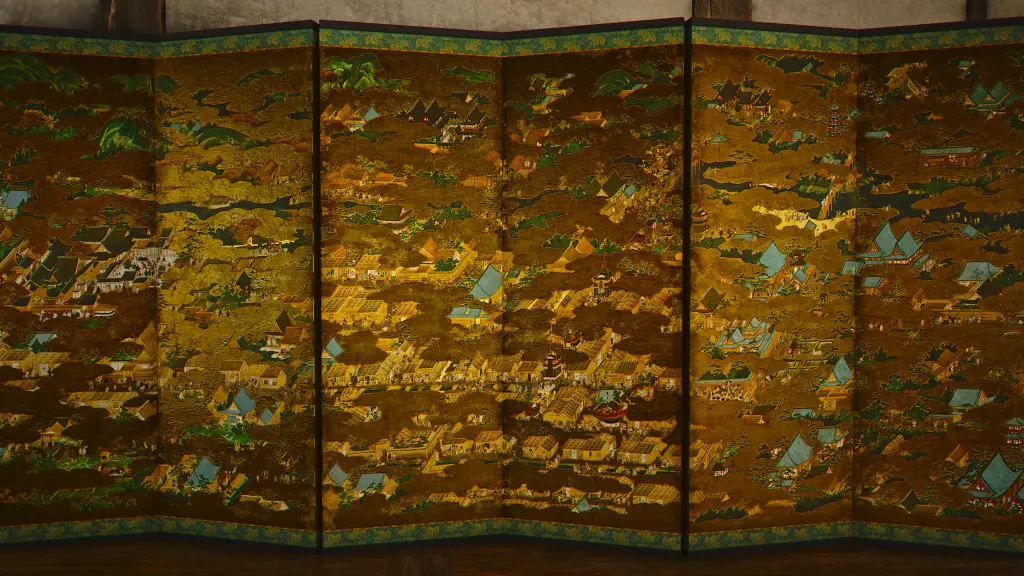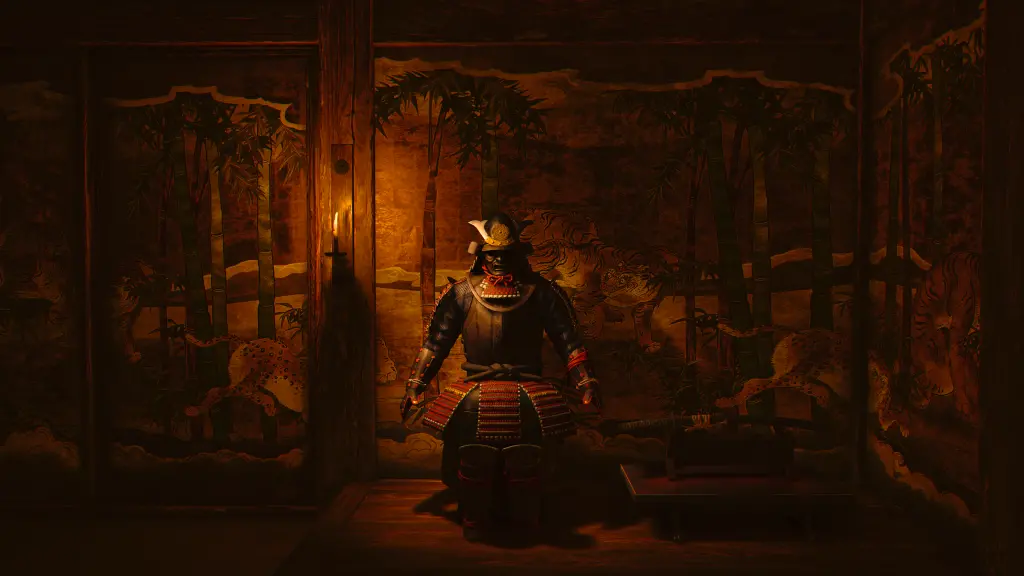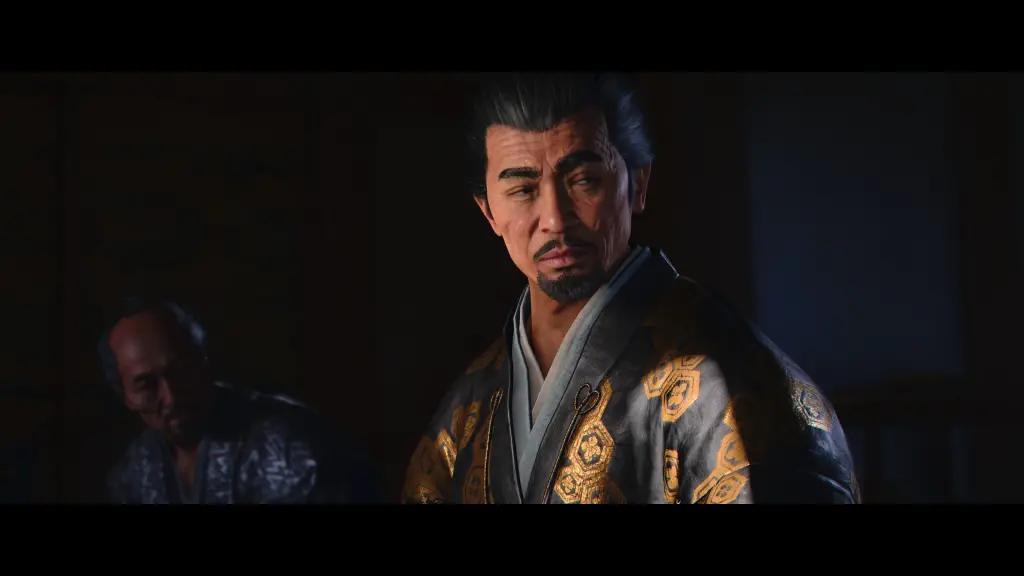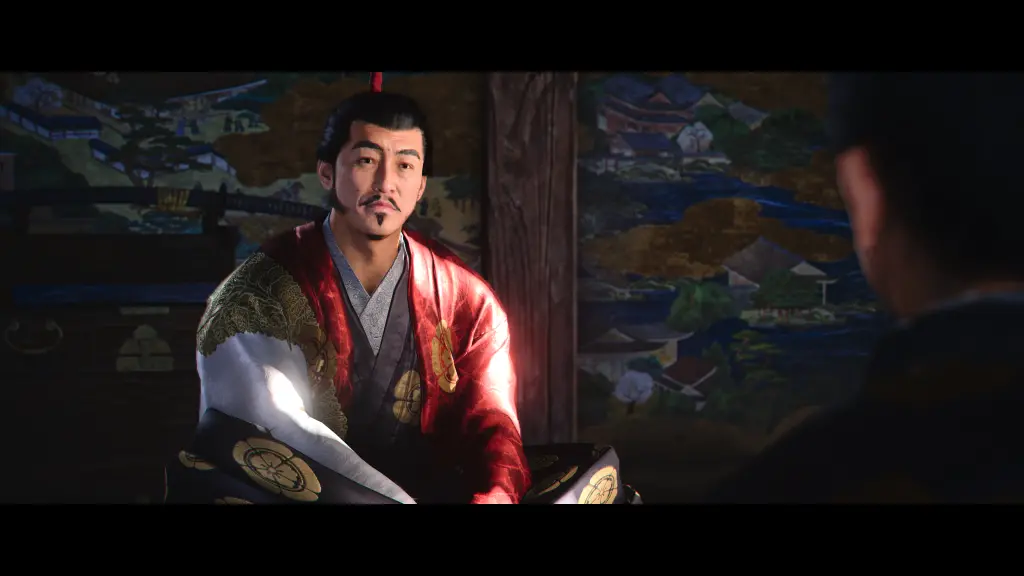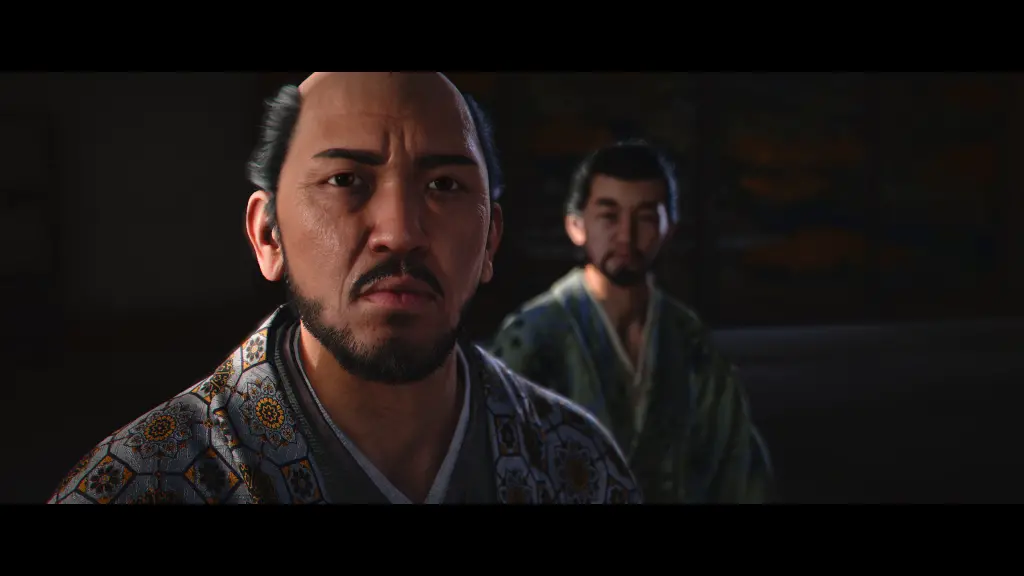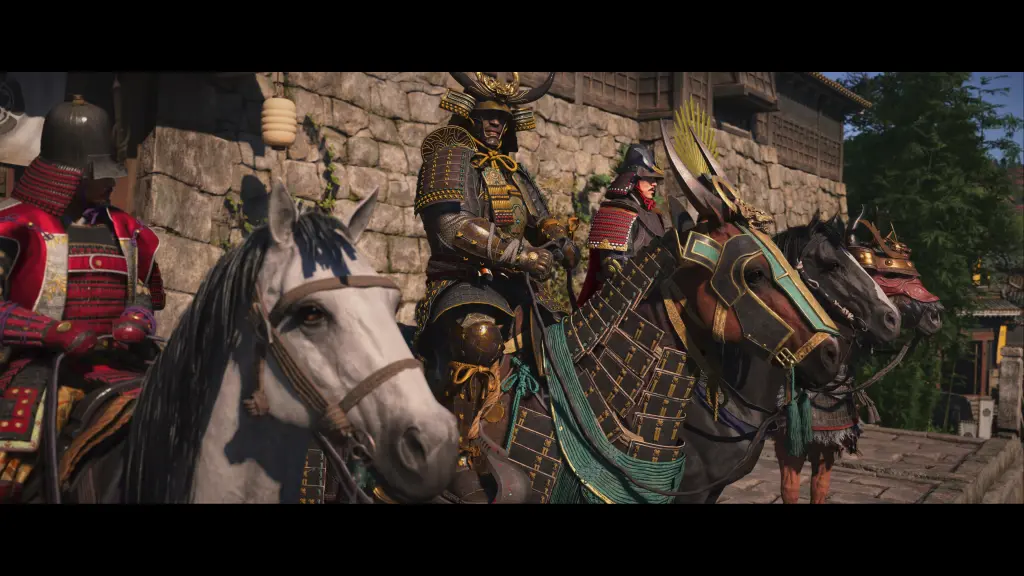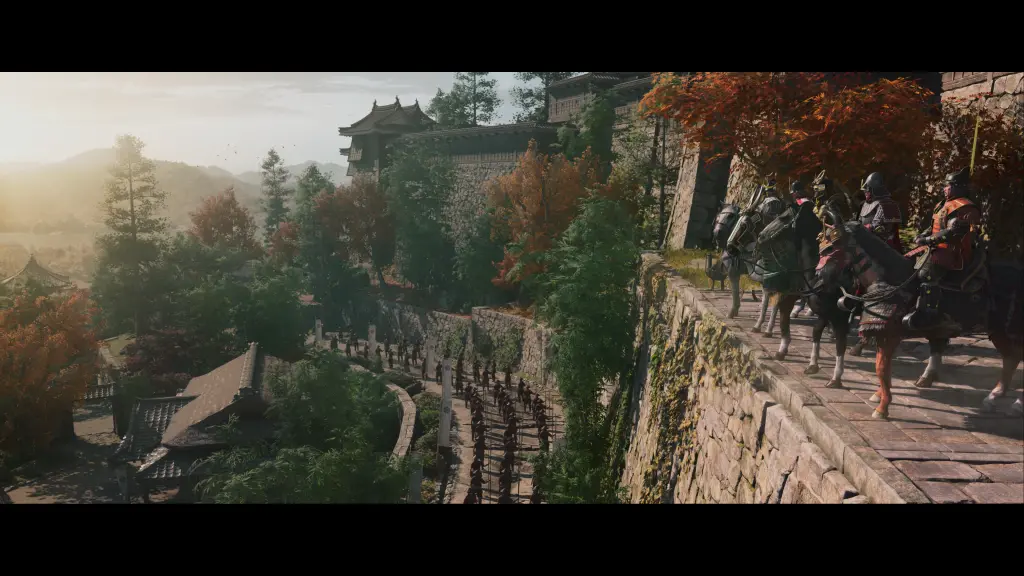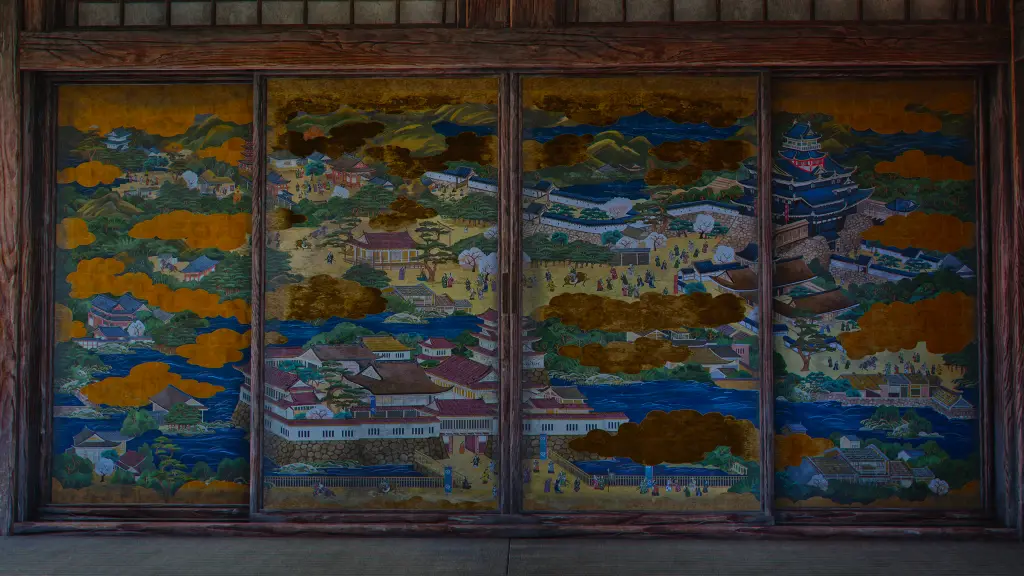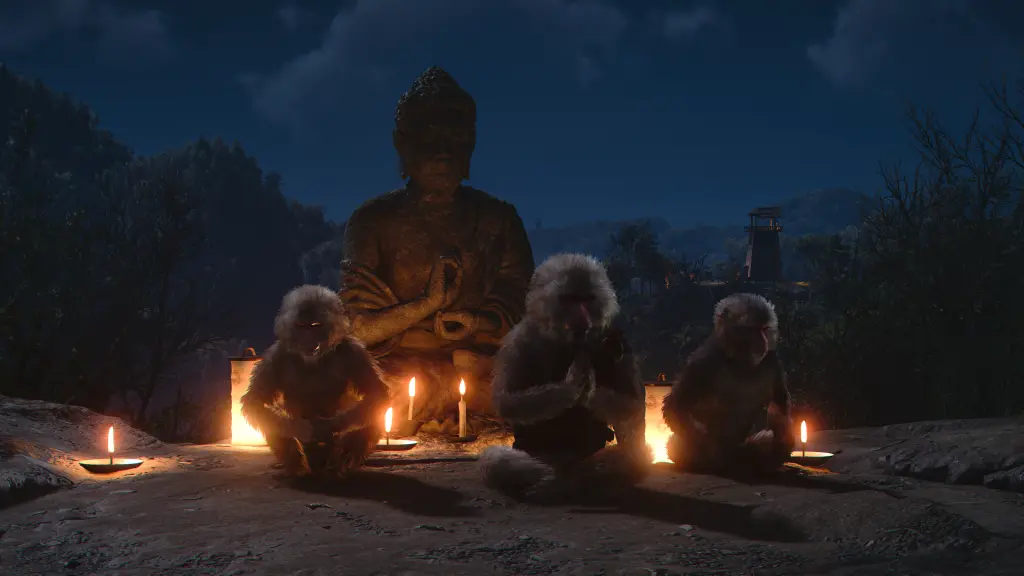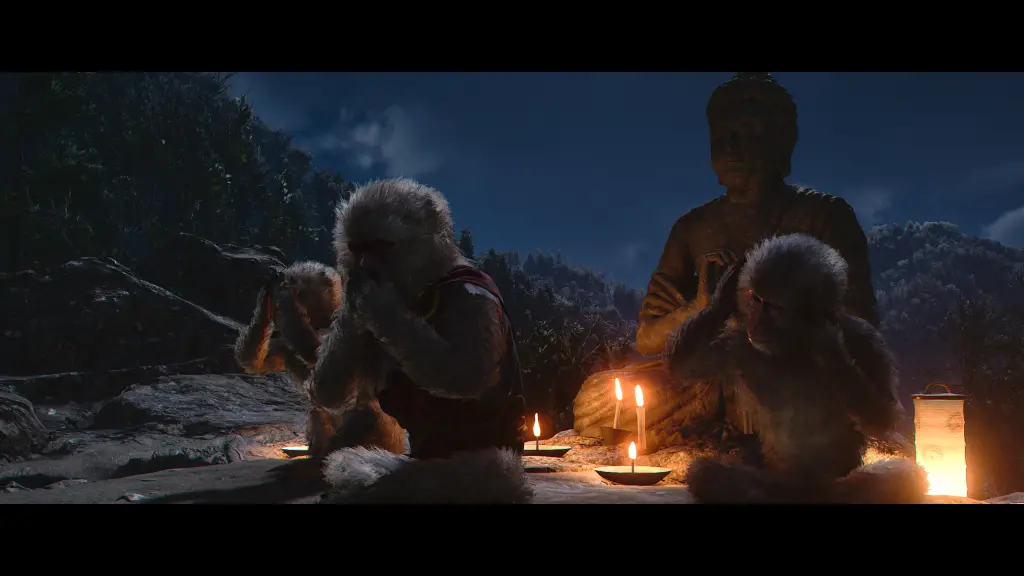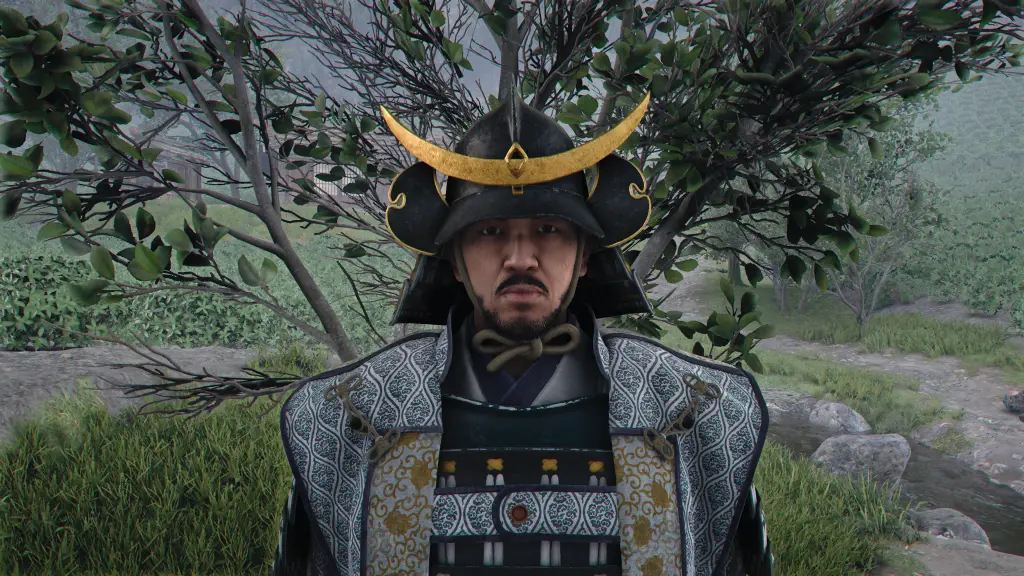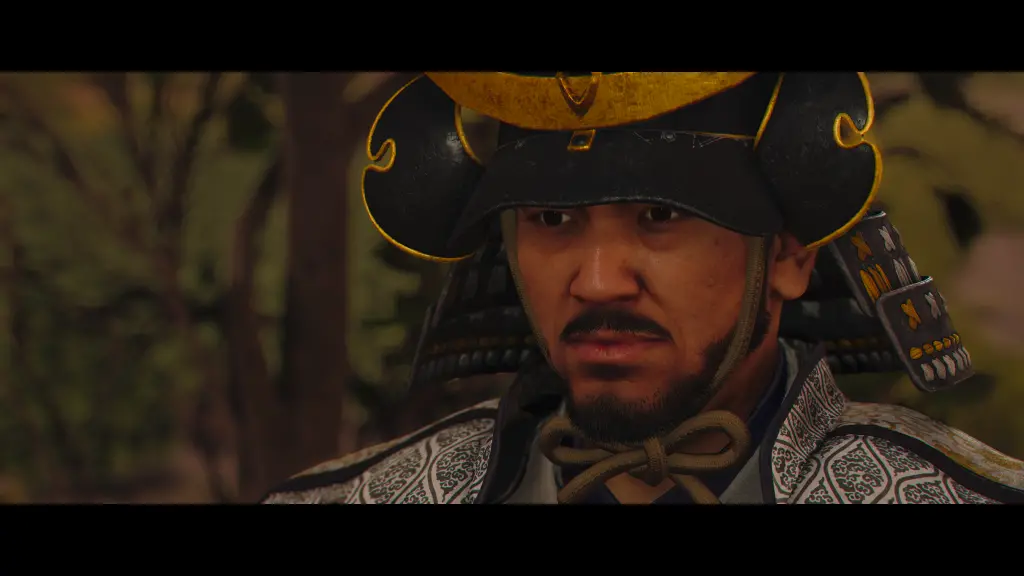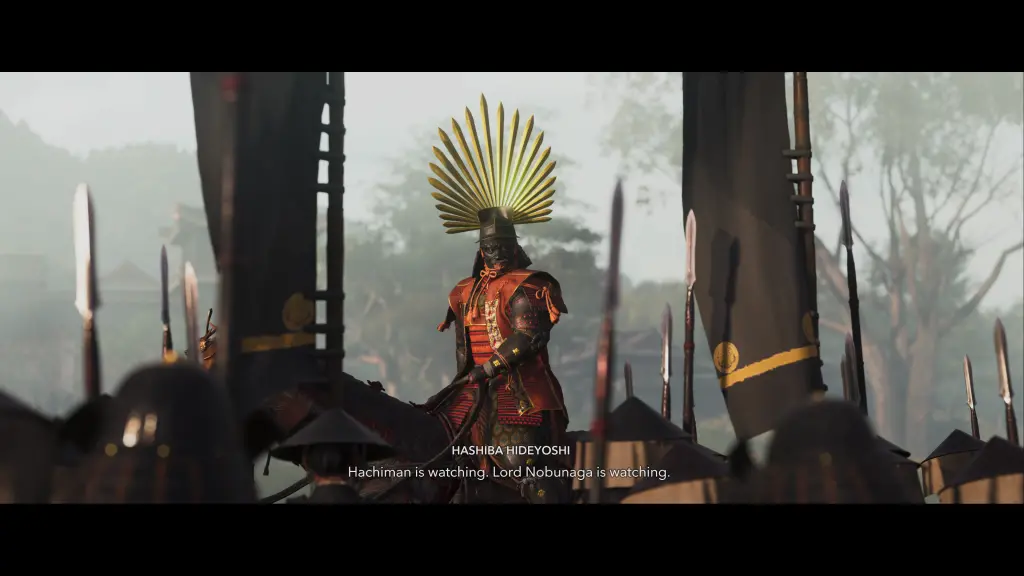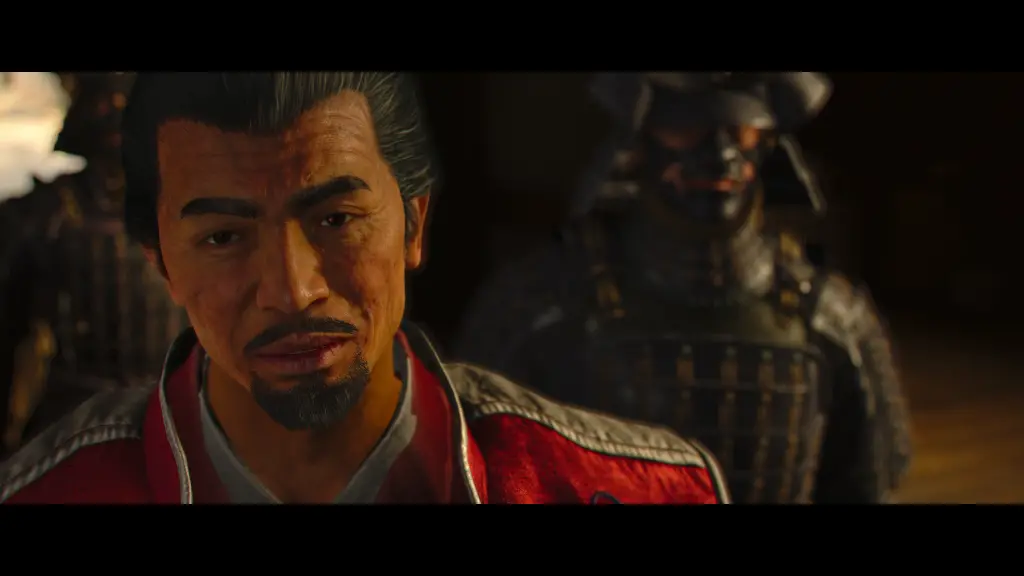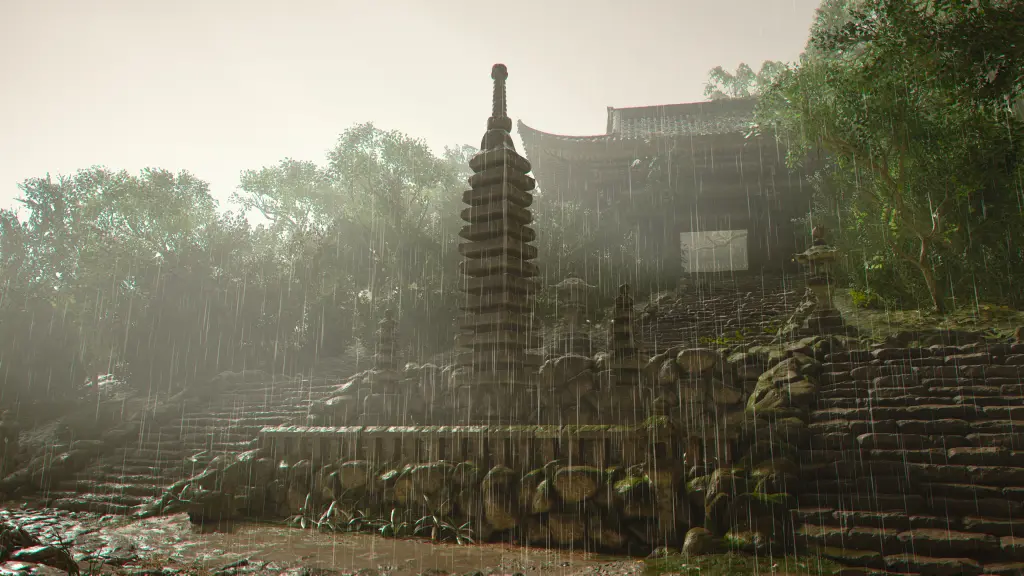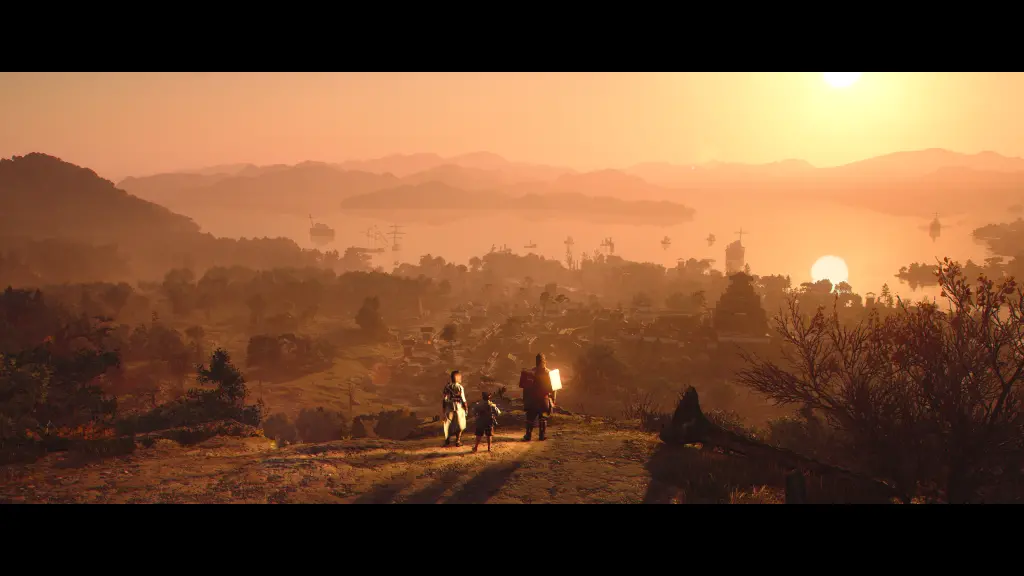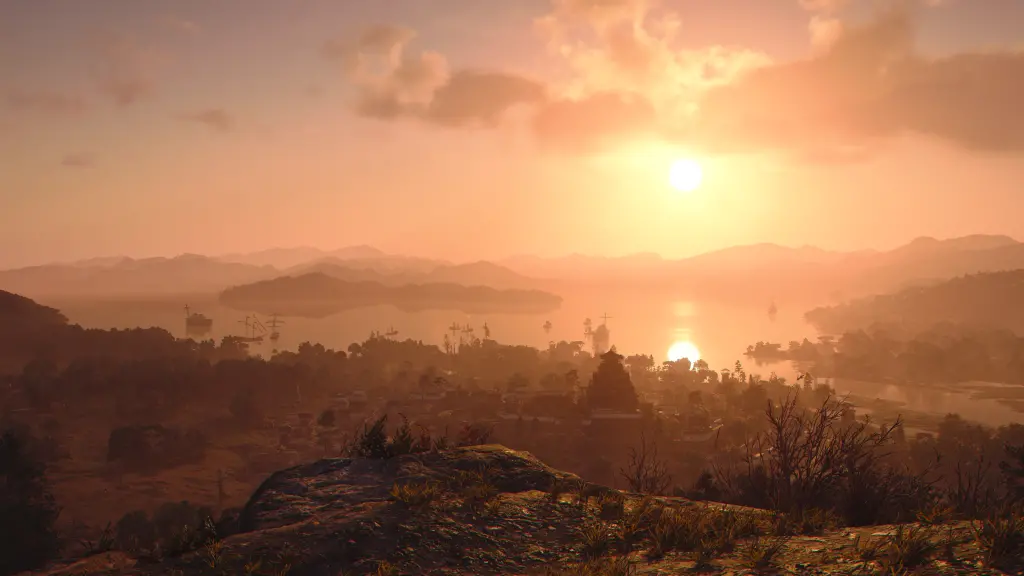The Assassin's Creed series finds its way to shove its story into fuedal Japan during Oda Nobunaga's conquest and unification. The long storied franchise which had always focused on Europe and the western expansion of the world spread itself to Japan via the attempted Catholic infiltration and invasion of the country. Like all AC games, you find yourself at a pivotal point in time, and carry out assassinations that shape the country's and world's history to create the world we live in today.
Shadows takes place around the year of 1579. Looking at real world history, the bulk of the story is set from 1581 through 1582, but also flashbacks to 1579, where those events serve at the catalyst for one of the protagonist's story.
Naoe is a young woman from Iga whose family and village are trained in ninjutsu. She was first tested in 1579 when Oda Nobukatsu (Nobunaga's son) launched an unsuccessful attack on their village. Clumsily, she killed her first man as the rest of the ninja repeled the attack. From that day, she continued her hard training to match the level of the others.
In 1581 (real life), Oda Nobunaga returned to Iga with his army of over 40,000 men, and slaughtered as many ninja and families as he could find. In the chaos, Naoe's father gathers an important artifact and flees. Naoe follows, but they are both run down by a mysterious group of 12 masked individuals who call themselves the Shinbakufu. They steal the artifact and brutally injure both Naoe and her father. Her father dies as she loses consciousness.
Naoe wakes later in a monastery healed by a boy and an old man. After regaining her strength she vows revenge against Oda Nobunga for slaughtering her village and the Shinbakufu for killing her father.
Rewinding a little bit, we are introduced to our other protagonist first, Yasuke. Yasuke is Nobunaga's Black samurai. His main story also begins in 1579 as Jesuit Alessandro Valignano brings him to Osaka as he meets with Oda Nobunaga. Nobunaga is curious about the black man as almost no one in Japan had ever seen a black person before. They've only ever met white Catholics. Nobunaga is impressed that Yasuke understands the Japanese language, and invites (orders) him to train at his castle.
As Yasuka trains, he learns how a samurai should properly fight by balancing physical strength with mental strength. A duel between men is not just who is stronger, but how you can use your opponent's weaknesses against them. Through achieving this balance and showing his loyalty and honor in a fight, Nobunaga is so impressed that he "knights" him as a samurai. This is when Yasuke proclaims his name as "Yasuke."
Two years later in 1581, he is one of the samurai on the front lines attacking the Iga village, Naoe's village. The full game begins with you storming the village and killing ninja after ninja. You play about 15 minutes as him until the game switches to Naoe fleeing the village, and then you don't play him again until many hours later.
Once Naoe leaves the temple fully healed from her attack, you have nearly free reign of the entire expansive map of pre-Edo Period Kansai. The distances are miniaturized, but the huge map goes from the Kii province in the south (modern day Wakayama) to Wakasa province in the north (modern day southern Fukui). You can travel to Omi province in the east (modern day Shiga, almost Gifu) to Harima and Tamba provinces in the west (modern day Hyogo).
You can visit incredible recreations of Himeji, Osaka, and Niji castles and estates, as well as over a dozen more castles. Armored forts also dot the landscape and there are vibrant towns both large and rich, and small and poor. Outside of the villages, the forests and mountains look incredible. The overall attention to authentic details is amazing. It feels like I'm walking through the forests of Sekighara.
These natural, beautiful, and authentic environments are the center piece of Assassin's Creed Shadows. If you see something interesting in a direction, just go in that direction and see what's there. Eventually you find vantage points (towers) that will reveal more points of interest and this curiosity and exploration will continue to push you to all areas of the map. Often at the top of a hill, you'll see a new castle or fort you haven't explored before.
At this point in gaming, the idea of "Do you see that building or mountain in the distance? You can go there." is pretty rote, but Assassin's Creed established and populaized this concept of open world exploration in its first game nearly 18 years ago. Actually, the first game is the only other AC game I've played of the whole series. I wrote some impressions back then, too.
Being able to go anywhere and having towers to organically push players into new areas was what made Assassin's Creed such an interesting game that it became a watershed moment, and nearly all other open world games have adopted this idea. Nintendo even took this idea with Zelda Breath of the Wild and it became one of their most highest selling and praised games of all time.
So, why is Assassin's Creed Shadows so special? Why should you play it? There are really just 3 short reasons. It's a really good "one of those." The graphics looks incredible. And it's set in Japan. Those are really the 3 reasons why people have been so positive about it.
Assassin's Creed has been plagued with mediocre games for years. Once they struck gold with the first games, they kept pumping them out each year. There have been 14 mainline AC games in the last 18 years. And so many of them have been boring, broken, overwhelming, and completely uninteresting according to people. But, it was able to break into the mainstream, so every release kept selling and selling.
I wanted to play it because Ghosts of Tsushima was released a few years and seemed to do exactly what Assassin's Creed was doing. It was an open world set in feudal Japan where you run around and reach towers to unlock more points of interest on the map.
I did and did not like Ghosts. From an exploration point of view, it was a bit derivative fully using the same formula as Assassin's Creed, but it was a good "one of those." You could climb almost everywhere and there were interesting hidden points as you explored.
I never wrote my full thoughts on the game, but there were three major things I ultimately really disliked about Ghosts that are (mostly) fixed in Shadows.
Perhaps the biggest thing I hated about Ghosts was the overall tone of the story and sidequests. Everything was a fucking downer. Of course, the overall story of Ghosts was about the mongul invasion which is a serious subject, but Japanese cinema and story-telling like to add a bit of lightheartedness to their tales. Every sidequest in Ghosts ends with a family murdered, or a town murdered, or any shred of hope dashed in the end.
"My father has gone missing. Can you find him?" He's been robbed and murdered by bandits. "My wife is missing. Can you find her?" Murdered and ripped apart by bandits or monguls. "My children are missing. Can you find them?" Worked to death as slaves in a mongul camp. Why create such a beautiful lush environment only to dot it with the charred remains of villages and bodies of families and children?
Of course, balance is important. Maybe they wanted to balance to beauty of the environment with death. But with the narrative so completely overwhelmed with negatives feelings and imagery, it dwarves the environment. You need some balance within your narrative.
Shadows has a few different side story threads that are pretty ridiculous, especially the Yokai quest line. Much of these goofy quests remind me a lot of the goofy kind of side quests you would find the Yakuza games, the premiere Japanese developed open world game series. Even though they are sometimes too goofy, they play well against the main character who tends to play the straight-man.
Shadows never drags me down in the same way that Ghosts did. Although, eventually in the story, I think Naoe and Yasuke become a little too jokey with each other and other characters, so the tone ends up going in the wrong direction a little too far.
In the end, I will say that Jin in Ghosts ends up being a much better developed character throughout the story. Naoe and Yasuke often become more of an avatar for the player, and you can often make choices that contradict the cutscenes and dont't make sense.
Shadows hides its repitious buildings, foilage, and enemy layouts with a vast amount of variety. There really aren't all that many different models of trees in the game, but when placed in the environment along the sides of mountains and occasionally in towns, you really don't notice the repetition unless you really pay attention.
Your base is a great example of this. In Shadows, you get a base and can put together the buildings, trees, and lots of other things anyway you like. I can create a pretty natural looking forest by rotating every tree I place. Combined together, you can't really tell which branches are the same on each tree. The photo below is from my base.
Some buildings in Shadows are obviously the same, but it doesn't really bother me too much. In real life, there are many houses that are the same because they all hired the same construction company. Also, many textures are reused in other castles and towns. But the layouts of all the castles and town are unique and are often historically accurately the layouts of the castles and towns they are meant to be. Towns and castles also have a lot of unique features that are not used anywhere in the game. Often, the developers tear down some walls or buildings to break up the repetition, too.
In Ghosts, all the mongul tents and camp set ups looked identical. Again, it makes sense that they would all have the same tents, but every tent had the treasures and weapons laid out in the exact same position. Each tent also had a same flap exposed in the exact same position so you could sneak in. Tents were almost also laid out in the exact position in every camp, too.
Shadows also has various army and bandit camps with repeated layouts, but you have so many other castles, villages, estates, caves, mines, towers, and other places where you fight that there is so much variety among repeated elements. They don't hold back their layouts for story sequences only.
Ghosts prides itself on authenticity. Despite being an American game studio, they took multiple trips to Tsushima island to study the natural landscape, attended workshops focused on the island's culture and traditions, took tons of reference photos, and were also huge fans of classic Japanese samurai cinema, especially of Kurosawa. They used all of this knowledge to create beautiful environments that look like paintings and still images from their favorite films.
But, it felt like a fairytale. Open areas of tall grass blowing like waves in the wind. Rocky mountainous hills with tall cedar trees. Vast marshlands filled with those white marshy flowers. And also snowy mountains to the north so cold that you can't survive away from a fire for a few moments.
Again, Ghosts prisdes itself on authenticity, but are we supposed to believe this is an actual place? Tsushima is an island in the sea of Japan, which rarely gets snow. And those white marsh flowers only grow in marshes in the mountains, usually around May. Ghosts takes place in November. Also, there's a cherry blossom forest in November, what?!
They wanted to shove in too much imagery into a situation that doesn't make sense.
The environments in Shadows is much more consistent with reality. Also, seasons change over time. Every real-life hour (about) half a season in the year scrolls by. (This also allows for enemies to respawn and match your level.) Summer, Fall, Winter, Spring. Cherry blossoms only bloom in spring. In summer, all the forests are a deep green like normal. Rice fields are planted and flooded. In fall, the leaves begin to turn, but also, people are out in the fields harvesting the rice. In winter, snow becomes deep in the north, but it's pretty bare in the south near the ocean, just like real life.
With the seasons changing, it allows them to have all the imagery of Japan that Ghosts wanted to have in a more natural way. The attention to detail in each of the different regions depending on the season is incredible. It feels like the seasons changing in reality.
While I think Shadows excels best at exploring the environment, running through castles looting and killing, and naturally finding side story threads, it ultimately feels a bit shallow. Naoe and Yasuke are so stereotypical in their actions and dialogue. There's no weight behind anything they say or do. Everything in the story is telegraphed to the point where there are no real twists or turns. When you meet someone who seems remotely evil... Ah! I'll have to fight or kill this guy in the future.
Also, I've spent hours upon hours looting and killing everyone in the castles and forts that when the story says we "need to be careful" and "have a plan" to attack this specific character in a castle I've already been, it's laughable. Here's my plan: I'll just run in there and kill everyone just as I always do. And eventually that's what happens in the story. No build up needed.
The story, dialogue, and character development of Ghosts had so much more weight behind it. Although, the story decisions in Ghosts also fell flat in the end when you just choose which ending to watch with your final action. All your actions throughout the game didn't mean anything.
For Shadows, it was interesting to see how they weaved the overall Assassin's Creed story into Japanese history, but I could've easily just read a bullet point list on a wikipedia page and been just as satisfied.
Back to the story, in Act 1, we were running around as Naoe searching for leads on Oda Nobunaga to exact our revenge. Through various story threads, we meet Akechi Mitsuhide (one of Nobunaga's trusted generals). He tells Naoe that Nobunaga is one of the Shinbakufu, and he sets us up with an opportunity to kill Nobunaga at Honnoji.
The events happen in the same way they supposed did in real history in June 1582. Mitsuhide unsuspectingly lead his army into Kyoto and attacked Honnoji. You are able to use the chaos to fight your way through samurai into the temple where Oda Nobunaga stayed. The temple is set on fire, and you fight Nobunaga while the temple burns down around you.
Before the final blow, Yasuke appears for the first time in hours to prevent your assassination. But the attack was successful either way. Nobunaga says that even if he were to flee, he reign as daimyo is over. He could never command his groups with authority again after this betrayal. He asks Yasuke to take his head as he commits seppuku due to his failure.
Naoe flees the temple. Akechi revealed himself to be one of the Shinbakufu, not Nobunaga. With Nobunaga dead, unification of Japan stands still as the other generals and daimyo know fight for power. Akechi hopes to gain some power for himself, but there are so many rivals in his way. Naoe feels betrayed that she was only used as a pawn in his schemes.
Yasuke soon catches up with her. Naoe weilds a hidden spring-loaded palm knife that she had gotten from her father. She has used to assassinate all her targets so far and it's an iconic staple of all assassins through the AC franchise. Yasuke recognizes this blade. So, rather than fight Naoe out of loyalty for Nobunaga, he asks to join her. Akechi is their common enemy.
The remaining story of Shadows happens in two acts, but the focus of each of these acts happen nearly concurrently. Act 2 story quests focus on elimating the remaining members of the Shinbakufu and eventually reaching Akechi to kill him. Act 3 quests focus on the pasts of Naoe and Yasuke. How did Naoe's father know about the league of assassins and how did they come to Japan? Also, how is Yasuke tangled up with the assassins by knowing about the hidden blade.
After tracking down and killing all members of the Shinbakufu, you come to the final battle. Akechi is in Yamazaki castle, and you build your plans to attack with Toyotomi Hideyoshi. You meet a young Tokugawa Ieyasu (above) who takes his army away and doesn't join the battle, claiming that there will be more fighting in the future.
It's neat that you meet all three unifiers of Japan in the game. Oda Nobunaga began his campaigns to unify Japan, but was killed before he could complete it. Toyotomi is the second unifier, taking over for Oda in 1582 just after this battle where Akechi is rooted and killed. Nearly all areas of rebellion were quelled and brought under their power by 1592. Then, with Toyotomi's death in 1598, Tokugawa Ieyasu prevailed in the Battle of Sekighara, which allowed him to seize all power of Japan and usher in an era of peace (albeit under strict rule) for 250 years. It's funny how they protray him as a coward and schemer here as folks in Japan often have the same view.
With Toyotomi, Naoe and Yasuke lead the charge against Yamazaki Castle and eventually throw Akechi from the keep. Akechi flees on horseback, but Yasuke is able to keep up pace. He is eventually rundown in a small village down the river. Yasuke takes his revenge and cuts down Akechi.
Real history plays out nearly the same way. Toyotomi attacks Yamazaki Castle and Akechi flees later to be killed in a village nearby by farmers wanting to collect a bounty set by Toyotomi.
The overarching story of Assassin's Creed is the battle of assassins and templars throughout the course of human history. Templars are much like the illuminati who want to control the world and hold all the power to themselves, and the assassins are a brotherhood of warriors who aim to thwart their plans and keep the free will of history to the people. Throughout time, these events have always been centered in Europe, the genesis of most modern day societies.
Through investigating her family's past, Naoe learns that her mother met a Spanish assassin, who was an excommunicated member of the Assassin's Creed. He followed some templars to Nagasaki. Without the help of his brotherhood, he saught to recruit local people to form a Creed of his own to battle the templars. Naoe's mother was his first apprentice and they formed the Japanese brotherhood known as the Kakushiba Ikki.
As their brotherhood grew, they were able to have an audience with Emperor Go-Nara about the growing threat of templars in Japan. The emperor entrusted them with protecting the Imperial Regalia, 3 historical artifacts of extreme cultural significance (macguffins).
Eventually, the Spanish assassin left Japan for some reason, and Naoe's mother continued leading the guild. The templars eventually found their guild. They attacked, killed all members of the guild (almost), and stole the regalia. In reality, Naoe's mother survived the attack and kept one of the artifacts, the jewel.
Way back in the opening of the game, this is why the Shinbakufu singled out Naoe and her father. Her father carried this box. By killing Akechi, you were finally able to retrieve this box and learn of its importance. You return in back to its sacred vault underground with another one of the regalia that Hattori Hanzo was able to retrieve.
On the other side of the coin is Yasuke. Yasuke came to Japan as a slave on a boat run by Duarte de Melo and Nuno Caro, both members of the Portuguese templar order. They find Yasuke (whose original name is Diogo) and his mother in their quarters trying to clean some papers that fell on the floor. In typical evil villain fashion, they bring them out on the deck to kill them.
They shoot Yasuke's mother in the head and turn to him next. But, from above, an assassin appears and a fight ensues. Yasuke is kicked overboard away from danger. This is how he recognized the hidden palm blade held by Naoe. He knows that the assassins fight his enemies, so that's why he wanted to join her.
Yasuke tracks down Duarte and kills him. This leads him to Nuno Caro whom he also kills.
Their plans in Japan were to manipulate the Shinbakufu into stealing the Imperial Regalia and claim it for themselves. Their mission as templars were to bring the regalia back to their order and use it for some plot device bullshit. Ultimately, they wanted to keep the artifacts for themselves as they thought it would help them control Japan by shaping Japanese principles and beliefs.
While I think the entire story of Assassin's Creed has become a complete mess, you really only get this tiny kernal of its overarching story here. Shadows feels like a small side story in the universe, even though the game is far from short. (I finished with 165 hours.) I think it's neat how they found a good point in history that made sense for their European order of assassins and templars to reach Japan. And it's neat how this idea of foreign invasion through manipulation was eventually the reason Tokugawa closed to the country to all foreigners in 1602 after he gained control.
Despite its flat dialogue and characters, I felt like I had a better experience than I did with Ghosts. Ultimately, I think both games had different focuses and vibes, so it's perhaps not fair to compare them head-to-head. But, I think Shadows did a slightly better job achieving its goals than Ghosts.
I am really excited to play the sequel to Ghosts, though: Ghosts of Yotei. After watching some minutes of people playing story sequences, the dialogue and voice acting is world's beyond anything in AC Shadows. The location is up in Hokkaido now, so having mountainous terrain and snow make sense. In the differences of elevation, you can naturally have all the variations of environment. The story doesn't focus on a brutal invasion, so I think there is room for some lighthearted elements.
I don't want to get my hopes up too high, but I think it has the opportunity to take the best things from both Ghosts of Tsuhima and Assassin's Creed Shadow to create something remarkable.
If you have a lot of time, I think playing through Assassin's Creed Shadows is worth it. Once you have full reign of the map, it's amazing to explore the mountains, forests, towns, and castles.
Games of this magnitude are so impressive that it seems almost a crime to buy it at a reduced price. I ended up getting it for $35 on ebay with a coupon. It should've included the newly released DLC, but they stiffed me.
Before too long, there will be a sale or some kind of bundle where it can be easily got for a cheap price. I'm sure over Thanksgiving and Christmas, you can find a deal. I plan on looking for deals on the $25 DLC at that time, too.
